Essay on Indian Culture for Students and Children
500+ words essay on indian culture.
India is a country that boasts of a rich culture. The culture of India refers to a collection of minor unique cultures. The culture of India comprises of clothing, festivals, languages, religions, music, dance, architecture, food, and art in India. Most noteworthy, Indian culture has been influenced by several foreign cultures throughout its history. Also, the history of India’s culture is several millennia old.

Components of Indian Culture
First of all, Indian origin religions are Hinduism, Buddhism, Jainism, and Sikhism . All of these religions are based on karma and dharma. Furthermore, these four are called as Indian religions. Indian religions are a major category of world religions along with Abrahamic religions.
Also, many foreign religions are present in India as well. These foreign religions include Abrahamic religions. The Abrahamic religions in India certainly are Judaism, Christianity, and Islam. Besides Abrahamic religions, Zoroastrianism and Bahá’í Faith are the other foreign religions which exist in India. Consequently, the presence of so many diverse religions has given rise to tolerance and secularism in Indian culture.
The Joint family system is the prevailing system of Indian culture . Most noteworthy, the family members consist of parents, children, children’s spouses, and offspring. All of these family members live together. Furthermore, the eldest male member is the head of the family.
Arranged marriages are the norm in Indian culture. Probably most Indians have their marriages planned by their parents. In almost all Indian marriages, the bride’s family gives dowry to bridegroom. Weddings are certainly festive occasions in Indian culture. There is involvement of striking decorations, clothing, music, dance, rituals in Indian weddings. Most noteworthy, the divorce rates in India are very low.
India celebrates a huge number of festivals. These festivals are very diverse due to multi-religious and multi-cultural Indian society. Indians greatly value festive occasions. Above all, the whole country joins in the celebrations irrespective of the differences.
Traditional Indian food, arts, music, sports, clothing, and architecture vary significantly across different regions. These components are influenced by various factors. Above all, these factors are geography, climate, culture, and rural/urban setting.
Get the huge list of more than 500 Essay Topics and Ideas
Perceptions of Indian Culture
Indian culture has been an inspiration to many writers. India is certainly a symbol of unity around the world. Indian culture is certainly very complex. Furthermore, the conception of Indian identity poses certain difficulties. However, despite this, a typical Indian culture does exist. The creation of this typical Indian culture results from some internal forces. Above all, these forces are a robust Constitution, universal adult franchise, secular policy , flexible federal structure, etc.
Indian culture is characterized by a strict social hierarchy. Furthermore, Indian children are taught their roles and place in society from an early age. Probably, many Indians believe that gods and spirits have a role in determining their life. Earlier, traditional Hindus were divided into polluting and non-polluting occupations. Now, this difference is declining.
Indian culture is certainly very diverse. Also, Indian children learn and assimilate in the differences. In recent decades, huge changes have taken place in Indian culture. Above all, these changes are female empowerment , westernization, a decline of superstition, higher literacy , improved education, etc.
To sum it up, the culture of India is one of the oldest cultures in the World. Above all, many Indians till stick to the traditional Indian culture in spite of rapid westernization. Indians have demonstrated strong unity irrespective of the diversity among them. Unity in Diversity is the ultimate mantra of Indian culture.
FAQs on Indian Culture
Q1 What are the Indian religions?
A1 Indian religions refer to a major category of religion. Most noteworthy, these religions have their origin in India. Furthermore, the major Indian religions are Hinduism, Buddhism, Jainism, and Sikhism.
Q2 What are changes that have taken place in Indian culture in recent decades?
A2 Certainly, many changes have taken place in Indian culture in recent decades. Above all, these changes are female empowerment, westernization, a decline of superstition, higher literacy, improved education, etc.
Customize your course in 30 seconds
Which class are you in.

- Travelling Essay
- Picnic Essay
- Our Country Essay
- My Parents Essay
- Essay on Favourite Personality
- Essay on Memorable Day of My Life
- Essay on Knowledge is Power
- Essay on Gurpurab
- Essay on My Favourite Season
- Essay on Types of Sports
Leave a Reply Cancel reply
Your email address will not be published. Required fields are marked *
Download the App

- CBSE Class 10th
- CBSE Class 12th
- UP Board 10th
- UP Board 12th
- Bihar Board 10th
- Bihar Board 12th
- Top Schools in India
- Top Schools in Delhi
- Top Schools in Mumbai
- Top Schools in Chennai
- Top Schools in Hyderabad
- Top Schools in Kolkata
- Top Schools in Pune
- Top Schools in Bangalore
Products & Resources
- JEE Main Knockout April
- Free Sample Papers
- Free Ebooks
- NCERT Notes
- NCERT Syllabus
- NCERT Books
- RD Sharma Solutions
- Navodaya Vidyalaya Admission 2024-25
- NCERT Solutions
- NCERT Solutions for Class 12
- NCERT Solutions for Class 11
- NCERT solutions for Class 10
- NCERT solutions for Class 9
- NCERT solutions for Class 8
- NCERT Solutions for Class 7
- JEE Main 2024
- JEE Advanced 2024
- BITSAT 2024
- View All Engineering Exams
- Colleges Accepting B.Tech Applications
- Top Engineering Colleges in India
- Engineering Colleges in India
- Engineering Colleges in Tamil Nadu
- Engineering Colleges Accepting JEE Main
- Top IITs in India
- Top NITs in India
- Top IIITs in India
- JEE Main College Predictor
- JEE Main Rank Predictor
- MHT CET College Predictor
- AP EAMCET College Predictor
- GATE College Predictor
- KCET College Predictor
- JEE Advanced College Predictor
- View All College Predictors
- JEE Main Question Paper
- JEE Main Mock Test
- JEE Main Registration
- JEE Main Syllabus
- Download E-Books and Sample Papers
- Compare Colleges
- B.Tech College Applications
- GATE 2024 Result
- MAH MBA CET Exam
- View All Management Exams
Colleges & Courses
- MBA College Admissions
- MBA Colleges in India
- Top IIMs Colleges in India
- Top Online MBA Colleges in India
- MBA Colleges Accepting XAT Score
- BBA Colleges in India
- XAT College Predictor 2024
- SNAP College Predictor
- NMAT College Predictor
- MAT College Predictor 2024
- CMAT College Predictor 2024
- CAT Percentile Predictor 2023
- CAT 2023 College Predictor
- CMAT 2024 Registration
- TS ICET 2024 Registration
- CMAT Exam Date 2024
- MAH MBA CET Cutoff 2024
- Download Helpful Ebooks
- List of Popular Branches
- QnA - Get answers to your doubts
- IIM Fees Structure
- AIIMS Nursing
- Top Medical Colleges in India
- Top Medical Colleges in India accepting NEET Score
- Medical Colleges accepting NEET
- List of Medical Colleges in India
- List of AIIMS Colleges In India
- Medical Colleges in Maharashtra
- Medical Colleges in India Accepting NEET PG
- NEET College Predictor
- NEET PG College Predictor
- NEET MDS College Predictor
- DNB CET College Predictor
- DNB PDCET College Predictor
- NEET Application Form 2024
- NEET PG Application Form 2024
- NEET Cut off
- NEET Online Preparation
- Download Helpful E-books
- LSAT India 2024
- Colleges Accepting Admissions
- Top Law Colleges in India
- Law College Accepting CLAT Score
- List of Law Colleges in India
- Top Law Colleges in Delhi
- Top Law Collages in Indore
- Top Law Colleges in Chandigarh
- Top Law Collages in Lucknow
Predictors & E-Books
- CLAT College Predictor
- MHCET Law ( 5 Year L.L.B) College Predictor
- AILET College Predictor
- Sample Papers
- Compare Law Collages
- Careers360 Youtube Channel
- CLAT Syllabus 2025
- CLAT Previous Year Question Paper
- AIBE 18 Result 2023
- NID DAT Exam
- Pearl Academy Exam
Animation Courses
- Animation Courses in India
- Animation Courses in Bangalore
- Animation Courses in Mumbai
- Animation Courses in Pune
- Animation Courses in Chennai
- Animation Courses in Hyderabad
- Design Colleges in India
- Fashion Design Colleges in Bangalore
- Fashion Design Colleges in Mumbai
- Fashion Design Colleges in Pune
- Fashion Design Colleges in Delhi
- Fashion Design Colleges in Hyderabad
- Fashion Design Colleges in India
- Top Design Colleges in India
- Free Design E-books
- List of Branches
- Careers360 Youtube channel
- NIFT College Predictor
- UCEED College Predictor
- NID DAT College Predictor
- IPU CET BJMC
- JMI Mass Communication Entrance Exam
- IIMC Entrance Exam
- Media & Journalism colleges in Delhi
- Media & Journalism colleges in Bangalore
- Media & Journalism colleges in Mumbai
- List of Media & Journalism Colleges in India
- CA Intermediate
- CA Foundation
- CS Executive
- CS Professional
- Difference between CA and CS
- Difference between CA and CMA
- CA Full form
- CMA Full form
- CS Full form
- CA Salary In India
Top Courses & Careers
- Bachelor of Commerce (B.Com)
- Master of Commerce (M.Com)
- Company Secretary
- Cost Accountant
- Charted Accountant
- Credit Manager
- Financial Advisor
- Top Commerce Colleges in India
- Top Government Commerce Colleges in India
- Top Private Commerce Colleges in India
- Top M.Com Colleges in Mumbai
- Top B.Com Colleges in India
- IT Colleges in Tamil Nadu
- IT Colleges in Uttar Pradesh
- MCA Colleges in India
- BCA Colleges in India
Quick Links
- Information Technology Courses
- Programming Courses
- Web Development Courses
- Data Analytics Courses
- Big Data Analytics Courses
- RUHS Pharmacy Admission Test
- Top Pharmacy Colleges in India
- Pharmacy Colleges in Pune
- Pharmacy Colleges in Mumbai
- Colleges Accepting GPAT Score
- Pharmacy Colleges in Lucknow
- List of Pharmacy Colleges in Nagpur
- GPAT Result
- GPAT 2024 Admit Card
- GPAT Question Papers
- NCHMCT JEE 2024
- Mah BHMCT CET
- Top Hotel Management Colleges in Delhi
- Top Hotel Management Colleges in Hyderabad
- Top Hotel Management Colleges in Mumbai
- Top Hotel Management Colleges in Tamil Nadu
- Top Hotel Management Colleges in Maharashtra
- B.Sc Hotel Management
- Hotel Management
- Diploma in Hotel Management and Catering Technology
Diploma Colleges
- Top Diploma Colleges in Maharashtra
- UPSC IAS 2024
- SSC CGL 2024
- IBPS RRB 2024
- Previous Year Sample Papers
- Free Competition E-books
- Sarkari Result
- QnA- Get your doubts answered
- UPSC Previous Year Sample Papers
- CTET Previous Year Sample Papers
- SBI Clerk Previous Year Sample Papers
- NDA Previous Year Sample Papers
Upcoming Events
- NDA Application Form 2024
- UPSC IAS Application Form 2024
- CDS Application Form 2024
- CTET Admit card 2024
- HP TET Result 2023
- SSC GD Constable Admit Card 2024
- UPTET Notification 2024
- SBI Clerk Result 2024
Other Exams
- SSC CHSL 2024
- UP PCS 2024
- UGC NET 2024
- RRB NTPC 2024
- IBPS PO 2024
- IBPS Clerk 2024
- IBPS SO 2024
- Top University in USA
- Top University in Canada
- Top University in Ireland
- Top Universities in UK
- Top Universities in Australia
- Best MBA Colleges in Abroad
- Business Management Studies Colleges
Top Countries
- Study in USA
- Study in UK
- Study in Canada
- Study in Australia
- Study in Ireland
- Study in Germany
- Study in China
- Study in Europe
Student Visas
- Student Visa Canada
- Student Visa UK
- Student Visa USA
- Student Visa Australia
- Student Visa Germany
- Student Visa New Zealand
- Student Visa Ireland
- CUET PG 2024
- IGNOU B.Ed Admission 2024
- DU Admission
- UP B.Ed JEE 2024
- DDU Entrance Exam
- IIT JAM 2024
- IGNOU Online Admission 2024
- Universities in India
- Top Universities in India 2024
- Top Colleges in India
- Top Universities in Uttar Pradesh 2024
- Top Universities in Bihar
- Top Universities in Madhya Pradesh 2024
- Top Universities in Tamil Nadu 2024
- Central Universities in India
- CUET PG Admit Card 2024
- IGNOU Date Sheet
- CUET Mock Test 2024
- CUET Application Form 2024
- CUET PG Syllabus 2024
- CUET Participating Universities 2024
- CUET Previous Year Question Paper
- CUET Syllabus 2024 for Science Students
- E-Books and Sample Papers
- CUET Exam Pattern 2024
- CUET Exam Date 2024
- CUET Syllabus 2024
- IGNOU Exam Form 2024
- IGNOU Result
- CUET PG Courses 2024
Engineering Preparation
- Knockout JEE Main 2024
- Test Series JEE Main 2024
- JEE Main 2024 Rank Booster
Medical Preparation
- Knockout NEET 2024
- Test Series NEET 2024
- Rank Booster NEET 2024
Online Courses
- JEE Main One Month Course
- NEET One Month Course
- IBSAT Free Mock Tests
- IIT JEE Foundation Course
- Knockout BITSAT 2024
- Career Guidance Tool
Top Streams
- IT & Software Certification Courses
- Engineering and Architecture Certification Courses
- Programming And Development Certification Courses
- Business and Management Certification Courses
- Marketing Certification Courses
- Health and Fitness Certification Courses
- Design Certification Courses
Specializations
- Digital Marketing Certification Courses
- Cyber Security Certification Courses
- Artificial Intelligence Certification Courses
- Business Analytics Certification Courses
- Data Science Certification Courses
- Cloud Computing Certification Courses
- Machine Learning Certification Courses
- View All Certification Courses
- UG Degree Courses
- PG Degree Courses
- Short Term Courses
- Free Courses
- Online Degrees and Diplomas
- Compare Courses
Top Providers
- Coursera Courses
- Udemy Courses
- Edx Courses
- Swayam Courses
- upGrad Courses
- Simplilearn Courses
- Great Learning Courses
Access premium articles, webinars, resources to make the best decisions for career, course, exams, scholarships, study abroad and much more with
Plan, Prepare & Make the Best Career Choices
Indian Culture Essay
India is renowned throughout the world for its tradition and culture. It is a country with many different cultures and traditions. The world's ancient civilisations can be found in this country. Good manners, etiquette, civilised dialogue, customs, beliefs, values, etc., are essential elements of Indian culture . India is a special country because of the ability of its citizens from many cultures and traditions to live together in harmony. Here are a few sample essays on ‘Indian culture’.

100 Words Essay on Indian Culture
India's culture is the oldest in the world and dates back over 5,000 years. The first and greatest cultures in the world are regarded as being those of India. The phrase "Unity in Diversity" refers to India as a diverse nation where people of many religions coexist while maintaining their distinct customs. People of different religions have different languages, culinary customs, ceremonies, etc and yet they all live in harmony.
Hindi is India's official language. However, there are 400 other languages regularly spoken in India's many states and territories, in addition to the country's nearly 22 recognised languages. History has established India as the country where religions like Buddhism and Hinduism first emerged.
200 Words Essay on Indian Culture
India is a land of diverse cultures, religions, languages, and traditions. The rich cultural heritage of India is a result of its long history and the various invasions and settlements that have occurred in the country. Indian culture is a melting pot of various customs and traditions, which have been passed down from generation to generation.
Religion | Religion plays a significant role in Indian culture. The major religions practiced in India are Hinduism, Islam, Buddhism, Sikhism, and Jainism. Each religion has its own set of beliefs, customs, and practices. Hinduism, the oldest religion in India, is the dominant religion and has a vast array of gods and goddesses. Islam, Buddhism, Sikhism, and Jainism are also widely practiced and have a significant number of followers in the country.
Food | Indian cuisine is known for its diverse range of flavors and spices. Each region in India has its own unique style of cooking and distinct dishes. Indian cuisine is known for its use of spices, herbs, and a variety of cooking techniques. Some of the most famous Indian dishes include biryani, curry, tandoori chicken, and dal makhani. Indian cuisine is also famous for its street food, which is a popular and affordable way to experience the diverse range of flavors that Indian food has to offer.
500 Words Essay on Indian Culture
Indian culture is known for its rich art and architecture. The ancient Indus Valley Civilization, which existed around 2500 BCE, had a sophisticated system of town planning and impressive architectural structures. Indian art is diverse and includes painting, sculpture, and architecture. The most famous form of Indian art is the cave paintings of Ajanta and Ellora, which date back to the 2nd century BCE. Indian architecture is also famous for its temples, palaces, and forts, which are a reflection of the rich cultural heritage of the country.
Music and dance are an integral part of Indian culture . Indian music is diverse and ranges from classical to folk to modern. The classical music of India is known for its use of ragas, which are a set of musical notes that are used to create a melody. The traditional Indian dance forms include Kathak, Bharatanatyam, and Kathakali. These dance forms are known for their elaborate costumes, expressive gestures, and intricate footwork.
My Experience
I had always been fascinated by the rich culture and history of India. So, when I finally got the opportunity to visit the country, I was beyond excited. I had heard so much about the diverse customs and traditions of India, and I couldn't wait to experience them firsthand. The moment I stepped off the plane and hit the streets, I was greeted by the overwhelming smell of spices and the hustle and bustle of the streets. I knew right away that I was in for an unforgettable journey.
My first stop was the ancient city of Varanasi, also known as Banaras. As I walked through the streets, I was struck by the vibrant colors and the sound of temple bells and chants. I visited the famous Kashi Vishwanath Temple and was amazed by the intricate architecture and the devotion of the devotees.
From Varanasi, I traveled to Jaipur, also known as the Pink City . Here, I visited the famous Amber Fort, which was built in the 16th century. The fort was a perfect example of the rich architecture of India and the level of craftsmanship that existed in ancient India.
As I continued my journey, I also had the opportunity to experience the food of India. From the spicy curries of the south to the tandoori dishes of the north, I was blown away by the range of flavors and the use of spices.
I also had the chance to experience the music and dance of India. I attended a Kathak dance performance and was mesmerized by the intricate footwork and the expressiveness of the dancers. I also had the opportunity to attend a classical music concert and was struck by the beauty of the ragas and the skill of the musicians.
My journey through India was truly an unforgettable experience. I had the chance to experience the diverse customs and traditions of India and was struck by the richness of the culture. From the ancient temples to the vibrant street markets, India is a treasure trove of history and culture. I knew that this would not be my last trip to India, as there is so much more to explore and experience.
Explore Career Options (By Industry)
- Construction
- Entertainment
- Manufacturing
- Information Technology
Data Administrator
Database professionals use software to store and organise data such as financial information, and customer shipping records. Individuals who opt for a career as data administrators ensure that data is available for users and secured from unauthorised sales. DB administrators may work in various types of industries. It may involve computer systems design, service firms, insurance companies, banks and hospitals.
Bio Medical Engineer
The field of biomedical engineering opens up a universe of expert chances. An Individual in the biomedical engineering career path work in the field of engineering as well as medicine, in order to find out solutions to common problems of the two fields. The biomedical engineering job opportunities are to collaborate with doctors and researchers to develop medical systems, equipment, or devices that can solve clinical problems. Here we will be discussing jobs after biomedical engineering, how to get a job in biomedical engineering, biomedical engineering scope, and salary.
Ethical Hacker
A career as ethical hacker involves various challenges and provides lucrative opportunities in the digital era where every giant business and startup owns its cyberspace on the world wide web. Individuals in the ethical hacker career path try to find the vulnerabilities in the cyber system to get its authority. If he or she succeeds in it then he or she gets its illegal authority. Individuals in the ethical hacker career path then steal information or delete the file that could affect the business, functioning, or services of the organization.
GIS officer work on various GIS software to conduct a study and gather spatial and non-spatial information. GIS experts update the GIS data and maintain it. The databases include aerial or satellite imagery, latitudinal and longitudinal coordinates, and manually digitized images of maps. In a career as GIS expert, one is responsible for creating online and mobile maps.
Data Analyst
The invention of the database has given fresh breath to the people involved in the data analytics career path. Analysis refers to splitting up a whole into its individual components for individual analysis. Data analysis is a method through which raw data are processed and transformed into information that would be beneficial for user strategic thinking.
Data are collected and examined to respond to questions, evaluate hypotheses or contradict theories. It is a tool for analyzing, transforming, modeling, and arranging data with useful knowledge, to assist in decision-making and methods, encompassing various strategies, and is used in different fields of business, research, and social science.
Geothermal Engineer
Individuals who opt for a career as geothermal engineers are the professionals involved in the processing of geothermal energy. The responsibilities of geothermal engineers may vary depending on the workplace location. Those who work in fields design facilities to process and distribute geothermal energy. They oversee the functioning of machinery used in the field.
Database Architect
If you are intrigued by the programming world and are interested in developing communications networks then a career as database architect may be a good option for you. Data architect roles and responsibilities include building design models for data communication networks. Wide Area Networks (WANs), local area networks (LANs), and intranets are included in the database networks. It is expected that database architects will have in-depth knowledge of a company's business to develop a network to fulfil the requirements of the organisation. Stay tuned as we look at the larger picture and give you more information on what is db architecture, why you should pursue database architecture, what to expect from such a degree and what your job opportunities will be after graduation. Here, we will be discussing how to become a data architect. Students can visit NIT Trichy , IIT Kharagpur , JMI New Delhi .
Remote Sensing Technician
Individuals who opt for a career as a remote sensing technician possess unique personalities. Remote sensing analysts seem to be rational human beings, they are strong, independent, persistent, sincere, realistic and resourceful. Some of them are analytical as well, which means they are intelligent, introspective and inquisitive.
Remote sensing scientists use remote sensing technology to support scientists in fields such as community planning, flight planning or the management of natural resources. Analysing data collected from aircraft, satellites or ground-based platforms using statistical analysis software, image analysis software or Geographic Information Systems (GIS) is a significant part of their work. Do you want to learn how to become remote sensing technician? There's no need to be concerned; we've devised a simple remote sensing technician career path for you. Scroll through the pages and read.
Budget Analyst
Budget analysis, in a nutshell, entails thoroughly analyzing the details of a financial budget. The budget analysis aims to better understand and manage revenue. Budget analysts assist in the achievement of financial targets, the preservation of profitability, and the pursuit of long-term growth for a business. Budget analysts generally have a bachelor's degree in accounting, finance, economics, or a closely related field. Knowledge of Financial Management is of prime importance in this career.
Underwriter
An underwriter is a person who assesses and evaluates the risk of insurance in his or her field like mortgage, loan, health policy, investment, and so on and so forth. The underwriter career path does involve risks as analysing the risks means finding out if there is a way for the insurance underwriter jobs to recover the money from its clients. If the risk turns out to be too much for the company then in the future it is an underwriter who will be held accountable for it. Therefore, one must carry out his or her job with a lot of attention and diligence.
Finance Executive
Product manager.
A Product Manager is a professional responsible for product planning and marketing. He or she manages the product throughout the Product Life Cycle, gathering and prioritising the product. A product manager job description includes defining the product vision and working closely with team members of other departments to deliver winning products.
Operations Manager
Individuals in the operations manager jobs are responsible for ensuring the efficiency of each department to acquire its optimal goal. They plan the use of resources and distribution of materials. The operations manager's job description includes managing budgets, negotiating contracts, and performing administrative tasks.
Stock Analyst
Individuals who opt for a career as a stock analyst examine the company's investments makes decisions and keep track of financial securities. The nature of such investments will differ from one business to the next. Individuals in the stock analyst career use data mining to forecast a company's profits and revenues, advise clients on whether to buy or sell, participate in seminars, and discussing financial matters with executives and evaluate annual reports.
A Researcher is a professional who is responsible for collecting data and information by reviewing the literature and conducting experiments and surveys. He or she uses various methodological processes to provide accurate data and information that is utilised by academicians and other industry professionals. Here, we will discuss what is a researcher, the researcher's salary, types of researchers.
Welding Engineer
Welding Engineer Job Description: A Welding Engineer work involves managing welding projects and supervising welding teams. He or she is responsible for reviewing welding procedures, processes and documentation. A career as Welding Engineer involves conducting failure analyses and causes on welding issues.
Transportation Planner
A career as Transportation Planner requires technical application of science and technology in engineering, particularly the concepts, equipment and technologies involved in the production of products and services. In fields like land use, infrastructure review, ecological standards and street design, he or she considers issues of health, environment and performance. A Transportation Planner assigns resources for implementing and designing programmes. He or she is responsible for assessing needs, preparing plans and forecasts and compliance with regulations.
Environmental Engineer
Individuals who opt for a career as an environmental engineer are construction professionals who utilise the skills and knowledge of biology, soil science, chemistry and the concept of engineering to design and develop projects that serve as solutions to various environmental problems.
Safety Manager
A Safety Manager is a professional responsible for employee’s safety at work. He or she plans, implements and oversees the company’s employee safety. A Safety Manager ensures compliance and adherence to Occupational Health and Safety (OHS) guidelines.
Conservation Architect
A Conservation Architect is a professional responsible for conserving and restoring buildings or monuments having a historic value. He or she applies techniques to document and stabilise the object’s state without any further damage. A Conservation Architect restores the monuments and heritage buildings to bring them back to their original state.
Structural Engineer
A Structural Engineer designs buildings, bridges, and other related structures. He or she analyzes the structures and makes sure the structures are strong enough to be used by the people. A career as a Structural Engineer requires working in the construction process. It comes under the civil engineering discipline. A Structure Engineer creates structural models with the help of computer-aided design software.
Highway Engineer
Highway Engineer Job Description: A Highway Engineer is a civil engineer who specialises in planning and building thousands of miles of roads that support connectivity and allow transportation across the country. He or she ensures that traffic management schemes are effectively planned concerning economic sustainability and successful implementation.
Field Surveyor
Are you searching for a Field Surveyor Job Description? A Field Surveyor is a professional responsible for conducting field surveys for various places or geographical conditions. He or she collects the required data and information as per the instructions given by senior officials.
Orthotist and Prosthetist
Orthotists and Prosthetists are professionals who provide aid to patients with disabilities. They fix them to artificial limbs (prosthetics) and help them to regain stability. There are times when people lose their limbs in an accident. In some other occasions, they are born without a limb or orthopaedic impairment. Orthotists and prosthetists play a crucial role in their lives with fixing them to assistive devices and provide mobility.
Pathologist
A career in pathology in India is filled with several responsibilities as it is a medical branch and affects human lives. The demand for pathologists has been increasing over the past few years as people are getting more aware of different diseases. Not only that, but an increase in population and lifestyle changes have also contributed to the increase in a pathologist’s demand. The pathology careers provide an extremely huge number of opportunities and if you want to be a part of the medical field you can consider being a pathologist. If you want to know more about a career in pathology in India then continue reading this article.
Veterinary Doctor
Speech therapist, gynaecologist.
Gynaecology can be defined as the study of the female body. The job outlook for gynaecology is excellent since there is evergreen demand for one because of their responsibility of dealing with not only women’s health but also fertility and pregnancy issues. Although most women prefer to have a women obstetrician gynaecologist as their doctor, men also explore a career as a gynaecologist and there are ample amounts of male doctors in the field who are gynaecologists and aid women during delivery and childbirth.
Audiologist
The audiologist career involves audiology professionals who are responsible to treat hearing loss and proactively preventing the relevant damage. Individuals who opt for a career as an audiologist use various testing strategies with the aim to determine if someone has a normal sensitivity to sounds or not. After the identification of hearing loss, a hearing doctor is required to determine which sections of the hearing are affected, to what extent they are affected, and where the wound causing the hearing loss is found. As soon as the hearing loss is identified, the patients are provided with recommendations for interventions and rehabilitation such as hearing aids, cochlear implants, and appropriate medical referrals. While audiology is a branch of science that studies and researches hearing, balance, and related disorders.
An oncologist is a specialised doctor responsible for providing medical care to patients diagnosed with cancer. He or she uses several therapies to control the cancer and its effect on the human body such as chemotherapy, immunotherapy, radiation therapy and biopsy. An oncologist designs a treatment plan based on a pathology report after diagnosing the type of cancer and where it is spreading inside the body.
Are you searching for an ‘Anatomist job description’? An Anatomist is a research professional who applies the laws of biological science to determine the ability of bodies of various living organisms including animals and humans to regenerate the damaged or destroyed organs. If you want to know what does an anatomist do, then read the entire article, where we will answer all your questions.
For an individual who opts for a career as an actor, the primary responsibility is to completely speak to the character he or she is playing and to persuade the crowd that the character is genuine by connecting with them and bringing them into the story. This applies to significant roles and littler parts, as all roles join to make an effective creation. Here in this article, we will discuss how to become an actor in India, actor exams, actor salary in India, and actor jobs.
Individuals who opt for a career as acrobats create and direct original routines for themselves, in addition to developing interpretations of existing routines. The work of circus acrobats can be seen in a variety of performance settings, including circus, reality shows, sports events like the Olympics, movies and commercials. Individuals who opt for a career as acrobats must be prepared to face rejections and intermittent periods of work. The creativity of acrobats may extend to other aspects of the performance. For example, acrobats in the circus may work with gym trainers, celebrities or collaborate with other professionals to enhance such performance elements as costume and or maybe at the teaching end of the career.
Video Game Designer
Career as a video game designer is filled with excitement as well as responsibilities. A video game designer is someone who is involved in the process of creating a game from day one. He or she is responsible for fulfilling duties like designing the character of the game, the several levels involved, plot, art and similar other elements. Individuals who opt for a career as a video game designer may also write the codes for the game using different programming languages.
Depending on the video game designer job description and experience they may also have to lead a team and do the early testing of the game in order to suggest changes and find loopholes.
Radio Jockey
Radio Jockey is an exciting, promising career and a great challenge for music lovers. If you are really interested in a career as radio jockey, then it is very important for an RJ to have an automatic, fun, and friendly personality. If you want to get a job done in this field, a strong command of the language and a good voice are always good things. Apart from this, in order to be a good radio jockey, you will also listen to good radio jockeys so that you can understand their style and later make your own by practicing.
A career as radio jockey has a lot to offer to deserving candidates. If you want to know more about a career as radio jockey, and how to become a radio jockey then continue reading the article.
Choreographer
The word “choreography" actually comes from Greek words that mean “dance writing." Individuals who opt for a career as a choreographer create and direct original dances, in addition to developing interpretations of existing dances. A Choreographer dances and utilises his or her creativity in other aspects of dance performance. For example, he or she may work with the music director to select music or collaborate with other famous choreographers to enhance such performance elements as lighting, costume and set design.
Social Media Manager
A career as social media manager involves implementing the company’s or brand’s marketing plan across all social media channels. Social media managers help in building or improving a brand’s or a company’s website traffic, build brand awareness, create and implement marketing and brand strategy. Social media managers are key to important social communication as well.
Photographer
Photography is considered both a science and an art, an artistic means of expression in which the camera replaces the pen. In a career as a photographer, an individual is hired to capture the moments of public and private events, such as press conferences or weddings, or may also work inside a studio, where people go to get their picture clicked. Photography is divided into many streams each generating numerous career opportunities in photography. With the boom in advertising, media, and the fashion industry, photography has emerged as a lucrative and thrilling career option for many Indian youths.
An individual who is pursuing a career as a producer is responsible for managing the business aspects of production. They are involved in each aspect of production from its inception to deception. Famous movie producers review the script, recommend changes and visualise the story.
They are responsible for overseeing the finance involved in the project and distributing the film for broadcasting on various platforms. A career as a producer is quite fulfilling as well as exhaustive in terms of playing different roles in order for a production to be successful. Famous movie producers are responsible for hiring creative and technical personnel on contract basis.
Copy Writer
In a career as a copywriter, one has to consult with the client and understand the brief well. A career as a copywriter has a lot to offer to deserving candidates. Several new mediums of advertising are opening therefore making it a lucrative career choice. Students can pursue various copywriter courses such as Journalism , Advertising , Marketing Management . Here, we have discussed how to become a freelance copywriter, copywriter career path, how to become a copywriter in India, and copywriting career outlook.
In a career as a vlogger, one generally works for himself or herself. However, once an individual has gained viewership there are several brands and companies that approach them for paid collaboration. It is one of those fields where an individual can earn well while following his or her passion.
Ever since internet costs got reduced the viewership for these types of content has increased on a large scale. Therefore, a career as a vlogger has a lot to offer. If you want to know more about the Vlogger eligibility, roles and responsibilities then continue reading the article.
For publishing books, newspapers, magazines and digital material, editorial and commercial strategies are set by publishers. Individuals in publishing career paths make choices about the markets their businesses will reach and the type of content that their audience will be served. Individuals in book publisher careers collaborate with editorial staff, designers, authors, and freelance contributors who develop and manage the creation of content.
Careers in journalism are filled with excitement as well as responsibilities. One cannot afford to miss out on the details. As it is the small details that provide insights into a story. Depending on those insights a journalist goes about writing a news article. A journalism career can be stressful at times but if you are someone who is passionate about it then it is the right choice for you. If you want to know more about the media field and journalist career then continue reading this article.
Individuals in the editor career path is an unsung hero of the news industry who polishes the language of the news stories provided by stringers, reporters, copywriters and content writers and also news agencies. Individuals who opt for a career as an editor make it more persuasive, concise and clear for readers. In this article, we will discuss the details of the editor's career path such as how to become an editor in India, editor salary in India and editor skills and qualities.
Individuals who opt for a career as a reporter may often be at work on national holidays and festivities. He or she pitches various story ideas and covers news stories in risky situations. Students can pursue a BMC (Bachelor of Mass Communication) , B.M.M. (Bachelor of Mass Media) , or MAJMC (MA in Journalism and Mass Communication) to become a reporter. While we sit at home reporters travel to locations to collect information that carries a news value.
Corporate Executive
Are you searching for a Corporate Executive job description? A Corporate Executive role comes with administrative duties. He or she provides support to the leadership of the organisation. A Corporate Executive fulfils the business purpose and ensures its financial stability. In this article, we are going to discuss how to become corporate executive.
Multimedia Specialist
A multimedia specialist is a media professional who creates, audio, videos, graphic image files, computer animations for multimedia applications. He or she is responsible for planning, producing, and maintaining websites and applications.
Quality Controller
A quality controller plays a crucial role in an organisation. He or she is responsible for performing quality checks on manufactured products. He or she identifies the defects in a product and rejects the product.
A quality controller records detailed information about products with defects and sends it to the supervisor or plant manager to take necessary actions to improve the production process.
Production Manager
A QA Lead is in charge of the QA Team. The role of QA Lead comes with the responsibility of assessing services and products in order to determine that he or she meets the quality standards. He or she develops, implements and manages test plans.
Process Development Engineer
The Process Development Engineers design, implement, manufacture, mine, and other production systems using technical knowledge and expertise in the industry. They use computer modeling software to test technologies and machinery. An individual who is opting career as Process Development Engineer is responsible for developing cost-effective and efficient processes. They also monitor the production process and ensure it functions smoothly and efficiently.
AWS Solution Architect
An AWS Solution Architect is someone who specializes in developing and implementing cloud computing systems. He or she has a good understanding of the various aspects of cloud computing and can confidently deploy and manage their systems. He or she troubleshoots the issues and evaluates the risk from the third party.
Azure Administrator
An Azure Administrator is a professional responsible for implementing, monitoring, and maintaining Azure Solutions. He or she manages cloud infrastructure service instances and various cloud servers as well as sets up public and private cloud systems.
Computer Programmer
Careers in computer programming primarily refer to the systematic act of writing code and moreover include wider computer science areas. The word 'programmer' or 'coder' has entered into practice with the growing number of newly self-taught tech enthusiasts. Computer programming careers involve the use of designs created by software developers and engineers and transforming them into commands that can be implemented by computers. These commands result in regular usage of social media sites, word-processing applications and browsers.
Information Security Manager
Individuals in the information security manager career path involves in overseeing and controlling all aspects of computer security. The IT security manager job description includes planning and carrying out security measures to protect the business data and information from corruption, theft, unauthorised access, and deliberate attack
ITSM Manager
Automation test engineer.
An Automation Test Engineer job involves executing automated test scripts. He or she identifies the project’s problems and troubleshoots them. The role involves documenting the defect using management tools. He or she works with the application team in order to resolve any issues arising during the testing process.
Applications for Admissions are open.

Aakash iACST Scholarship Test 2024
Get up to 90% scholarship on NEET, JEE & Foundation courses

SAT® | CollegeBoard
Registeration closing on 19th Apr for SAT® | One Test-Many Universities | 90% discount on registrations fee | Free Practice | Multiple Attempts | no penalty for guessing

JEE Main Important Chemistry formulas
As per latest 2024 syllabus. Chemistry formulas, equations, & laws of class 11 & 12th chapters

Resonance Coaching
Enroll in Resonance Coaching for success in JEE/NEET exams

TOEFL ® Registrations 2024
Thinking of Studying Abroad? Think the TOEFL® test. Register now & Save 10% on English Proficiency Tests with Gift Cards

ALLEN JEE Exam Prep
Start your JEE preparation with ALLEN
Everything about Education
Latest updates, Exclusive Content, Webinars and more.
Download Careers360 App's
Regular exam updates, QnA, Predictors, College Applications & E-books now on your Mobile
Cetifications
We Appeared in
Talk to our experts
1800-120-456-456
- Indian Culture and Tradition Essay

Essay on Indian Culture and Tradition
As students grow older, it is important for them to improve their understanding and hold over the language. This can be done only through consistent reading and writing. Writing an essay is a task that involves cooperation and coordination of both the mind and body. Students must be able to think as well reproduce their thoughts effectively without any confusion. This is important when it comes to writing answers and other important documents as ones go to higher classes. The art of writing effectively and efficiently can be improved by students through writing essays. To help students in this domain, Vedantu provides students with numerous essays. Students can go through the same and learn the correct manner of writing the essay.
Indian Culture and Tradition
India enjoys a wide variety of cultural and traditional presence amongst the 28 states. Indian origin religions Hinduism, Jainism and Buddhism are all based on dharma and karma. Even, India is a blessed holy place which is also a native place for most of the religions. Recently, Muslim and Christianity also practised working amongst the whole India population. The pledge also added the line, ‘India is my country, and I am proud of its rich and varied heritage.’
Indians are great with cooking; their spices are special for medicinal purposes, so visitors are difficult to adjust to with such heavy spices. The cricketers touring Indian pitches are out due to such food. Frequently, it's been observed that the sportsperson arrived in India either with cooking skills or with a cook. Spices such as cumin, turmeric and cardamom have been used for a long period, to make the dishes more delicious and nutritional. Wheat, rice and pulses help to complete the meal. The majority of the population is a vegetarian one due to their religious aspects.
Talking about the language, India is blessed with a wide range of languages used. Each state has its own language. A major part of the state is unable to speak other languages than the native one. Gujrathi, Malayalam, Marathi, Tamil, Punjabi, Telugu and many more are the representative languages of the respective state. It's easy to recognize the person with the language he spoke. There are 15 regional languages but almost all of them Hindi is the national language of the country. Sanskrit is considered an ancient and respected language. And most of the legendary holy texts are found in Sanskrit only. Along with these, most of the people are aware of plenty of foreign languages.
Indian clothing is adorable to most of the foreigners. Woman wearing a sari is the pride of a nation. These create a pleasant effect and she looks so beautiful that a majority of foreign country’s female want to be like her. The origin of the sari is from the temple dancers in ancient times. Sari allows them to maintain modesty and freedom of movement. On the other hand, men traditionally wear a dhoti and kurta. Actually, Dhoti is a type of cloth without any further attached work done on it. The great Mahatma Gandhi was very fond of it and in their dignity, most of the people used to wear the same.
Apart from all the above facts, Indians are legends with arts and studious material. Shah-rukh Khan, Sachin Tendulkar, Dhirubhai Ambani, Amitabh Bachchan Rajnikant, Sundar Pichai are many more faces of India who are shining and representing India on a global scale. There are 20-30 grand festivals celebrated every year in which every festival pops up with history and respect to the respective religion. Even in terms of business, India is not behind. Agriculture is the best occupation of 70% of people in India. It’s our duty to protect the wonderful culture that we have.
Indian culture is one of the oldest and most unique cultures known across the globe. It has various kinds of traditional values, religion, dance, festivals, music, and cloth, which varies from each state or town even. Indian art, cuisine, religion, Literature, Education, Heritage, Clothes etc has a huge impact on the whole world where everyone admires and follows it. It is known as the land of cultural diversity. India thrives on a variety of languages, religions, and cultures due to the diverse race of people living in the country. It can be referred to as one of the world’s most culturally enriched countries. When one thinks of India, they picture colors, smiling faces of children running in the streets, bangle vendors, street food, music, religious festivals etc.
Religion
India is a land where different religious beliefs are followed. It is the land of many religions such as Hinduism, Islam, Christianity, Sikhism, Jainism and Buddhism. Four Indian religions namely Hinduism, Sikhism, Jainism, and Buddhism were born in India while others are not of Indian origin but have people following those faiths. The people of India keep a solid belief in religion as they believe that following a faith adds meaning and purpose to their lives as it is the way of life. The religions here are not only confined to beliefs but also include ethics, rituals, ceremonies, life philosophies and many more.
Families
Family plays a vital role in every Indian household. Indians are known to live together as a joint family with their grandparents, uncles and aunts, and the next generation of offspring as well. The house gets passed down from family to family throughout the generations. But with the new modern age, nuclear families are starting to become more common as children go out of town into cities for work or studies and get settled there, also everyone now prefers to have their own private life without any interference. But still, the concept of family get together and family gatherings are not lost as everyone does come together frequently.
Indian Festivals
India is well known for its traditional festivals all over the world. As it is a secular country with diversity in religions, every month some festival celebration happens. These festivals can be religious, seasonal or are of national importance. Every festival is celebrated uniquely in different ways according to their ritual as each of them has its unique importance. National festivals such as Gandhi Jayanti, Independence Day and Republic Day are celebrated by the people of India across the entire nation. Religious festivals include Diwali, Dussehra, Eid-ul-Fitr, Eid-ul-Zuha, Christmas, Ganesh Chaturthi, etc. All the seasonal festivals such as Baisakhi, Onam, Pongal, Bihu etc are celebrated to mark the season of harvest during two harvesting seasons, Rabi and Kharif.
Festivals bring love, bond, cross-cultural exchange and moments of happiness among people.
Indian cuisine is known for a variety of spicy dishes, curry, rice items, sweets etc. Each cuisine includes a wide range of dishes and cooking techniques as it varies from region to region. Each region of India cooks different types of dishes using different ingredients, also food varies from every festival and culture as well. Hindus eat mostly vegetarian food items such as pulao, vegetables, daal, rajma etc whereas people from Islamic cultural backgrounds eat meat, kebabs, haleem etc. In the southernmost part of India, you will find people use a lot of coconut oil for cooking purposes, they eat a lot of rice items such as Dosa, Idli, Appam etc with Coconut chutney, sambhar.
Indian Clothing is considered to be the epitome of modesty and every style is very different in each region and state. But the two pieces of clothing that represent Indian culture are dhoti for men and saree for women. Women adorn themselves with a lot of bangles and Payal that goes around their ankles. Even clothing styles varied from different religions to regions to cultures. Muslim women preferred to wear salwar kameez whereas Christian women preferred gowns. Men mostly stuck to dhoti, lungi, shalwar and kurta.In modern days, people have changed their sense of style, men and women now wear more modern western clothes. Indian clothes are still valued but are now in more trendy and fashionable styles.
There is no single language that is spoken all over India; however , Hindi is one common language most Indians know and can speak or understand. Every region has a different language or dialect. As per the official language act, Hindi and English are the official languages in India. Other regions or state wise languages include- Gujarati, Marathi, Bangla, Malayalam, Tamil, Telugu, Kannada, Kashmiri, Punjabi etc.

FAQs on Indian Culture and Tradition Essay
1. What are the Popular Spices in India?
Popular spices in India include - Haldi(Turmeric), Chakri Phool(Star Anise), Til (Sesame seeds/ Gingili seeds), Saunf(Fennel Seeds), Kesar(Saffron), Laal Mirch(Red chilli), Khas(Poppy seeds), Jayphal(Nutmeg), Kalonji(Nigella Seeds), Rai/Sarson(Mustard Seeds), Pudina(Mint), Javitri(Mace), Patthar ke Phool(Kalpasi), Kala Namak/ Sanchal/ Sanchar powder(Black salt/ Himalayan rock salt/ Pink salt), Sonth(Dry ginger powder), Methi dana(Fenugreek seeds), Suva Bhaji/ Sua Saag(Dill)
Kadi Patta(Curry Leaves), Sukha dhania(Coriander seeds), Laung(Cloves), Dalchini(Cinnamon), Sabza(Chia seeds), Chironji(Charoli), Ajwain(Carom seeds, thymol or celery seeds), Elaichi(Cardamom), Kali Mirch(Black Pepper (or White Pepper), Tej Patta(Bay Leaf), Hing(Asafoetida), Anardana(Pomegranate seeds), Amchoor(Dry mango powder)
2. What is the Language Diversity Available in India?
The Indian constitution has 22 officially recognized languages. Apart from it, there are around 60 languages that are recognized as smother tongue with more than one million speakers. India also has around 28 minor languages spoken by over one hundred thousand and one million people. Apart from these, there are numerous dialects spoken by a various sect of people based on their region of origin.
3. Who are Some of the Most Famous Indian Celebrities Popular Across the Globe?
India has people excelling in all aspects of art and activities. Few prominent celebrities to garner global fame include - Sudha Murthy, Amitabh Bacchan, Virat Kohli, Saina Nehwal, Sania Mirza, Priyanka Chopra, MS Dhoni, Sachin Tendulkar, Mohanlal, A R Rehman, Mukesh Ambani, Ratan Tata, Narayana Murthy, Kiran Majumdar Shah, Narendra Modi, Amith Shah. all these people have received great accolades in their respective area of expertise globally and getting recognition to India on a global level.
4. How to Improve Writing and Reading Skills for Producing Good Essays?
Writing an essay becomes a tedious task when the mind and hand do not coordinate. It is important for you to be able to harness your mental ability to think clearly and reproduce the same on paper for a good essay. Always remember the first few thoughts that you get as soon as you see an essay topic is your best and purest thoughts. Ensure to note them down. Later you can develop your essay around these points. Make sure your essay has an introduction, body and the final conclusion. This will make the reader understand the topic clearly along with your ability to convey the any information without any hesitation or mistake.
5. How many religions are there in India?
As of now, there are a total of 9 major religions in India with Hinduism being the majority. The remaining religion includes- Islam, Christianity, Buddhism, Sikhism, Jainism, Zoroastrianism, Judaism and the Baha'i Faith.
6. Which is the oldest language in India?
Indian classical oldest language is Sanskrit, it belongs to the Indo- Aryan branch of Indo- European languages.
7. What are the few famous folk dances of India?
Folk dances are the representation of a particular culture from where they are known to originate. Eight famous classical dances are- Bharatnatyam from Tamil Nadu, Kathakali from Kerala, Kathak from North, West and Central India, Mohiniyattam from Kerala, Kuchipudi from Andhra Pradesh, Odissi from Odisha, Manipuri from Manipur, Sattriya from Assam.
8. How many languages are spoken in India?
Other than Hindi and English there are 22 languages recognised by the constitution of India. However, more than 400 languages and dialects in India are still not known as they change after every town. Over the years, about 190 languages have become endangered due to very few surviving speakers.
9. Describe the Indian Culture.
Indian culture is very diverse and the people of India are very warm and welcoming. They have a strong sense of family and firmly believe in unity in diversity. In India, there's a saying saying 'Atithi Devo Bhava' means 'the guest is equivalent to god'. So if one visits India, they will never feel unwanted.

Essay on Indian Culture and Tradition 1000+ Words
Indian culture and tradition, akin to a captivating mosaic, are comprised of myriad vibrant components that constitute the nation’s multifaceted heritage. With deep historical roots, they are commemorated through various avenues such as festivals, art forms, and daily customs. As we embark on this essay, we will delve into the profound essence and importance of Indian culture and tradition. This exploration will encompass their distinctive attributes, their societal significance, and their enduring pertinence.
Diversity in Unity
Indian culture and tradition are renowned for their diversity. India is home to a multitude of languages, religions, cuisines, and customs. Despite this diversity, there is a strong sense of unity that binds the nation together.
Historical Significance
India’s culture and traditions have evolved over thousands of years. The Indus Valley Civilization, the Vedas, and the teachings of ancient sages have all played a role in shaping the culture we see today.
Festivals and Celebrations
India is known for its vibrant festivals, such as Diwali, Holi, Eid, Christmas, and more. These celebrations bring people together, fostering a sense of unity and joy.
Cultural Art Forms
Indian culture finds expression in various art forms such as classical dance, including Bharatanatyam and Kathak, as well as music, encompassing Carnatic and Hindustani traditions, and theater. Furthermore, these art forms boast a rich historical heritage and persistently flourish in contemporary times.
Traditional Clothing
Indian clothing is a reflection of culture and tradition. Attire like the saree, dhoti, and kurta are not just clothing items but symbols of identity.
Expert Opinions
Cultural scholars like Dr. Kapila Vatsyayan emphasize the role of culture in shaping society and providing a sense of identity. They believe that culture is a dynamic force that evolves with time.
Spiritual Practices
Religion and spirituality play a significant role in Indian culture. Practices like meditation, yoga, and visiting temples or mosques are common ways for individuals to connect with their spirituality.
Traditional Medicine
Ayurveda, India’s traditional system of medicine, has been practiced for centuries. It emphasizes holistic well-being and natural healing methods.
Family Values
Indian culture places a strong emphasis on family values. Respect for elders, strong family bonds, and the concept of joint families are integral to Indian society.
Conclusion of Essay on Indian Culture and Tradition
In conclusion, Indian culture and tradition, as a testament to the country’s rich history, diversity, and unity, provide a sense of identity and belonging to millions of people. Moreover, as India continues to evolve in the modern world, it is crucial to preserve and celebrate these cultural treasures. By valuing diversity, promoting cultural exchange, and passing on traditions to future generations, we can ensure that Indian culture and tradition continue to thrive and enrich the lives of all who embrace them. Consequently, India’s cultural heritage is a source of pride and inspiration, forming a tapestry of traditions that we must cherish and protect for generations to come.
Also Check: Simple Guide on How To Write An Essay

Indian Culture Essay
Culture of India reflects the beliefs, social structure and religious inclinations of the people of India. India is culturally diverse country with every region with its own distinct culture, reflected in the language, clothes and traditions of the people. People of one state are completely different on cultural grounds, from the people of other state; nevertheless, they follow one rule of law.
Culture also acts as the window of India to the outside world. By looking at the various cultures of India one gets to admire its diversity and also gets to know the religious beliefs of the people and their glorious past. For Indian people, culture is a way of life, it is something that is deeply ingrained in their soul. It is a way of life, a rule book which defines their conduct, society, festivals etc.
Long and Short Essay on Indian Culture in English
India is a country of rich culture where people of more than one religious cultures live together.
Hello students, we have provided some simple and easily worded Essay on Indian Culture.
Let yourself involve in the essay writing competition in your school by choosing anyone of the following Indian Culture essay.
You can also use the essays in various debates and speech giving competitions or during general discussions with family and friends.
Indian Culture Essay 1 (100 words)
India is a famous country all over the world for its culture and tradition. It is the land of various culture and tradition. It is the country of oldest civilizations in the world. The vital components of the Indian culture are good manners, etiquette, civilized communication, rituals, beliefs, values, etc. Even after the life styles of everyone has been modernized, Indian people have not changed their traditions and values. The property of togetherness among people of various cultures and traditions has made India, a unique country. People here live peacefully in India by following their own culture and traditions.
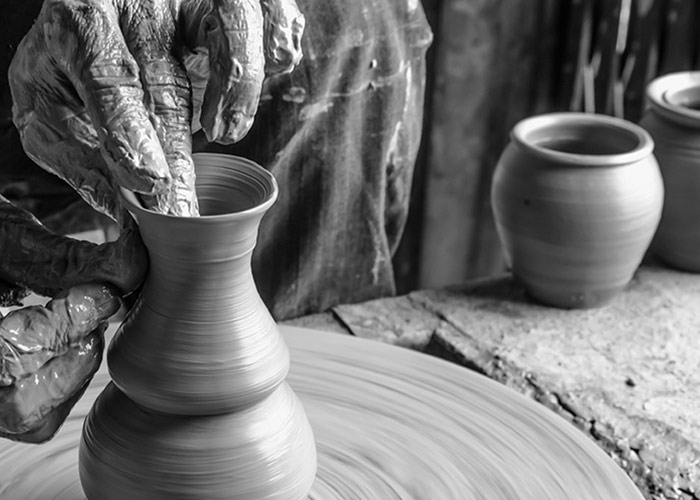
Indian Culture Essay 2 (150 words)
The culture of India is the oldest culture of the world around 5,000 years. Indian culture is considered as the first and supreme culture of the world. There is a common saying about India that “Unity in Diversity” means India is a diverse country where people of many religions live together peacefully with their own separate cultures. People of various religions differ in their language, food tradition, rituals, etc however they live with unity.
The national language of India is Hindi however there are almost 22 official languages and 400 other languages are spoken daily in India in its various states and territories. According to the history, India has been recognized as the birthplace of the religions like Hinduism and Buddhism. Huge population of the India belongs to the Hindu religion. Other variations of the Hinduism are Shaiva, Shakteya, Vaishnava and Smarta.
Indian Culture Essay 3 (200 words)
The Indian culture has gained lots of popularity all over the world. Indian culture is considered as the oldest and very interesting culture of the world. People living here belong to different religions, traditions, foods, dress, etc. People of different cultures and traditions living here are socially interdependent that’s why there is an existence of strong bond unity in the diversity of religions.
People take birth in different families, castes, sub-castes and religious communities live peacefully and conjointly in a group. Social bonds of the people here are long lasting. Everyone has good feeling about their hierarchy and feeling of honour, respect and rights to each other. People in India are highly devoted to their culture and know the good etiquettes to maintain the social relationships. People of various religions in India have their own culture and tradition. They have own festival and fairs and celebrate according to their own rituals.
People follow variety of food culture like beaten rice, bonda, bread omlette, banana chips, poha, aloo papad, puffed rice, upma, dosa, edli, Chinese, etc. People of other religions have some different food cultures like sevaiyan, biryani, tanduri, mathi, etc.
Indian Culture Essay 4 (250 words)
India is a rich country of cultures where people live in their culture. We respect and honour our Indian culture a lot. The culture is everything like the way of behaving with other, ideas, customs we follow, arts, handicrafts, religions, food habits, fairs, festivals, music and dance are parts of the culture. India is a big country with high population where people of various religions with unique culture live together. Some of the major religions of country are Hinduism, Christianity, Islam, Buddhism, Jainism, Shikhism, and Zoroastrianism. India is a country where various languages are spoken in different parts of the country. People here are generally used of varieties in costume, social beliefs, customs and food-habits.
People beliefs and follow various customs and traditions according to their own religions. We celebrate our festivals according to our own rituals, keep fast, take bath in holy water of Gange, worship and pray to God, sing ritual songs, dance, eat delicious dinner, wear colourful dresses and other lots of activities. We also celebrate some National festivals by getting together such as Republic Day, Independence Day, Gandhi Jayanti, including various social events. People of different religions celebrate their festivals in various parts of the country with great zeal and enthusiasm without interfering each other.
Some events like birthday of Gautama Buddha (Buddha Purnima), Lord Mahavir birthday (Mahavir Jayanti), Guru Nanak Jayanti (Guruparv), etc is celebrated conjointly by people of many religions. India is a famous country for its various cultural dances like classical (Bharat Natyam, Kathak, Kathakli, Kuchipudi) and folk according to the regions. Punjabis enjoy dancing Bhangra, Gugaratis enjoy doing Garba, Rajasthanis enjoy Ghumar, Assamese enjoy Bihu whereas Maharashtrian enjoy Lavoni.
Indian Culture Essay 5 (300 words)
India is a land of rich culture and heritage where people have humanity, tolerance, unity, secularism, strong social bond and other good qualities. Indians are always famous for their mild and gentle behaviour, in spite of lots of aggressive activities by the people of other religions. Indian people are always praises for their caring and calm nature without any change in their principles and ideals. India is a land of great legends where great people took birth and do lots of social works. They are still inspiring personality to us.
India is a land where Mahatma Gandhi took birth and had given a great culture of Ahimsa. He always told us that does not fight with other instead talk them politely if you really want to get change in something. He told us that every people on this earth are hungry for love, respect, care and honour; if you give them all, definitely they will follow you.
Gandhi Ji always believed in the Ahimsa and really he became successful a day in getting freedom for India from the British rule. He told Indians that show your power of unity and gentleness and then see the change. India is not a country of men and women, castes and religions, etc separately however it is a country of unity where people of all the castes and creeds live together conjointly.
People in India are modern and follow all the changes according to the modern era however they still in touch with their traditional and cultural values. India is a spiritual country where people believe in spiritualism. People here believe in Yoga, meditation and other spiritual activities. Social system of the India is great where people still leaves in big joint family with grandparents, uncle, aunt, chacha, tau, cousins, brothers, sister, etc. So, people here learn about their culture and tradition from birth.
Indian Culture Essay 6 (400 words)
The culture in India is everything such as inherited ideas, way of people’s living, beliefs, rituals, values, habits, care, gentleness, knowledge, etc. India is an oldest civilization of the world where people still follow their old culture of humanity and care. Culture is the way we behave to others, how softly we react to things, our understanding towards values, ethics, principles, and beliefs.
People of old generations pass their cultures and beliefs to their next generations so, every child here behaves well to others as he/she already learned about culture from parents and grandparents. We can see culture here in everything like dance, fashion, artistry, music, behavior, social norms, food, architecture, dressing sense, etc. India is a big melting pot having various beliefs and behaviors which gave birth to different cultures here.
Various religions here have their origin from very old age almost five thousand years. It is considered as Hinduism was originated here from Vedas. All the holy Hindu scriptures have been scripted in the sacred Sanskrit language. It is also believed that Jainism has ancient origin and their existence was in the Indus Valley. Buddhism is another religion which was originated in the country after the teachings of Lord Gautama Buddha. Christianity was brought here later by the French and Britishers who ruled here for almost two centuries long time. In this way various religions were originated in ancient time or brought to this country by any means. However, People of each religion live here peacefully by getting together without affecting their rituals and beliefs.
Variety of eras came and gone but no one was so powerful to change the influence of our real culture. The culture of younger generations is still connected to older generations through umbilical cord. Our ethnic culture always teaches us to behave well, respect elders, care helpless people and always help the needy and poor people. It is our religious culture that we should keep fast, do worship, offer Gange Jal, do Surya Namaskar, touch feet of elder in family, do yoga and meditation on daily basis, give food and water to the hungry and disabled people. There is great culture of our nation that we should always welcome our guests like a God very happily, that’s why India is famous for a common saying like “Atithi Devo Bhava”. The basic roots of our great culture are humanity and spiritual practices.
==================================
Indian culture is a topic of great importance for all the people living in India. In order to aware students about Indian culture, this topic is commonly assigned to the students to write essay on Indian culture. All the above Indian culture essay are written very simply worded to fulfill the student’s need and requirement. You can get other related essays under the same category such as:
Speech on Indian Culture
Unity in Diversity Essay
Essay on Ek Bharat Shreshtha Bharat
Essay on Indian Flag
India’s Independence Day
Essay on Indian Heritage
Related Posts
Money essay, music essay, importance of education essay, education essay, newspaper essay, my hobby essay, leave a comment cancel reply.
Your email address will not be published. Required fields are marked *
- Skip to main content
India’s Largest Career Transformation Portal
Indian Culture Essay in English for Students
August 10, 2021 by Sandeep
Essay on Indian Culture: Indian culture is one of the oldest and unique cultures worldwide. It has influenced many foreign countries due to its richness in heritage and diverse paths. Indian culture is splendid in its traditions, customs, art forms, food and cuisines, music and dance forms, etc. The joint family system, elaborate weddings, multicultural festivals, languages, and extensions of the Indian cultural diaspora.
Essay on Indian Culture
Below we have provided an Indian Culture Essay in English, suitable for classes 3, 4, 5, 6, 7, 8, 9 & 10. This short essay on Indian culture is helpful for school students who are participating in the essay writing competition.
Our Indian culture is diverse and vibrant and considered to be the oldest and supreme one. India’s identity all over the world is due to its tradition and mixed religions. It consists of vital components like linguistic differences, etiquette, customs, rituals, beliefs, values, etc. Even though India has adopted modernisation in its lifestyle, but they haven’t changed their traditional methods. Hence this sets it apart from other nations making it unique and dynamic. Every one respects different culture and peacefully follow their religion.
Components of Indian Culture
Despite having religious, language, and state differences, Indian culture teaches us to co-exist harmoniously. Indians accept this vast diversification with a broad outlook and look forward to work and stay together happily. People celebrate all festivals irrespective of their different caste with great pomp and reverence.
Indian culture instils positivity to a great extent by motivating to keep hope alive. Through the Epic stories of Ramayana and Mahabharata, it infuses the values of strong will and determination. Ramayana teaches to respect elders and be duty-bound towards parents. Be committed to your duty and be loyal to your spouse.
It stresses to remain grounded no matter how successful a person becomes. Mahabharata depicts an eternal bond of friendship. Stand by what you believe and never giving up attitude are the crux of its teachings. Jainism gave us five vows or principles: Non-Violence, Truth, Non-stealing, Celibacy, and Non-attachment. These were the cornerstone of Jainism given by Vardhaman Mahavir the 24th Tirthankara.
The most important highlight of his teachings was freedom to women and belief in soul and karma. Despite being a king, Gautama Buddha gave up worldly things and went on the journey to find enlightenment. After attaining enlightenment, he had given the four noble truths that one must adhere to. It states that everyone suffers, and the cause of such suffering is greed, desires, and ignorance.
One can live without such pains if they follow a correct path and eightfold path, including right knowledge, attitude, speech, action, means of livelihood, efforts, awareness, and meditation. Despite being a king gave up worldly things and went on the journey to find enlightenment. Bhagwat Gita (The holy book of Hindus) inspires one to follow the right conduct and virtue and has three main themes-knowledge, action, and love. It guides us to follow the path of devotion and compassion.
- Search Site Index
- Indian Culture
- India Travel & Yatras
- Indian Dance forms
- Traditional Textiles India
Despite its diversity there is an underlying unity, an ever-present thread that runs through all forms of India`s cultural heritage. This section explores every aspect of India’s culture.
- All (383 Articles)
- Most Visited

The Many KASHIS of India-Memories of a Civilization
By Rohit Pathania
April 8, 2024
The Many KASHIS of India-Memories of a Civilization Read More...
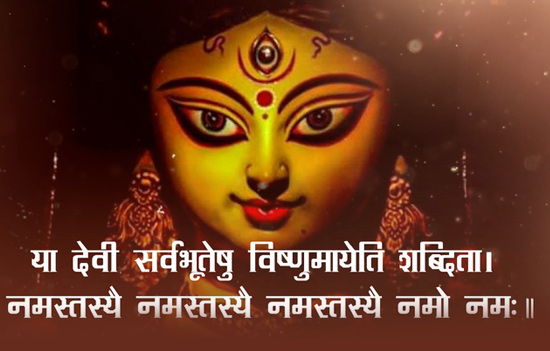
Ya Devi Sarva Bhuteshu
By N Sai Prashanthi
March 28, 2024
Ya Devi Sarva Bhuteshu Read More...

Story of Odissi dancer Anandini Dasi-From Argentina to Odisha
By Sanjeev Nayyar
March 23, 2024
Story of Odissi dancer Anandini Dasi-From Argentina to Odisha Read More...
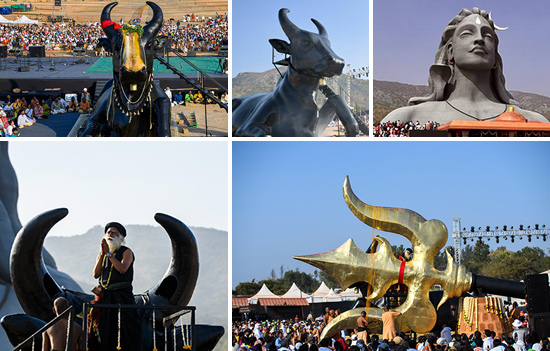
A Nandi and Trishul now adorn ADIYOGI, Bengaluru
By Priyanka Dalal
March 19, 2024
A Nandi and Trishul now adorn ADIYOGI, Bengaluru Read More...
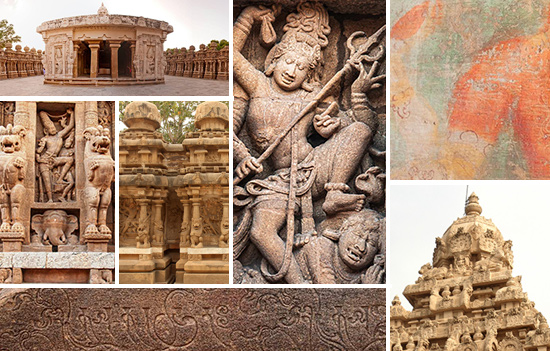
Architecture and Story of the Kailasanatha Temple, Kanchipuram
By Dr Ketu Ramachandrasekhar
Architecture and Story of the Kailasanatha Temple, Kanchipuram Read More...
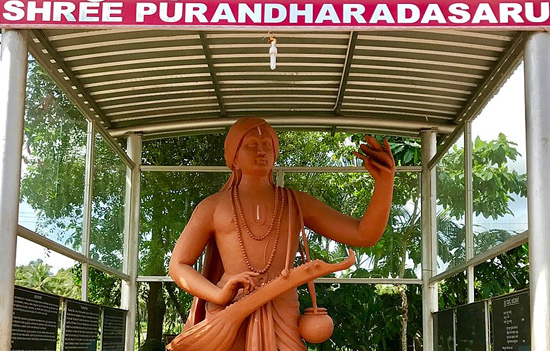
Purandaradasa the poet Saint of Karnataka
By K.R.K. Murthy
March 15, 2024
Purandaradasa the poet Saint of Karnataka Read More...
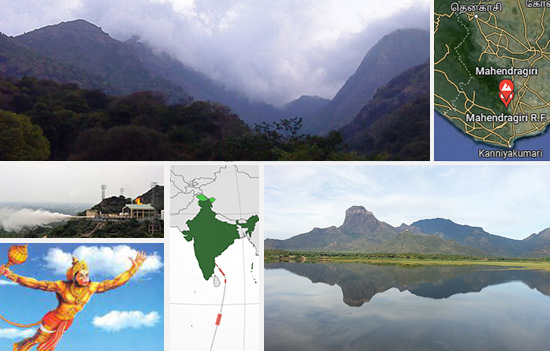
Why did ISRO choose Tamil Nadu to expand its launch capabilities
March 4, 2024
Why did ISRO choose Tamil Nadu to expand its launch capabilities Read More...
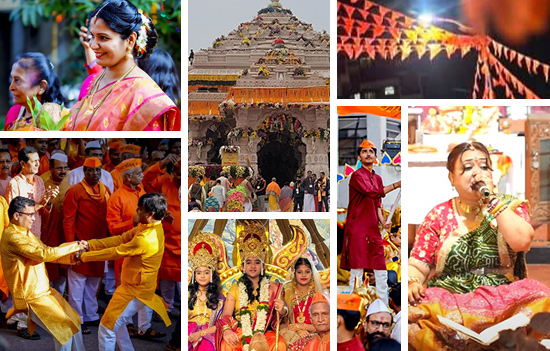
SRI RAM Mahotsav celebrations at Lake Town, Pune
By Siddharth Shetty
February 27, 2024
SRI RAM Mahotsav celebrations at Lake Town, Pune Read More...
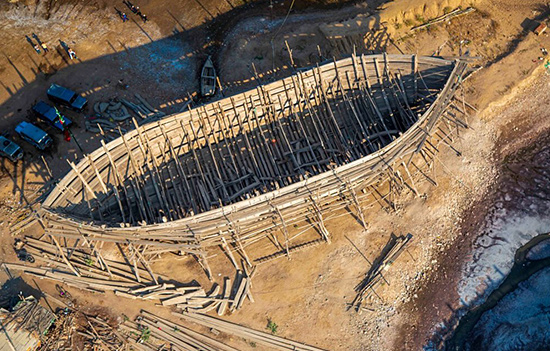
Mandvi`s Dhow Making Legacy is a Delicate Dance of Tradition and Modern Challenges
By Navtej Singh
February 6, 2024
Mandvi`s Dhow Making Legacy is a Delicate Dance of Tradition and Modern Challenges Read More...
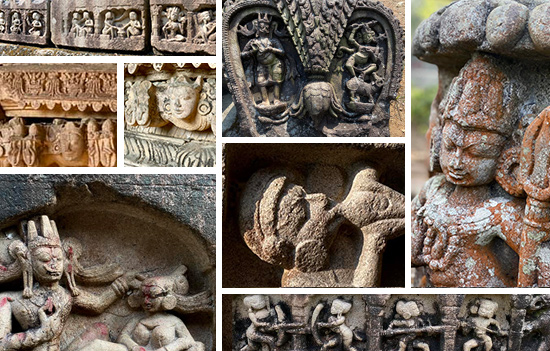
DEOPAHAR TEMPLE Assam
By Mohit Midha
February 1, 2024
DEOPAHAR TEMPLE Assam Read More...
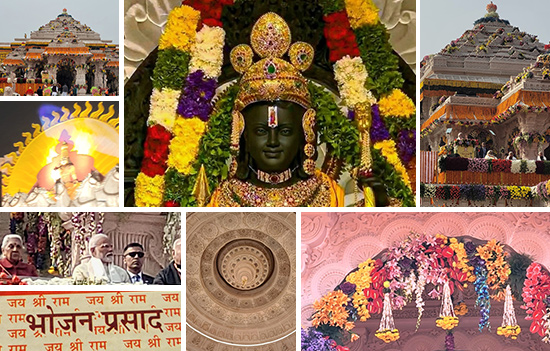
Experience of Ayodhya Ram Mandir Pran Pratishtha held on January 22 2024
By Chaitanya Chinchlikar
January 27, 2024
Experience of Ayodhya Ram Mandir Pran Pratishtha held on January 22 2024 Read More...
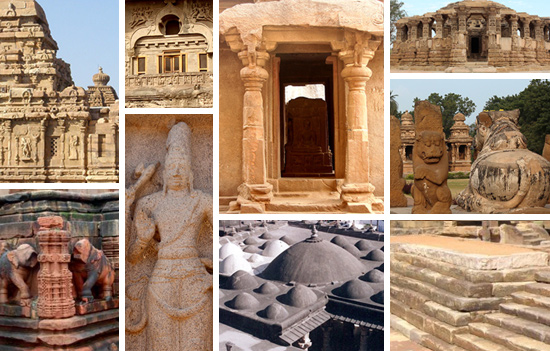
How did Hindu Temples evolve- Response to Patrick Olivelle column
January 24, 2024
How did Hindu Temples evolve- Response to Patrick Olivelle column Read More...
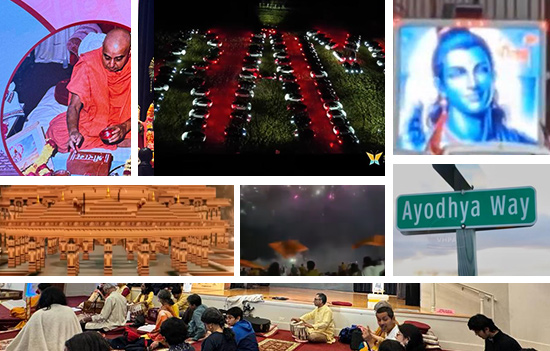
Pran Pratishtha celebrations across the United States of America
By Nitin Kotak
January 23, 2024
Pran Pratishtha celebrations across the United States of America Read More...
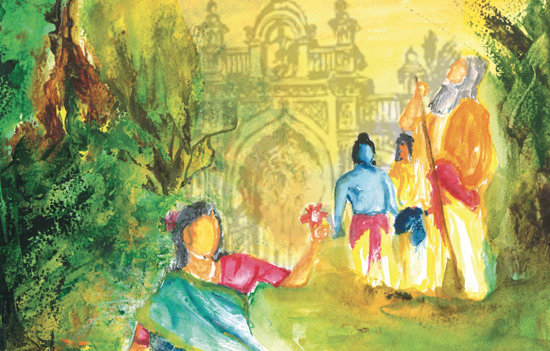
YAARO IVAR YAARO from the Ramanatakam series
By Anugrah Lakshmanan
January 19, 2024
YAARO IVAR YAARO from the Ramanatakam series Read More...
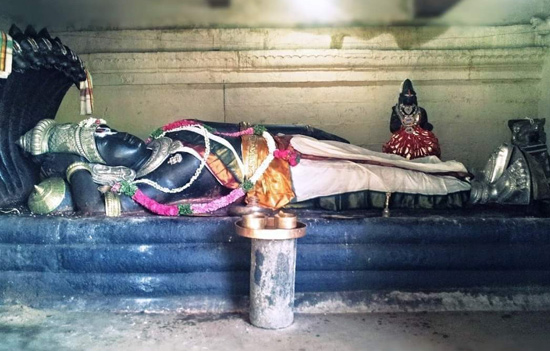
RAMA in Tamil Nadu
By Tejas Srinivasan
RAMA in Tamil Nadu Read More...
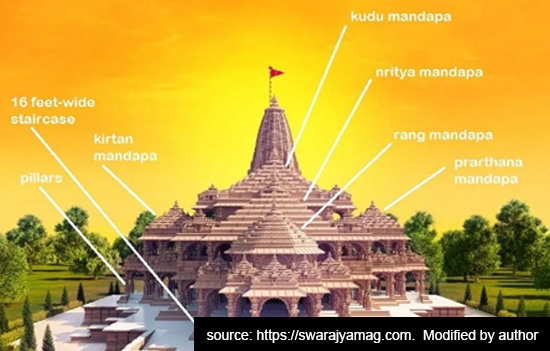
Why making RAM MANDIR is important for ASIA
By Meenakshi Sharan
January 17, 2024
Why making RAM MANDIR is important for ASIA Read More...
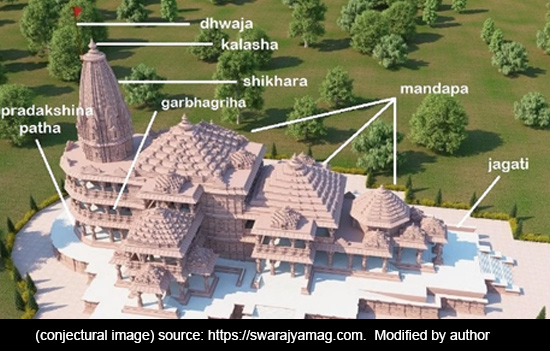
Architecture of RAM MANDIR Ayodhya
By Dr. Ujjwala Anand Palsuley
January 14, 2024
Architecture of RAM MANDIR Ayodhya Read More...
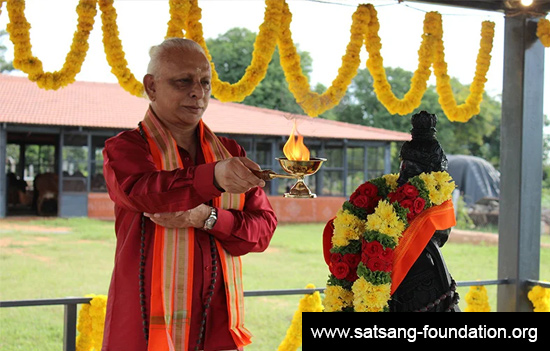
What is PRANA PRATISHTA
By Seema Burman
January 8, 2024
What is PRANA PRATISHTA Read More...
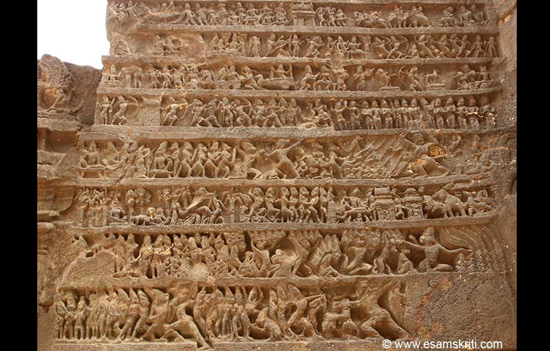
The Abode of Sri Ram
By Dr (Major) Nalini Janardhanan
January 4, 2024
The Abode of Sri Ram Read More...
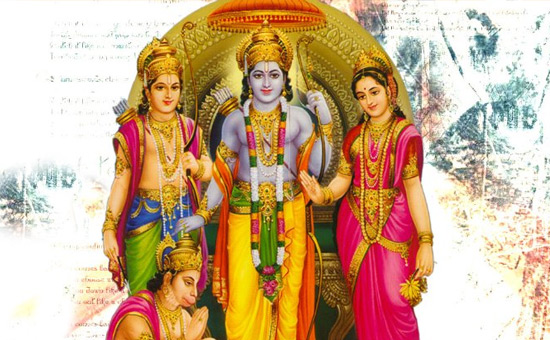
What is the deeper meaning behind the names of Sri Ram and his brothers
By Shubhavilas Das
January 2, 2024
What is the deeper meaning behind the names of Sri Ram and his brothers Read More...
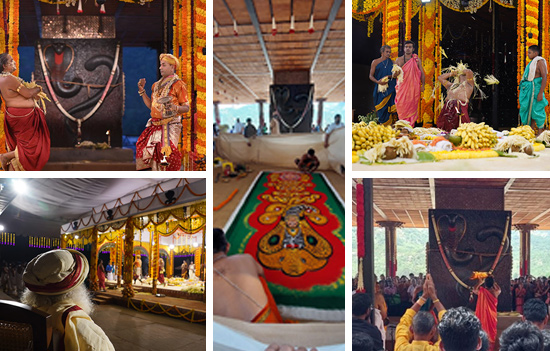
The NAGAMANDALA Pooja of Tulunadu
December 30, 2023
The NAGAMANDALA Pooja of Tulunadu Read More...
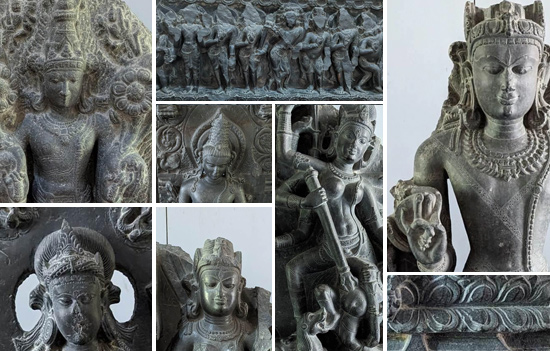
Art Gallery Coonchbehar Palace Museum
By Monidipa Bose Dey
December 25, 2023
Art Gallery Coonchbehar Palace Museum Read More...
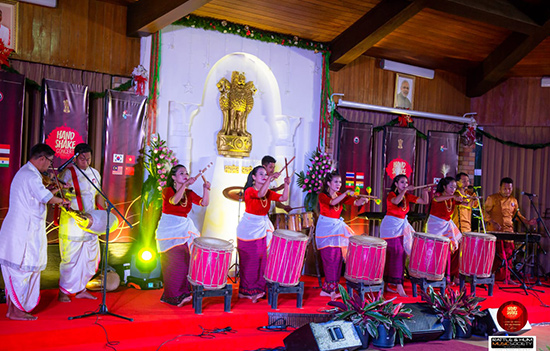
The Incredible Rhythms of Manipur
By Rajkumar Sanatomba Singh
December 18, 2023
The Incredible Rhythms of Manipur Read More...
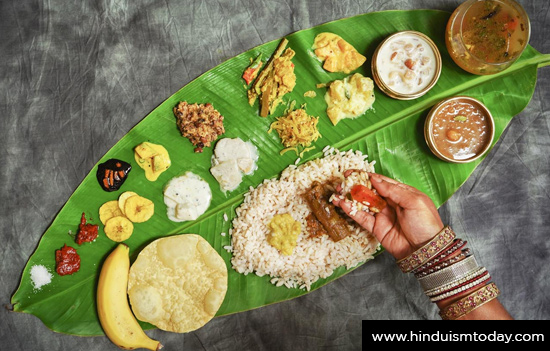
Leaf Plates-Our Traditional Past Meets the Ecological Future
By Devi Ravindraraj
December 11, 2023
Leaf Plates-Our Traditional Past Meets the Ecological Future Read More...
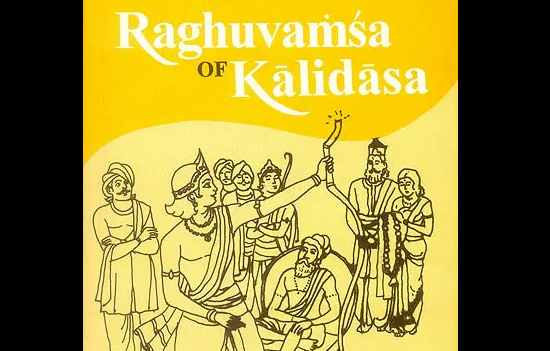
The Brilliant Opening of the Raghuvamsa
By Indira Krishnakumar
November 24, 2023
The Brilliant Opening of the Raghuvamsa Read More...
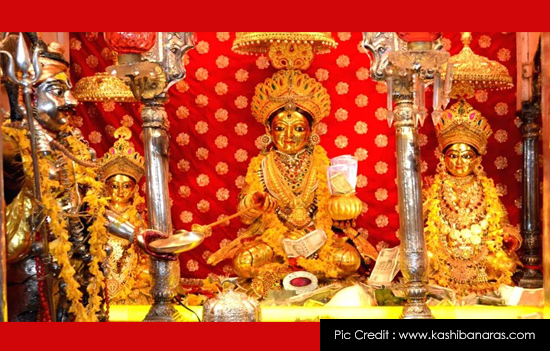
ANNAPURNA is the Goddess of Kashi
November 14, 2023
ANNAPURNA is the Goddess of Kashi Read More...
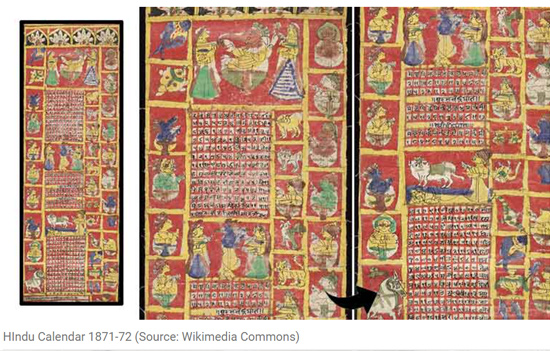
Understanding Virodhakrit Samvatsam-Indian Calendar
November 1, 2023
Understanding Virodhakrit Samvatsam-Indian Calendar Read More...
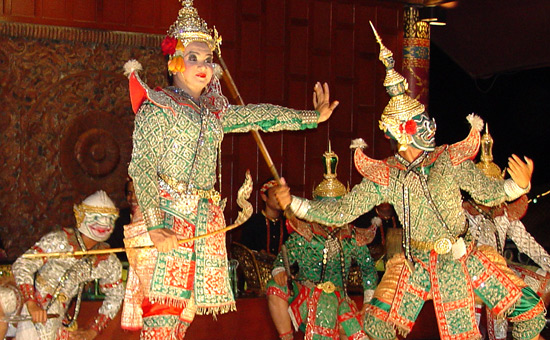
Many versions of the RAMAYANA
By M R Narayan Swamy
October 26, 2023
Many versions of the RAMAYANA Read More...
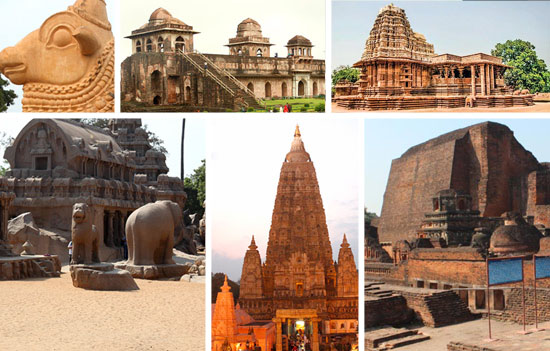
Top Indian States with UNESCO World Heritage sites
By Deep Joy Dey Mazumdar
October 21, 2023
Top Indian States with UNESCO World Heritage sites Read More...
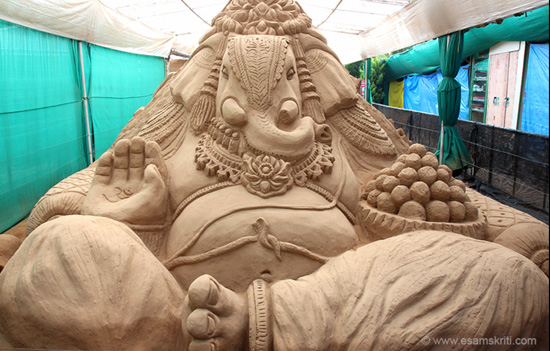
Origin of GANESHA worship in India
By Dr Prachi Moghe
September 18, 2023
Origin of GANESHA worship in India Read More...
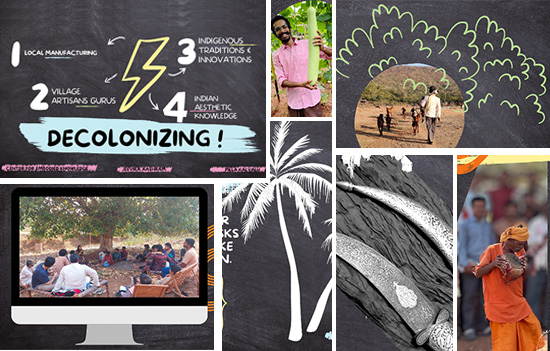
Workshops to Decolonise Indian Aesthetic Knowledge
By Akanksha Damini Joshi
September 17, 2023
Workshops to Decolonise Indian Aesthetic Knowledge Read More...
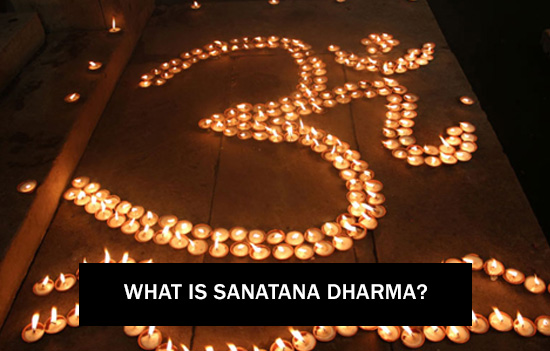
What is SANATANA DHARMA
September 9, 2023
What is SANATANA DHARMA Read More...
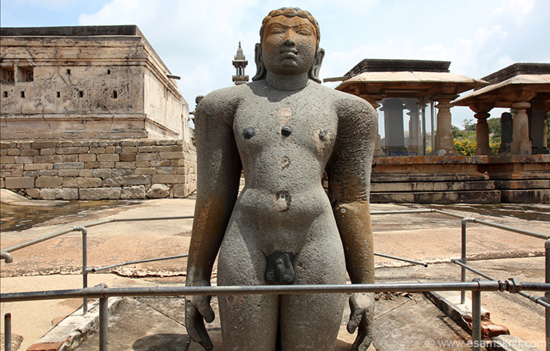
Bharat is Land of the BHARATAS
By Sandhya Jain
September 7, 2023
Bharat is Land of the BHARATAS Read More...
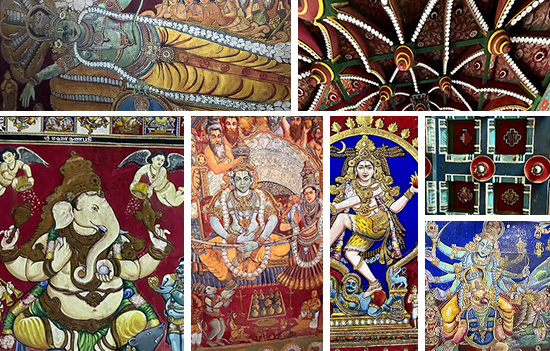
Chithirambalam-Hall of Paintings in Coutralam Temple, Tamil Nadu
By Shefali Vaidya
August 30, 2023
Chithirambalam-Hall of Paintings in Coutralam Temple, Tamil Nadu Read More...
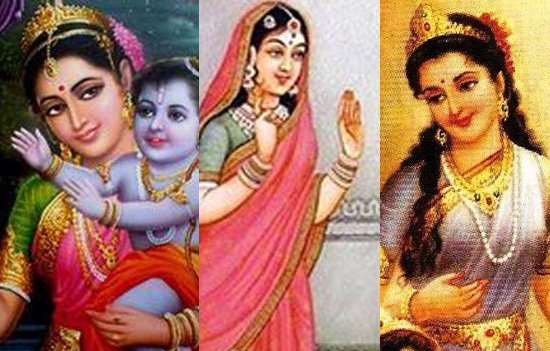
Three Queens of TRETAYUGA
By Sreekumari Ramachandran
August 28, 2023
Three Queens of TRETAYUGA Read More...
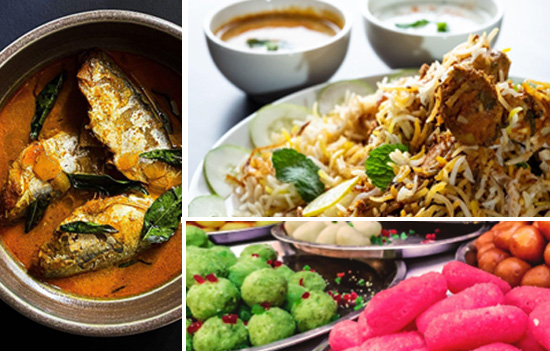
Exploring the Rich Flavors of Indian Cuisine
By Well Wisher
August 18, 2023
Exploring the Rich Flavors of Indian Cuisine Read More...
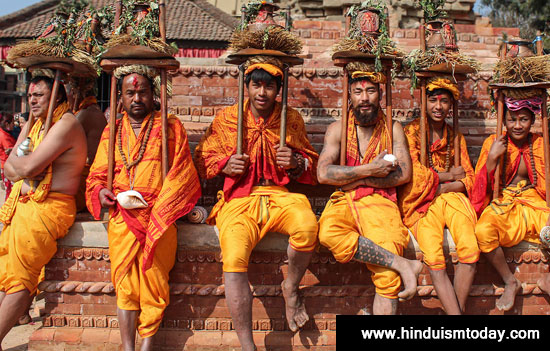
Nepal`s Grand Mela to Lord Vishnu
By Nikki Thapa
August 13, 2023
Nepal`s Grand Mela to Lord Vishnu Read More...
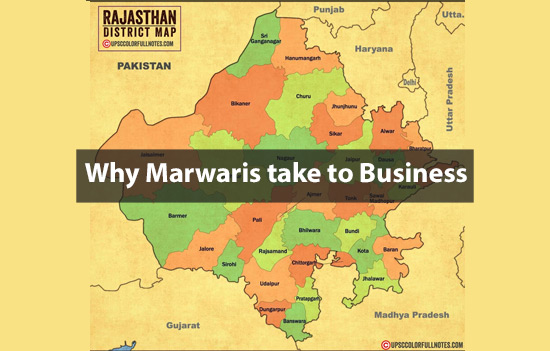
Why do MARWARIS Take to Business
July 16, 2023
Why do MARWARIS Take to Business Read More...
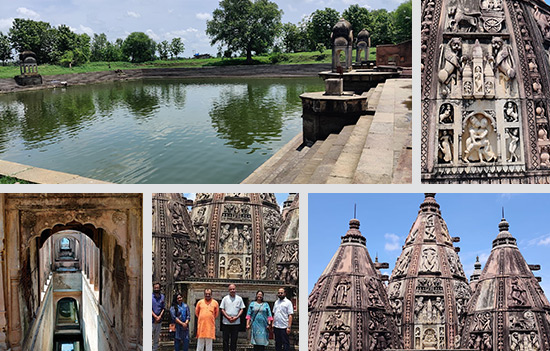
About Ganesh Bagh Temple, Karwi, Uttar Pradesh
By Dr Sampadananda Mishra
July 13, 2023
About Ganesh Bagh Temple, Karwi, Uttar Pradesh Read More...
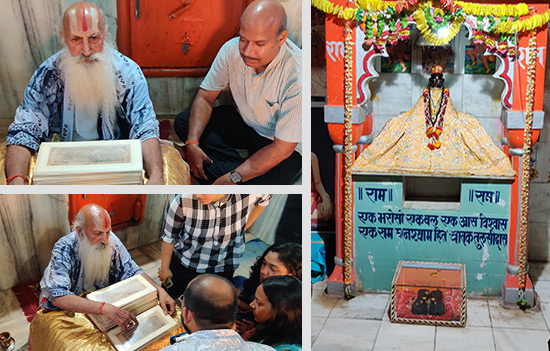
Exploring the legacy of Goswami Tulsidas with Pandit Ramashraya Tripathi Ji
Exploring the legacy of Goswami Tulsidas with Pandit Ramashraya Tripathi Ji Read More...
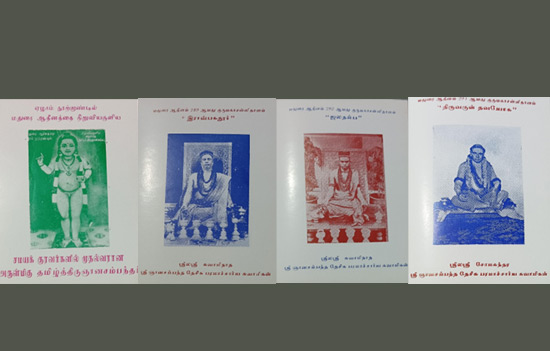
About Madurai Adheenam
By Sivamurugan
July 6, 2023
About Madurai Adheenam Read More...
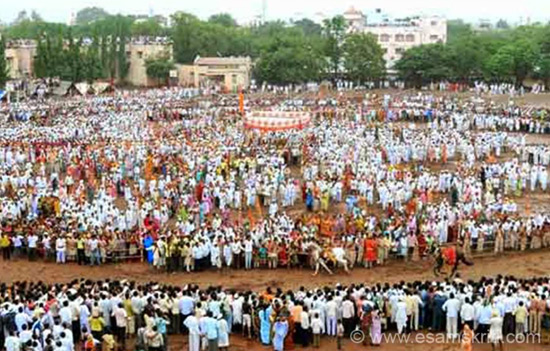
Pandharpur Vari is Spiritual democracy and Social churn
By Dr Varada Sambhus
June 23, 2023
Pandharpur Vari is Spiritual democracy and Social churn Read More...
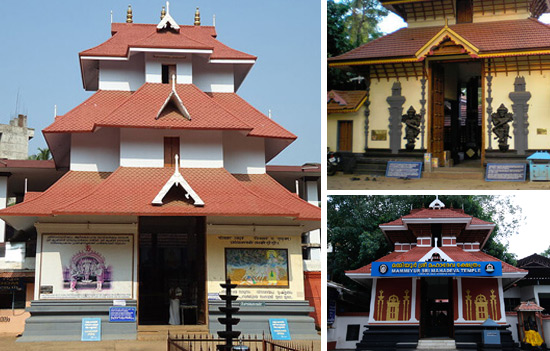
The Little Temples of Guruvayur
By S M Iyer
June 9, 2023
The Little Temples of Guruvayur Read More...
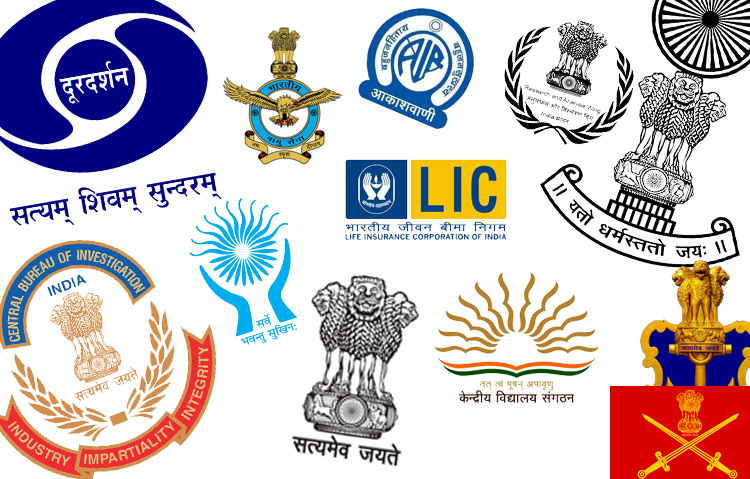
What are MOTTOS in logo of government institutions
May 28, 2023
What are MOTTOS in logo of government institutions Read More...
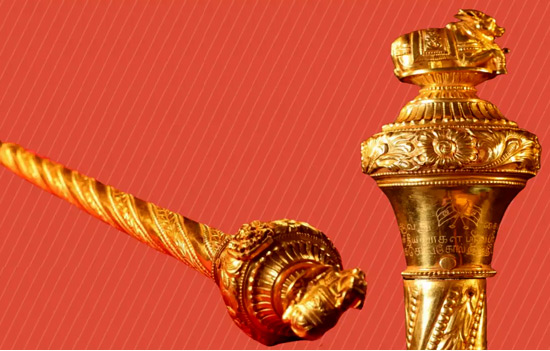
Who are ADHEENAMS
May 27, 2023
Who are ADHEENAMS Read More...
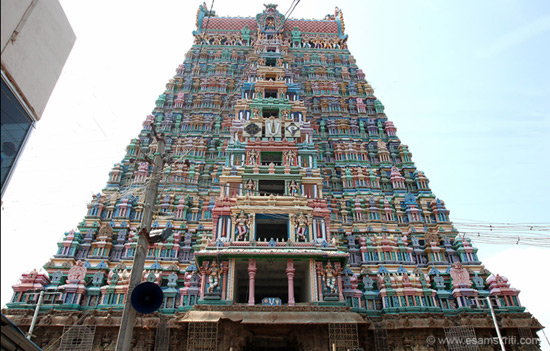
About Srivilliputhur Temple, Tamil Nadu
By Bindu Krishnan
May 16, 2023
About Srivilliputhur Temple, Tamil Nadu Read More...
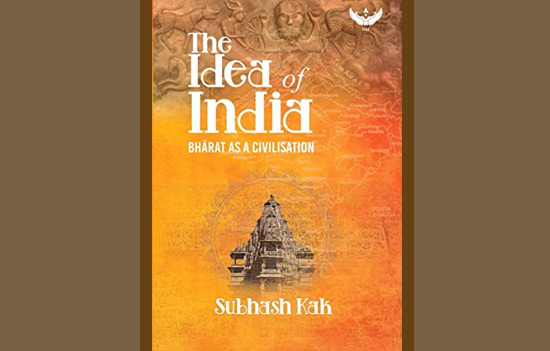
The Idea of India-Bharat as a Civilisation
By Subhash Kak
May 2, 2023
The Idea of India-Bharat as a Civilisation Read More...
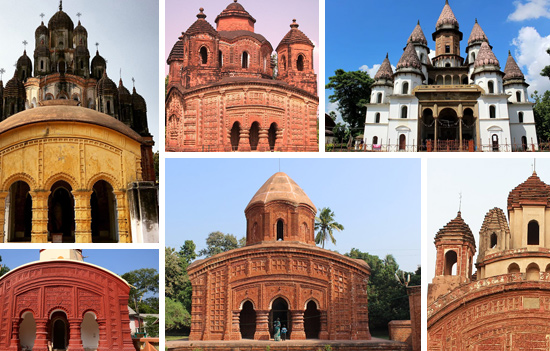
Bengal Temples-Hindu revival period 16 to 19th century
April 28, 2023
Bengal Temples-Hindu revival period 16 to 19th century Read More...
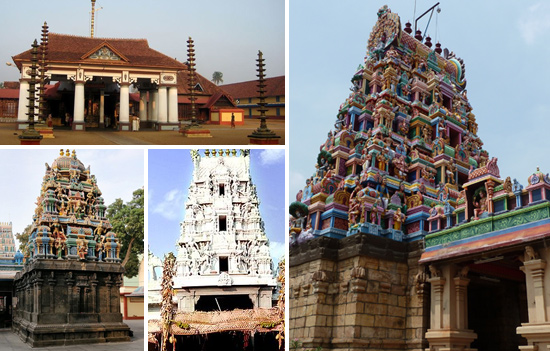
Temples of Coimbatore, Tamil Nadu
By S Mani Iyer
March 9, 2023
Temples of Coimbatore, Tamil Nadu Read More...
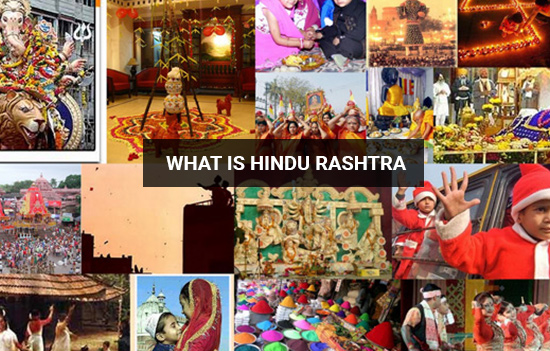
What is HINDU RASHTRA
March 6, 2023
What is HINDU RASHTRA Read More...
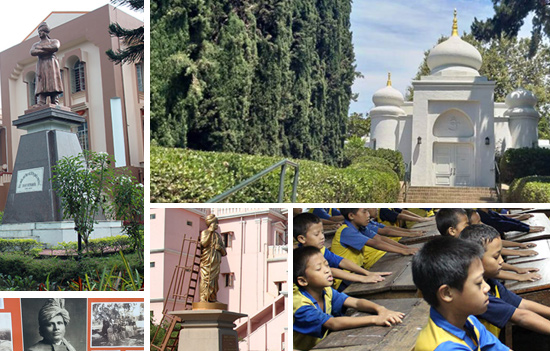
Swami Vivekananda Ideas on Dana or CHARITY
By Swami Dhyanagamyananda
March 4, 2023
Swami Vivekananda Ideas on Dana or CHARITY Read More...
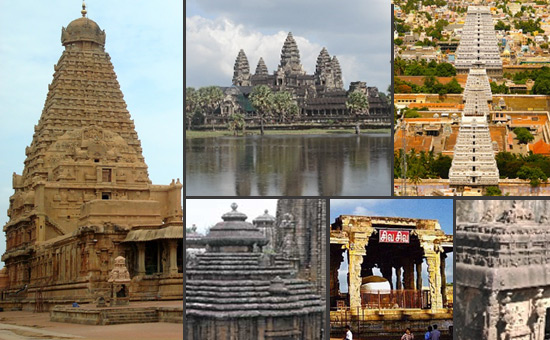
Understanding Indian Temple Design, What are Components of a Temple
By Vishwanath Iyer
February 10, 2023
Understanding Indian Temple Design, What are Components of a Temple Read More...
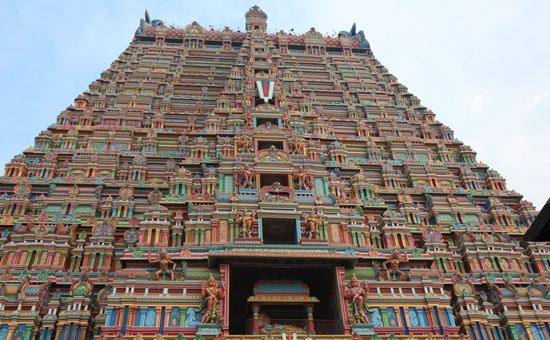
What are DIVYA DESAMS and where are they located
January 25, 2023
What are DIVYA DESAMS and where are they located Read More...
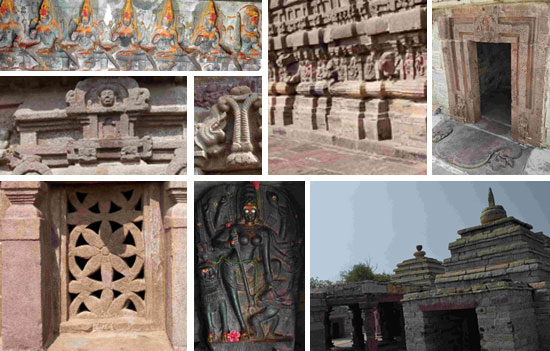
Temples of Alampur, Telangana
By Sudha Raju
January 21, 2023
Temples of Alampur, Telangana Read More...

HUMAN RIGHTS in Sanatana Dharma
By B L Razdan
January 16, 2023
HUMAN RIGHTS in Sanatana Dharma Read More...
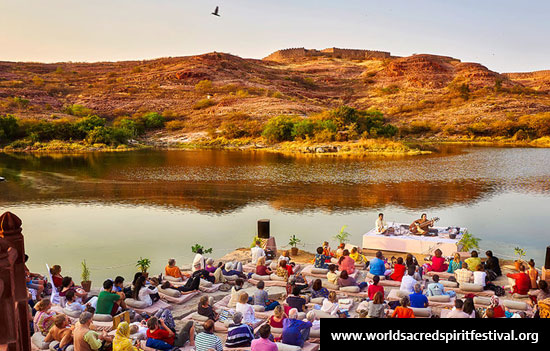
Sacred Spirit Festival Mehrangarh Fort, Jodhpur
By Mehrangarh Museum Trust
January 11, 2023
Sacred Spirit Festival Mehrangarh Fort, Jodhpur Read More...
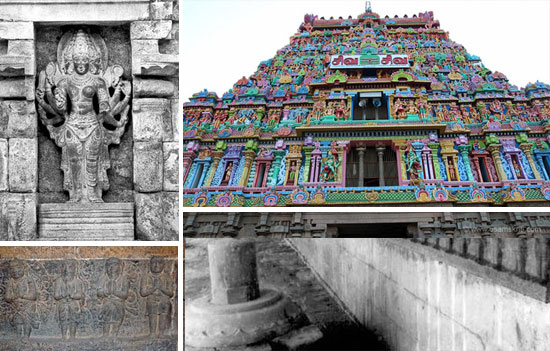
SHAIVA Connections between Tamil Nadu and Bengal, Central India
January 5, 2023
SHAIVA Connections between Tamil Nadu and Bengal, Central India Read More...
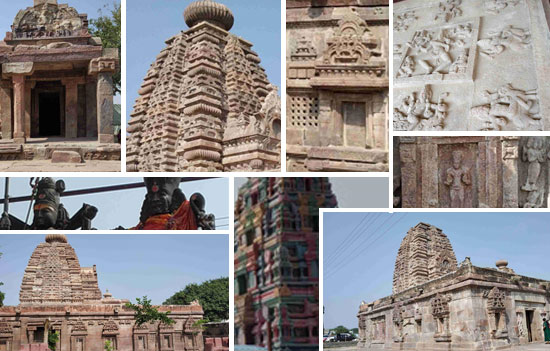
Jogulamba and Nava Brahma Temples of Alampur, Telangana
January 3, 2023
Jogulamba and Nava Brahma Temples of Alampur, Telangana Read More...
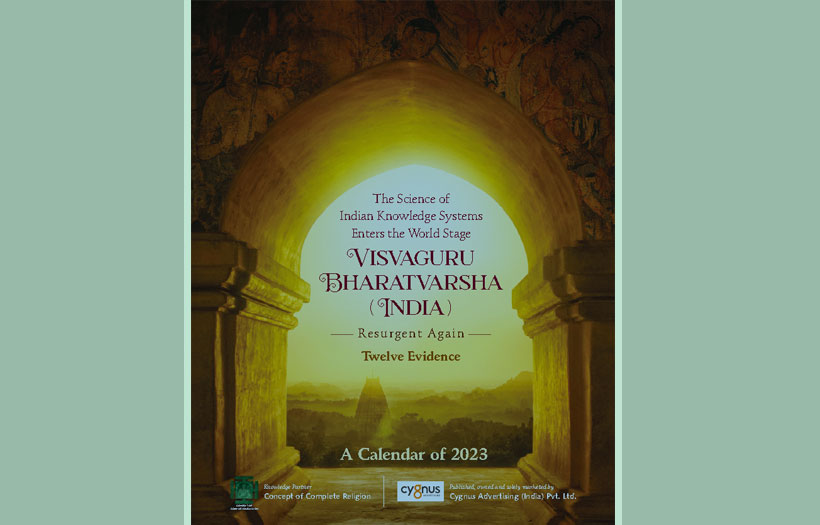
Calendar 2023 IIT Kharagpur The Science of Indian Knowledge Systems
By IIT Kharagpur
Calendar 2023 IIT Kharagpur The Science of Indian Knowledge Systems Read More...
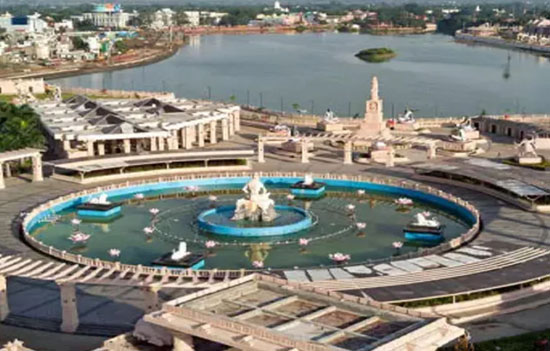
About MAHAKALESHWAR Temple and Corridor
December 22, 2022
About MAHAKALESHWAR Temple and Corridor Read More...
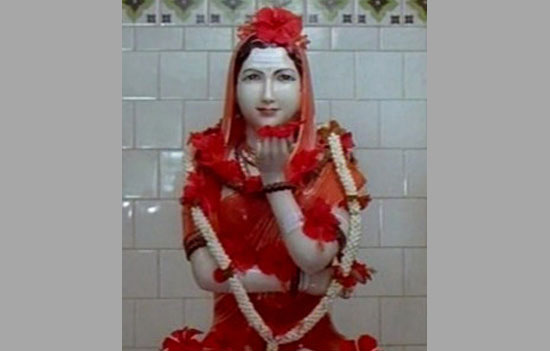
The Role of Women in Sanatana Dharma
By Dr. Subhasis Chattopadhyay
December 20, 2022
The Role of Women in Sanatana Dharma Read More...
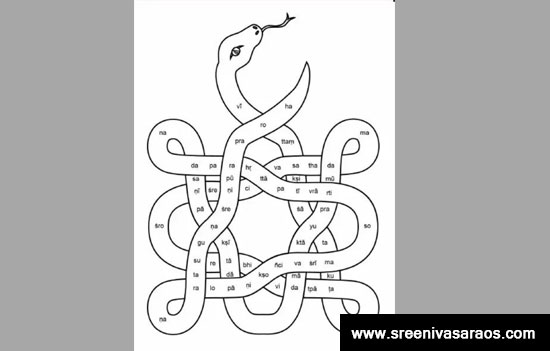
CHITRABANDHAS-Symmetry of Sound and Structure
CHITRABANDHAS-Symmetry of Sound and Structure Read More...
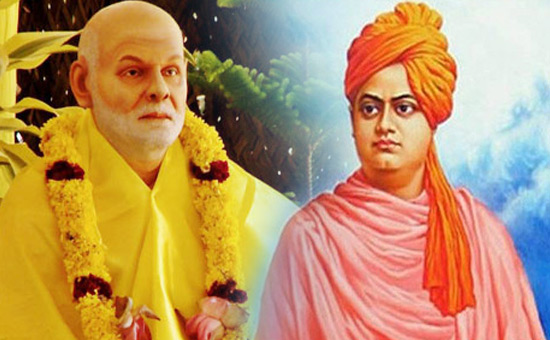
What Hindus must do to revive DHARMA
December 6, 2022
What Hindus must do to revive DHARMA Read More...
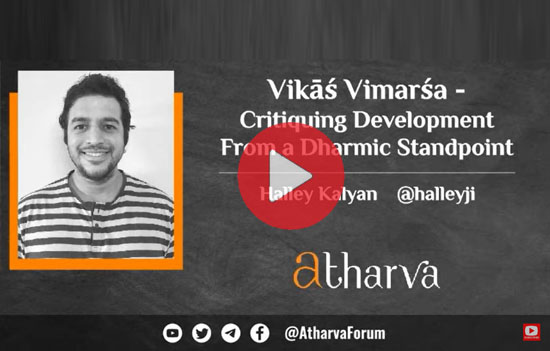
Vikas Vimarsa- Critiquing Development from a Dharmic Standpoint
By Atharva Forum
Vikas Vimarsa- Critiquing Development from a Dharmic Standpoint Read More...
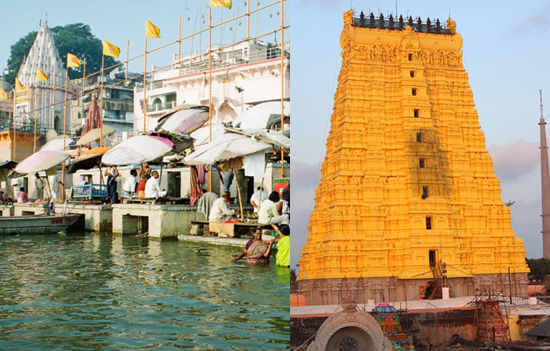
KASHI TAMIL Sangam
December 1, 2022
KASHI TAMIL Sangam Read More...
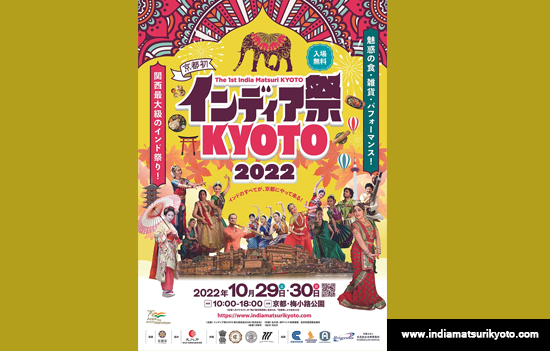
Kyoto India Festival Japan
November 29, 2022
Kyoto India Festival Japan Read More...
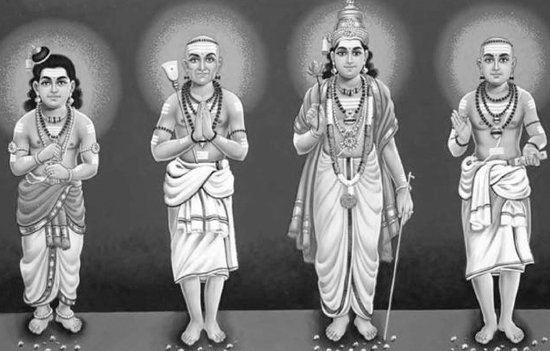
Saint Poets of Tamil Nadu
By Dr Seshadri Kannan
November 26, 2022
Saint Poets of Tamil Nadu Read More...
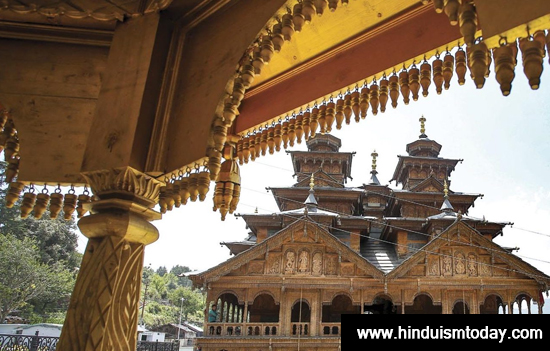
The Wood Temples of Ton Valley, Uttarakhand
By Dev Raj Agarwal
November 23, 2022
The Wood Temples of Ton Valley, Uttarakhand Read More...
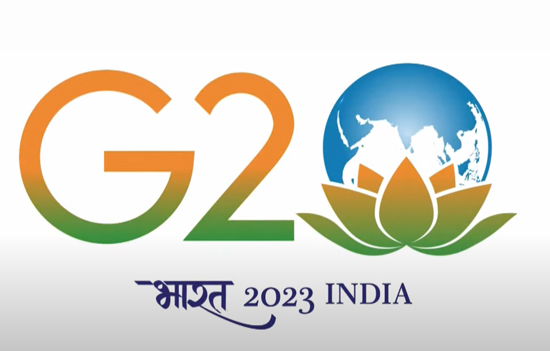
Significance of LOTUS in G 20 Logo
November 18, 2022
Significance of LOTUS in G 20 Logo Read More...
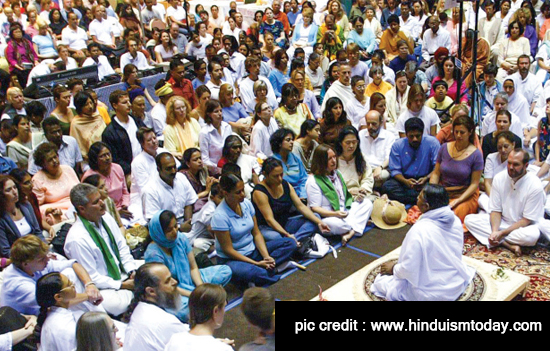
How SATSANG made me a strong Hindu
By Kumudha Venkatesan
November 17, 2022
How SATSANG made me a strong Hindu Read More...

Balancing Competing Interests for Sustaining Riverine Ecology
November 7, 2022
Balancing Competing Interests for Sustaining Riverine Ecology Read More...
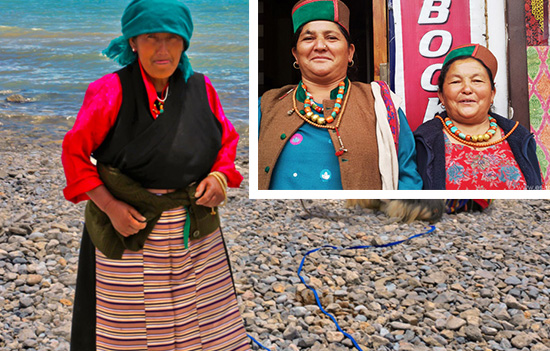
Cultural Ties between Tibet and Himachal Pradesh
October 27, 2022
Cultural Ties between Tibet and Himachal Pradesh Read More...
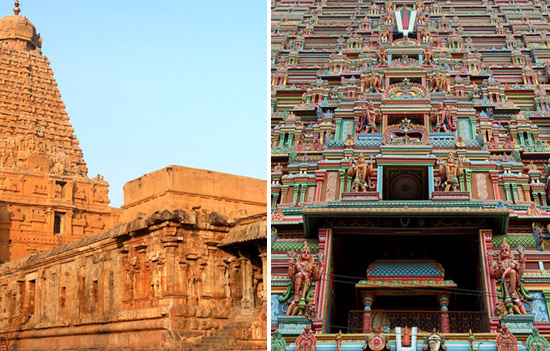
Creating a Saiva Vaishnava Divide in Tamil Nadu
October 12, 2022
Creating a Saiva Vaishnava Divide in Tamil Nadu Read More...
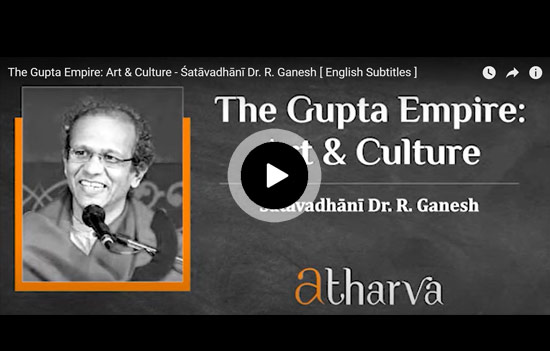
Art and Culture of the Gupta Empire
September 30, 2022
Art and Culture of the Gupta Empire Read More...
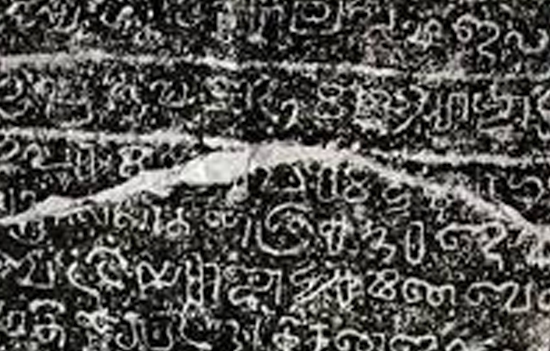
Importance of Smrtis in Indian Tradition
By Swami Alokananda
September 22, 2022
Importance of Smrtis in Indian Tradition Read More...
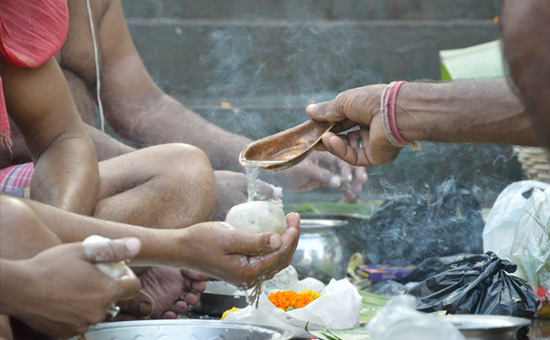
Shraddha Tarpan, a debt every Hindu must repay
April 18, 2022
Shraddha Tarpan, a debt every Hindu must repay Read More...
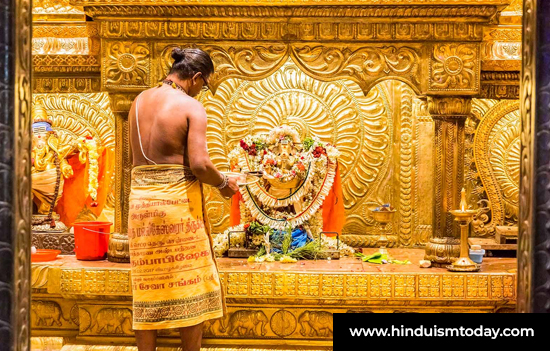
The Agamas Have Solutions for Modern Issues in Temple Administration
By Vidyasagar Tontlapur
September 8, 2022
The Agamas Have Solutions for Modern Issues in Temple Administration Read More...
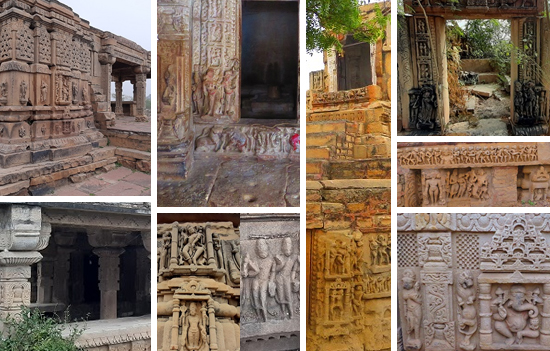
Hidden Temples of MORENA
By Arjun Kumar
August 28, 2022
Hidden Temples of MORENA Read More...
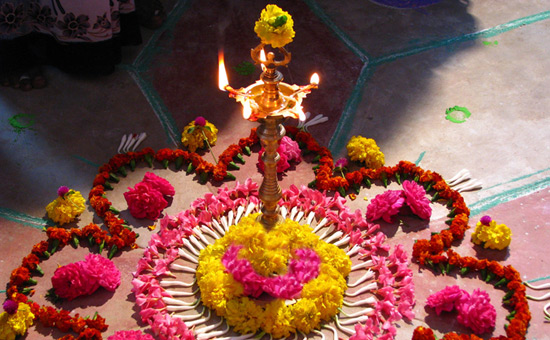
Salient Features of Indian Culture
By Dr V. Nithyanantha Bhat
August 27, 2022
Salient Features of Indian Culture Read More...
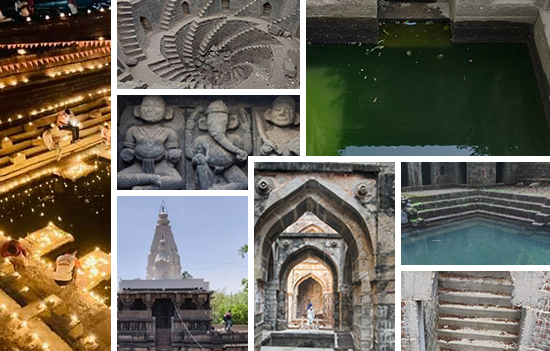
Step wells of Maharashtra
By Shreerang Masurkar
August 17, 2022
Step wells of Maharashtra Read More...
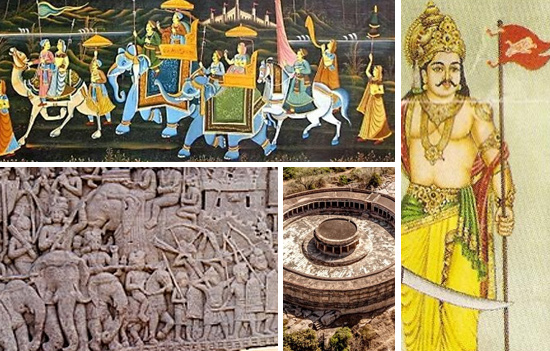
Concept of Elections and Democracy in Vedas and Dharma Sastras
By K Jaya Rao
August 14, 2022
Concept of Elections and Democracy in Vedas and Dharma Sastras Read More...

Mirror Image Writing is Right to Left
By Piyush Goel
August 1, 2022
Mirror Image Writing is Right to Left Read More...
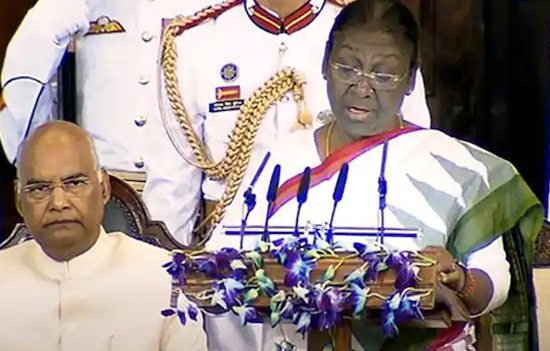
What is the meaning of Digi Migi in Santhali
July 27, 2022
What is the meaning of Digi Migi in Santhali Read More...
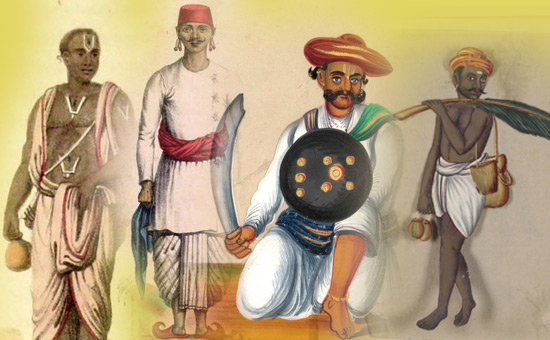
The Truth about Caste
By Dr Vivek Verma
July 16, 2022
The Truth about Caste Read More...
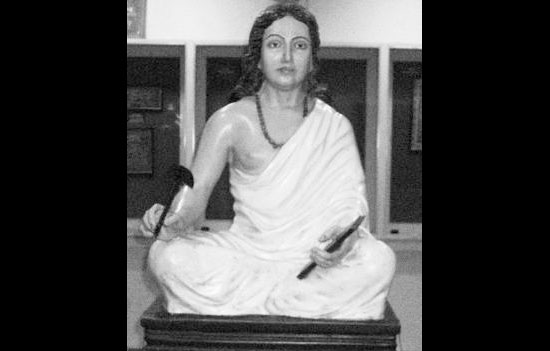
About JAYADEVA
By R P N Sinha
July 8, 2022
About JAYADEVA Read More...
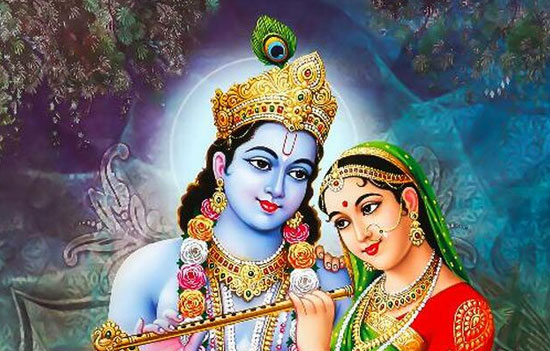
Jayadeva`s GITA GOVINDA
By V S R K.
June 16, 2022
Jayadeva`s GITA GOVINDA Read More...
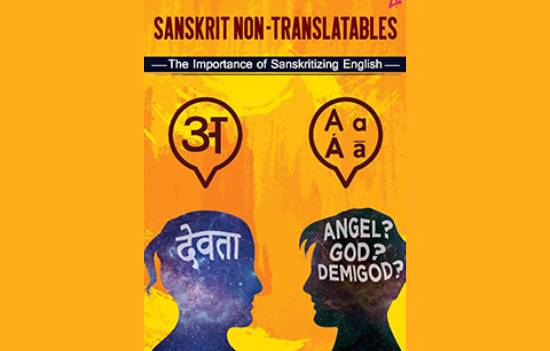
Lost in Translation
By Venkatachala I. Sreenivas
June 2, 2022
Lost in Translation Read More...
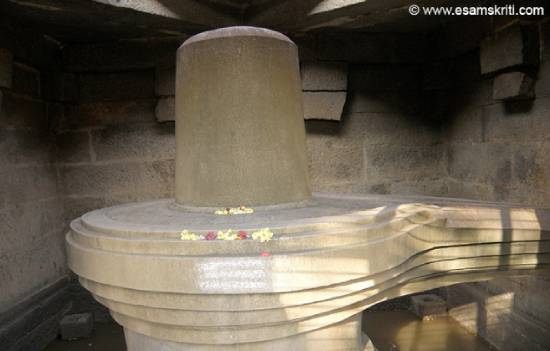
Shivalinga is a Symbol of the Shiva-Shakti Union
By Mata Amritanandamayee
May 19, 2022
Shivalinga is a Symbol of the Shiva-Shakti Union Read More...
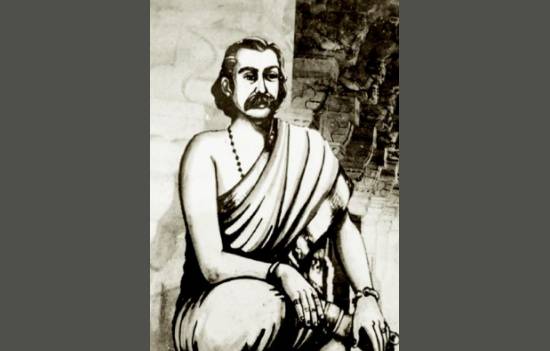
Narasimha in Kamba Ramayana
By Sunitha Madhavan
May 18, 2022
Narasimha in Kamba Ramayana Read More...

KOKAM-The Konkan King
By Rituja Mokal
April 12, 2022
KOKAM-The Konkan King Read More...
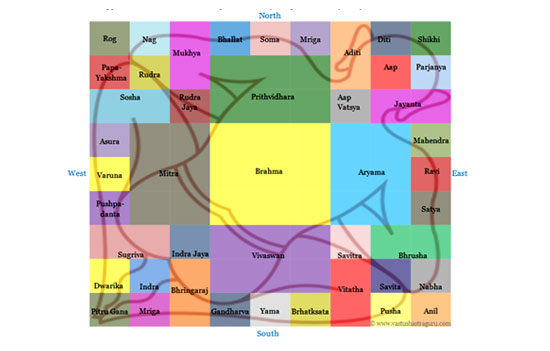
Vastu Purusha Mandala is a Design of the Living Environment
By VP Raghavan
April 1, 2022
Vastu Purusha Mandala is a Design of the Living Environment Read More...
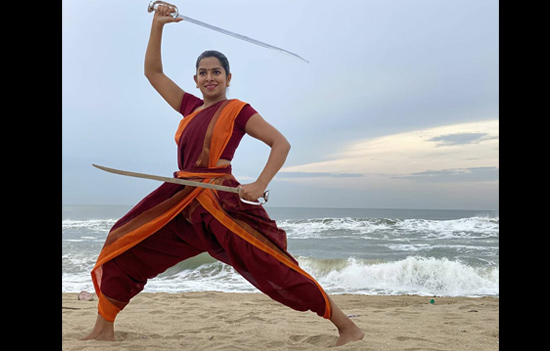
About SILAMBAM, martial art of Tamil Nadu
By Rudransha Tamilar Veeravilayat
March 10, 2022
About SILAMBAM, martial art of Tamil Nadu Read More...
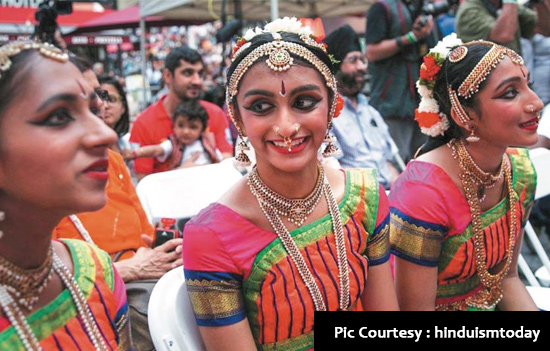
The changing face of Dharma in America
By Lavina Melwani
March 2, 2022
The changing face of Dharma in America Read More...
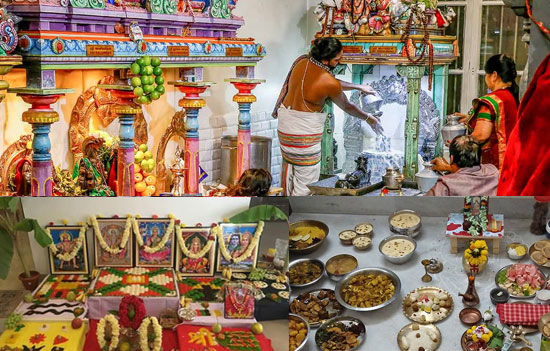
Essential ingredients for a powerful PUJA
By Satguru Bodhinatha Veylanswami
March 1, 2022
Essential ingredients for a powerful PUJA Read More...
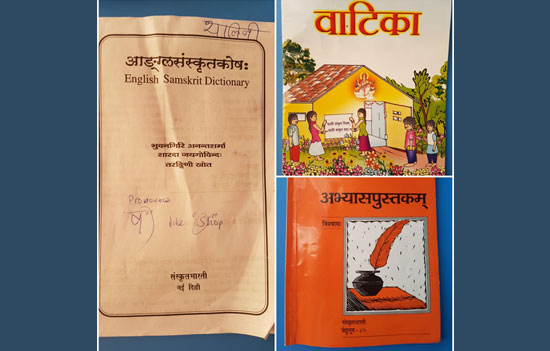
Learning of Sanskrit flourishes in USA and Canada
By Shalini Asha Bhaloo
February 18, 2022
Learning of Sanskrit flourishes in USA and Canada Read More...
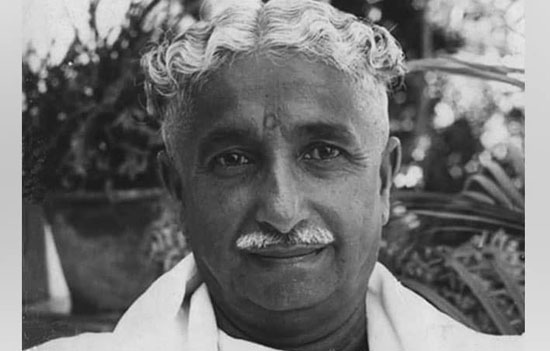
Rashtrakavi Kuvempu
By K S Somesvara
February 17 2022
Rashtrakavi Kuvempu Read More...
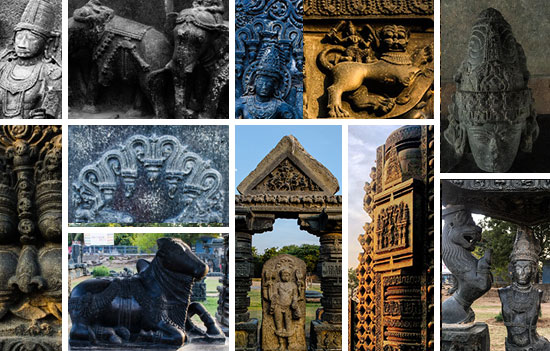
Temple in Warangal Fort, Telangana
February 11, 2022
Temple in Warangal Fort, Telangana Read More...
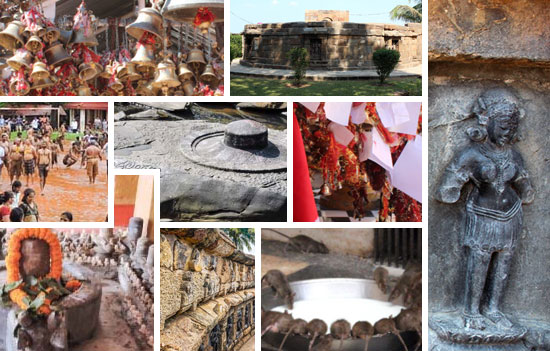
Unusual Temples and Shrines of India
By Anuradha Goyal
February 3, 2022
Unusual Temples and Shrines of India Read More...
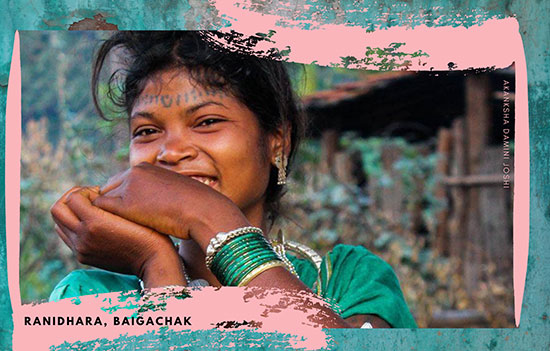
How BAIGA women of Chhattisgarh marry-Conversations with Village women of Baigachak
How BAIGA women of Chhattisgarh marry-Conversations with Village women of Baigachak Read More...
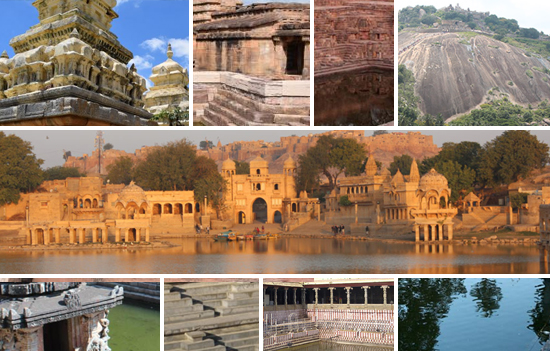
Why do Temples have Tanks and Stepwells
January 25, 2022
Why do Temples have Tanks and Stepwells Read More...
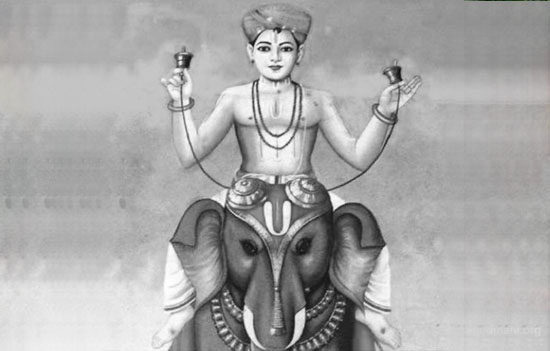
About Alwar Periyazhwar
By R Ramdas Thampuran
January 18, 2022
About Alwar Periyazhwar Read More...
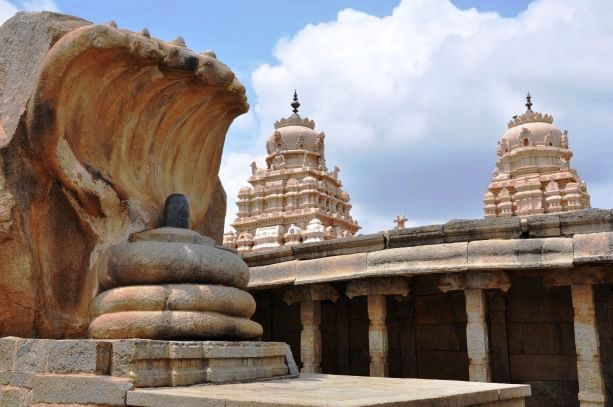
Lepakshi Temples Andhra Pradesh
By PK Narayanan
January 14, 2022
Lepakshi Temples Andhra Pradesh Read More...
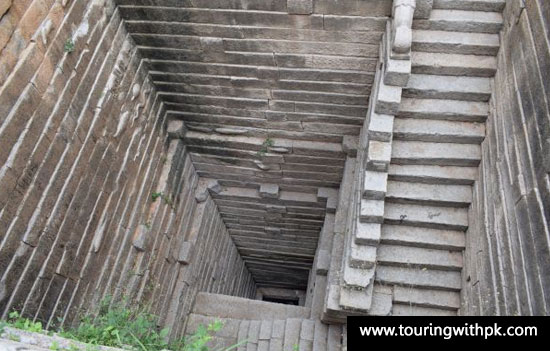
Step Well Penukonda Fort, Andhra Pradesh
January 13, 2021
Step Well Penukonda Fort, Andhra Pradesh Read More...
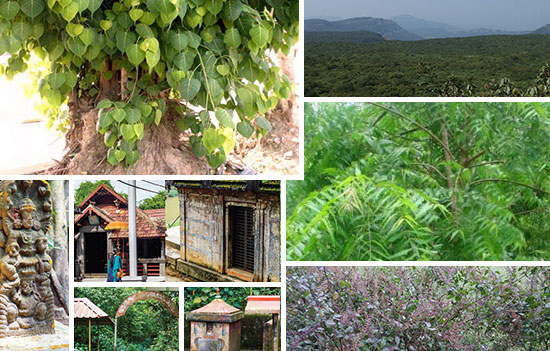
Indian Culture protects Plants and Forests
By Atul Sathe
January 11, 2022
Indian Culture protects Plants and Forests Read More...
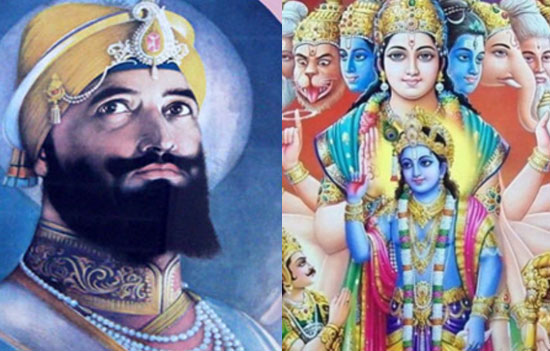
Life of Sri Krishna in the Dasam Granth
By Adv. Madhavdas Mamtani
January 7, 2021
Life of Sri Krishna in the Dasam Granth Read More...
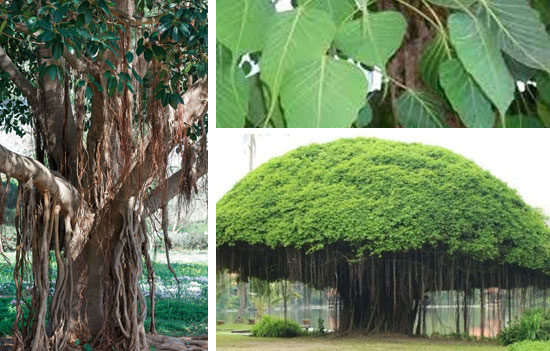
Banyan Tree is the National tree of India
January 4, 2022
Banyan Tree is the National tree of India Read More...
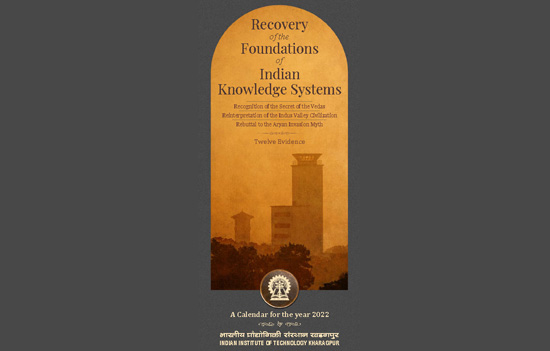
Calendar 2022 IIT Kharagpur-Recovery of the Foundations of Indian Knowledge Systems
December 28, 2021
Calendar 2022 IIT Kharagpur-Recovery of the Foundations of Indian Knowledge Systems Read More...
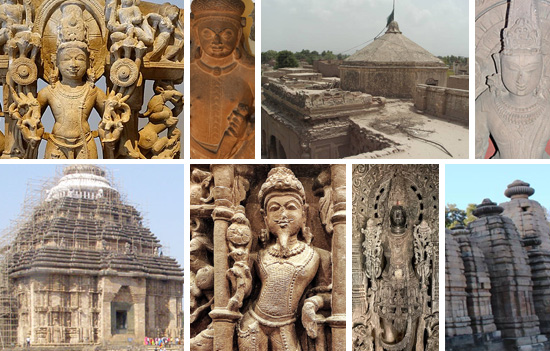
About Surya deva or Sun God in Indic history
December 23, 2021
About Surya deva or Sun God in Indic history Read More...
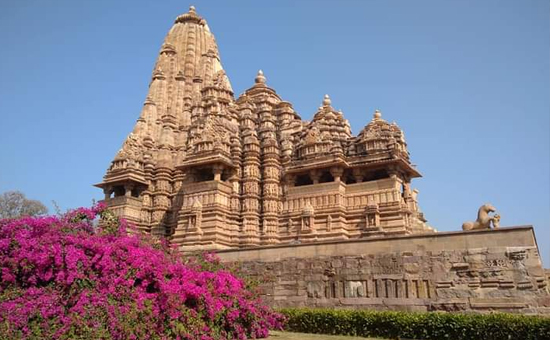
Engineering and ARCHITECTURE in Ancient and Medieval India
By RKM Kolkata
November 13, 2021
Engineering and ARCHITECTURE in Ancient and Medieval India Read More...
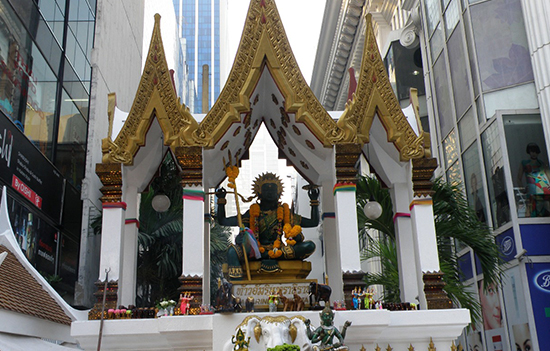
Lord INDRA in Buddhism
November 8, 2021
Lord INDRA in Buddhism Read More...
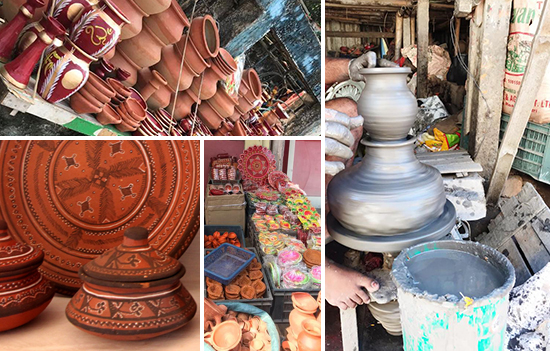
Using POTTERY is for our Well Being
By Priya Kumari
October 29, 2021
Using POTTERY is for our Well Being Read More...
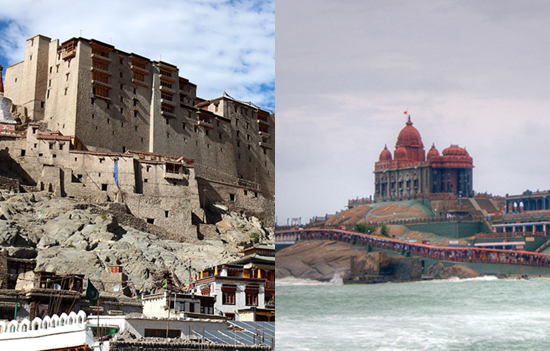
It is now Ladakh to Kanyakumari with river Sindhu symbolising Bharat
By Daya Sagar
October 19 2021
It is now Ladakh to Kanyakumari with river Sindhu symbolising Bharat Read More...
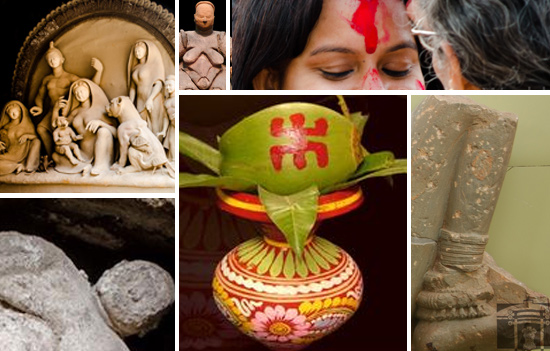
The Mother Goddesses
October 5 2021
The Mother Goddesses Read More...
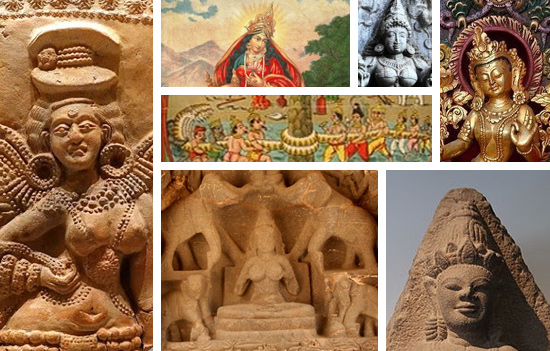
SRI or Lakshmi
September 21 2021
SRI or Lakshmi Read More...
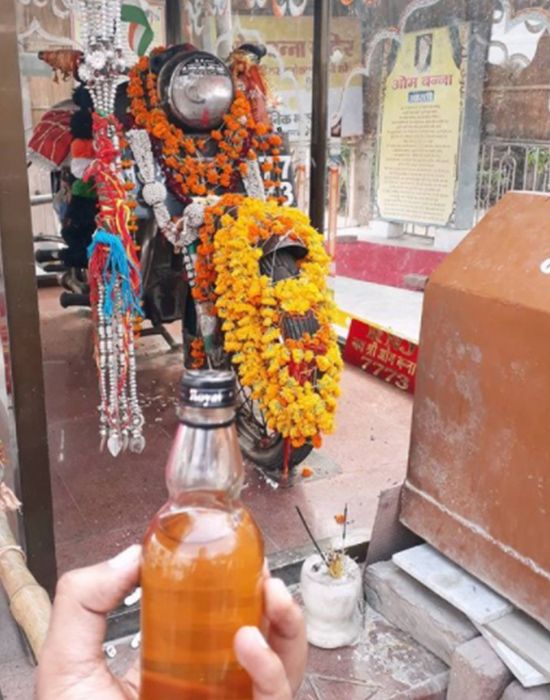
Story of BULLET Baba Temple, Rajasthan
By Prateek Nayak
September 3 2021
Story of BULLET Baba Temple, Rajasthan Read More...
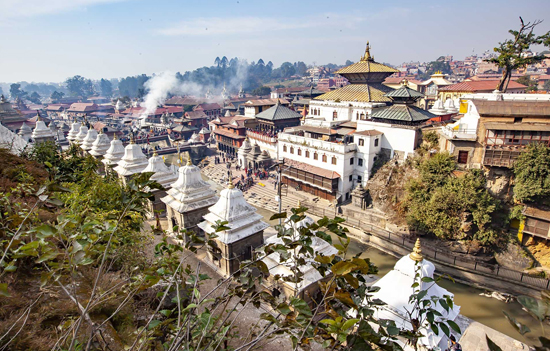
PASHUPATINATH Temple Nepal
By Rajiv Malik
September 2 2019
PASHUPATINATH Temple Nepal Read More...
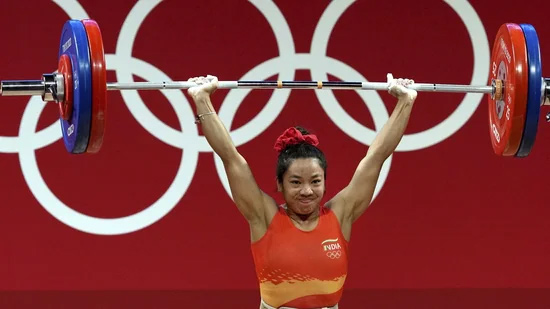
Why Manipur excels in Sports and connect with local Culture
July 29 2021
Why Manipur excels in Sports and connect with local Culture Read More...
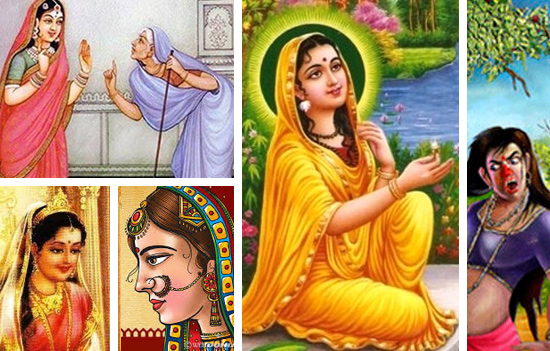
Portrayal of Women in Ramayana-A Different Perspective
By Lakshmi Sarma
July 21 2021
Portrayal of Women in Ramayana-A Different Perspective Read More...
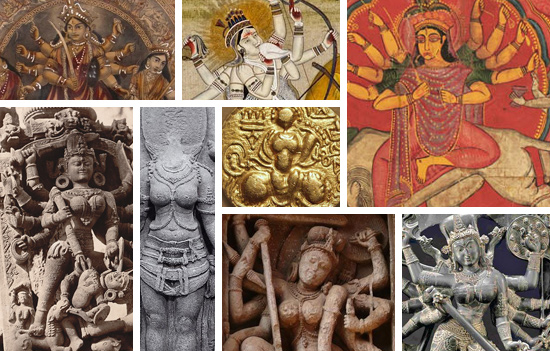
Pratimas of Durga Mahishasuramardini through the ages
July 18 2021
Pratimas of Durga Mahishasuramardini through the ages Read More...
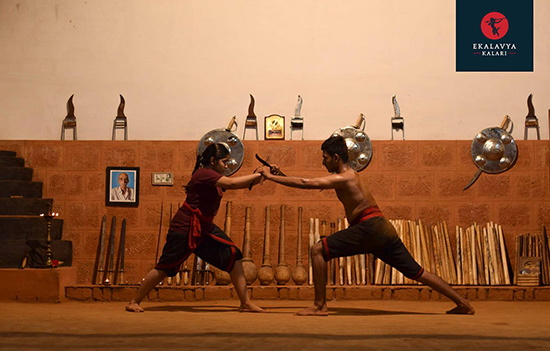
About KALARIPPAYATTU
By Sumesh Subramanian
June 7 2021
About KALARIPPAYATTU Read More...
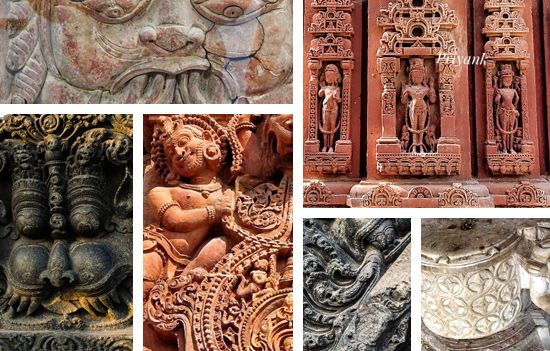
What do KIRTIMUKHA in Indian Temples mean
June 16 2021
What do KIRTIMUKHA in Indian Temples mean Read More...
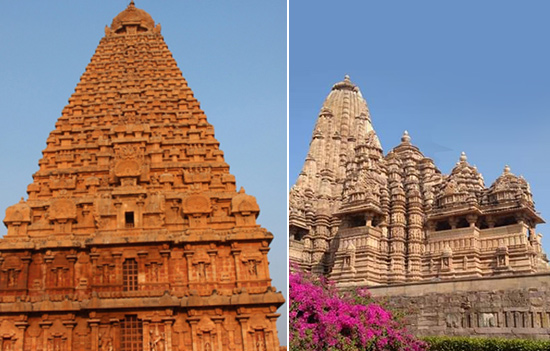
What is a TEMPLE
By Deepika Kothari and Ramji Om
June 8 2021
What is a TEMPLE Read More...
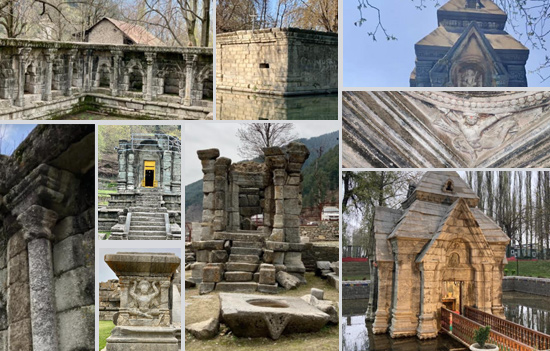
Temples of Kashmir You May Not Know Of
By Namrata Wakhloo
May 22 2021
Temples of Kashmir You May Not Know Of Read More...
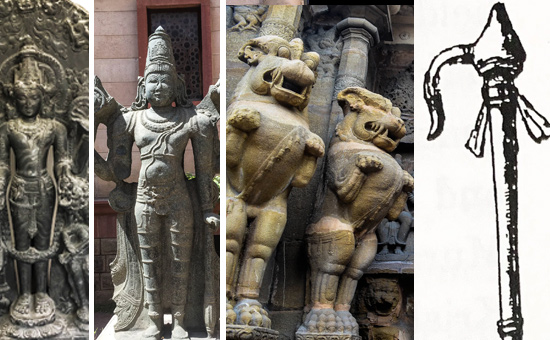
Weapons seen in the hands of Deities-Hindu Temple Iconography
May 18 2021
Weapons seen in the hands of Deities-Hindu Temple Iconography Read More...
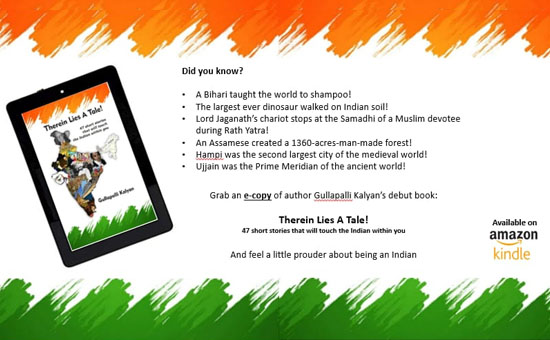
47 short stories that will touch the Indian within you
By Kalyan Gullapalli
April 30 2021
47 short stories that will touch the Indian within you Read More...
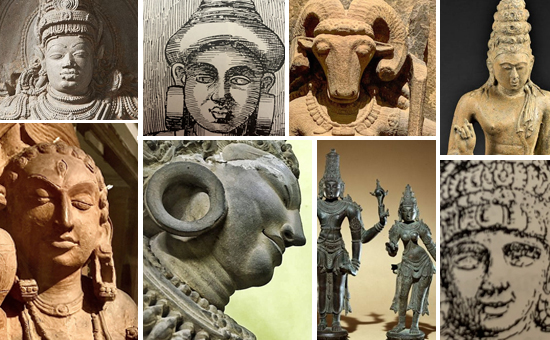
Jewellery in Indian Iconography
April 17 2021
Jewellery in Indian Iconography Read More...
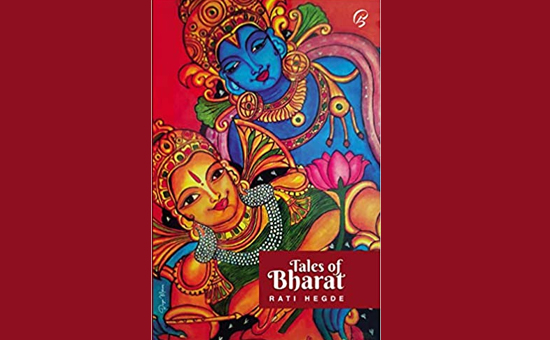
TALES of Bharat
By Rati Hegde
April 15 2021
TALES of Bharat Read More...
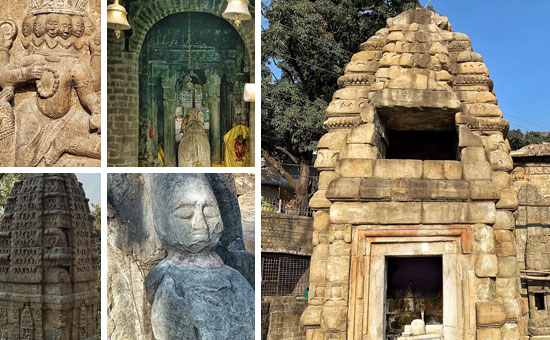
TRILOKNATH Temple Mandi, Himachal Pradesh
March 16 2021
TRILOKNATH Temple Mandi, Himachal Pradesh Read More...

Stories of Bharat 15-Do not lie/WhoisWise/Mother Heart/HurrytoDie
March 5 2021
Stories of Bharat 15-Do not lie/WhoisWise/Mother Heart/HurrytoDie Read More...
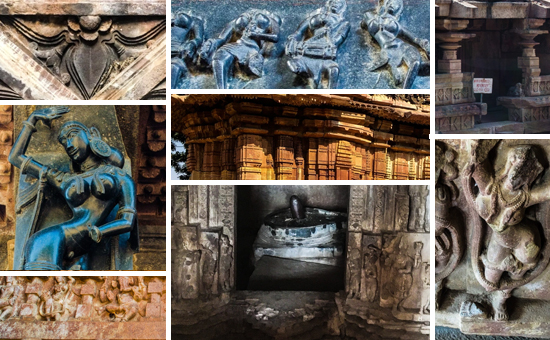
The Temple of Dance-Ramappa Temple Complex in Palampet, Telangana
February 23 2021
The Temple of Dance-Ramappa Temple Complex in Palampet, Telangana Read More...
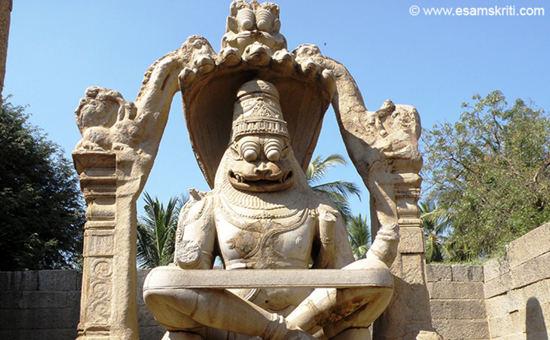
Stories of Bharat 14-Cool-headed, Cobbler, FeedingOthers
February 11 2021
Stories of Bharat 14-Cool-headed, Cobbler, FeedingOthers Read More...
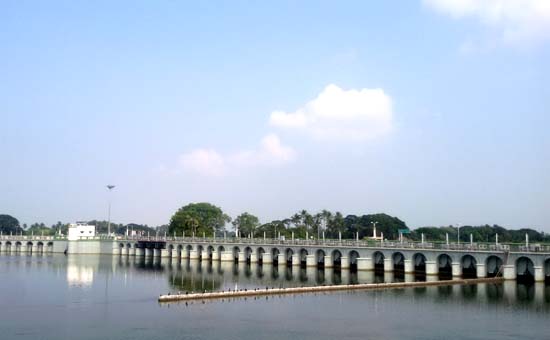
WATER Conservation in India, then and now
By Dr. V. Gouri Suresh
February 8 2021
WATER Conservation in India, then and now Read More...
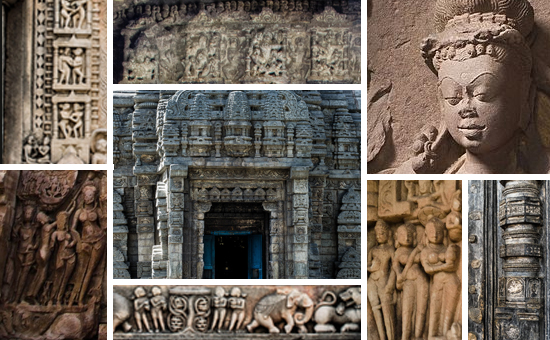
The Doorway to the Temple Sanctum-Understanding the sculptures and motifs
February 2 2021
The Doorway to the Temple Sanctum-Understanding the sculptures and motifs Read More...
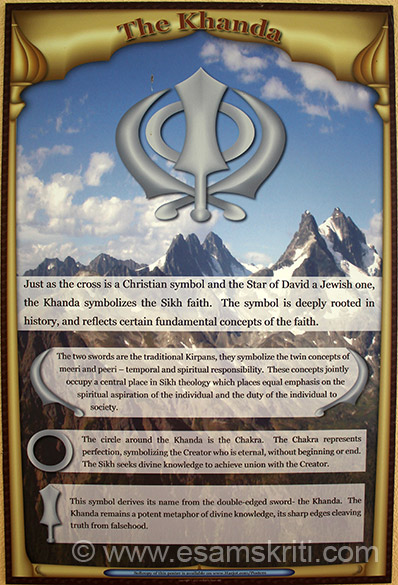
About Nishan Sahib and Khanda
By Dr Satish K Kapoor
January 29 2021
About Nishan Sahib and Khanda Read More...
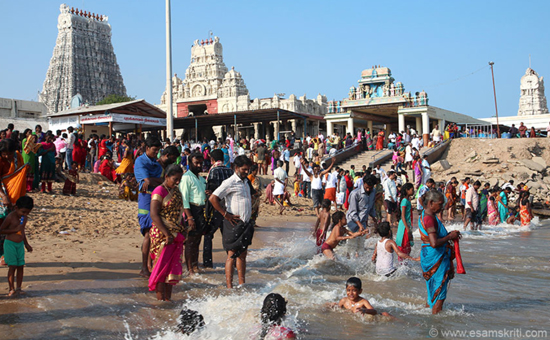
Modi must connect with Lord Murugan in Tamil Nadu
January 27 2021
Modi must connect with Lord Murugan in Tamil Nadu Read More...
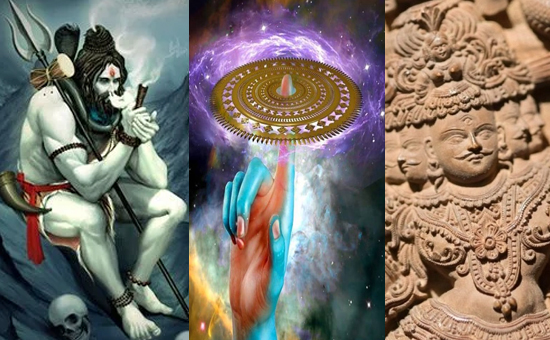
Stories of BHARAT 13 - Sudarshan Chakra, Tripurantaka and Shiv ji
January 25 2021
Stories of BHARAT 13 - Sudarshan Chakra, Tripurantaka and Shiv ji Read More...
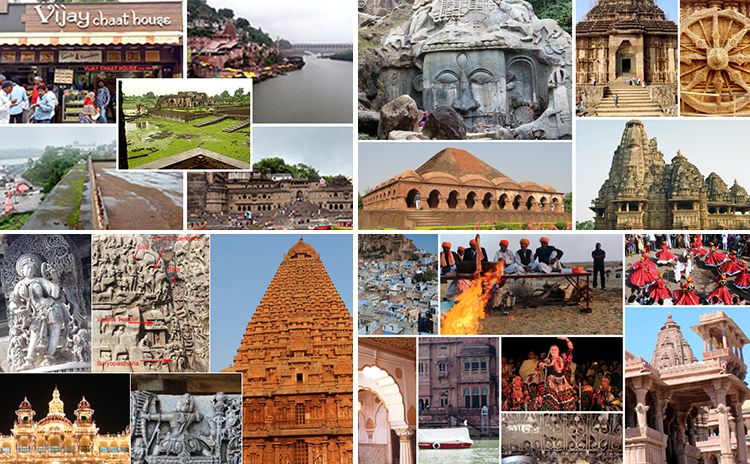
What is INDIA
January 20 2021
What is INDIA Read More...
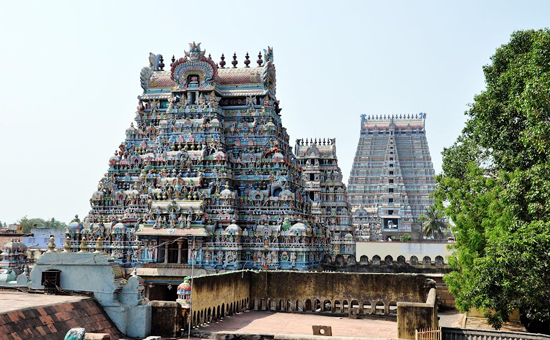
The marvel of Straight Line Temples
January 19 2021
The marvel of Straight Line Temples Read More...
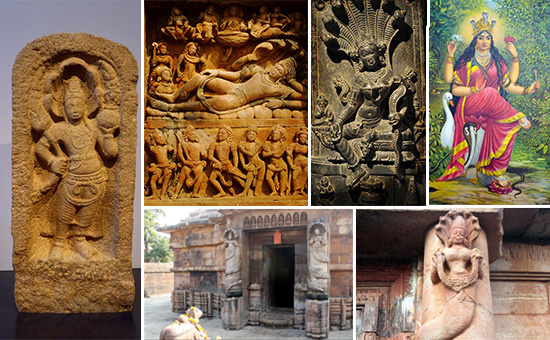
Snake, Nag worship in India
January 12 2021
Snake, Nag worship in India Read More...
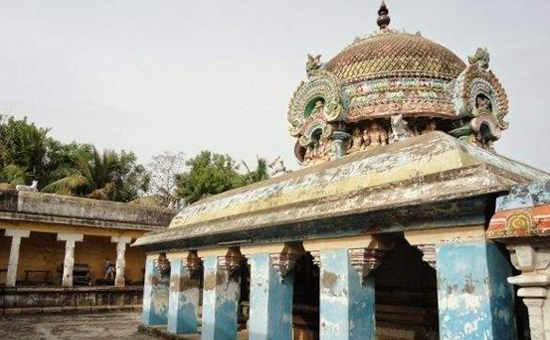
Temple tales Tamil Nadu
By V Sanjanaa
January 7 2021
Temple tales Tamil Nadu Read More...
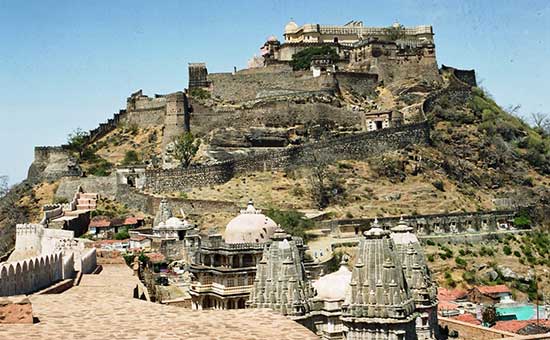
How were Forts made in Mewar, Rajasthan
December 15 2020
How were Forts made in Mewar, Rajasthan Read More...
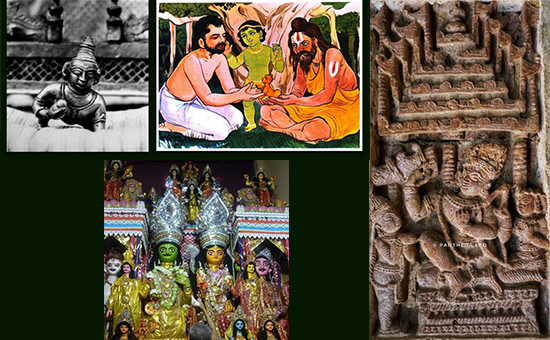
Sri Ram in West Bengal
December 9 2020
Sri Ram in West Bengal Read More...
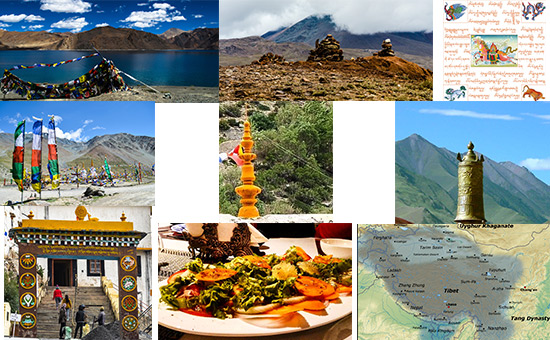
Tibetan Culture and Traditions
December 4 2020
Tibetan Culture and Traditions Read More...
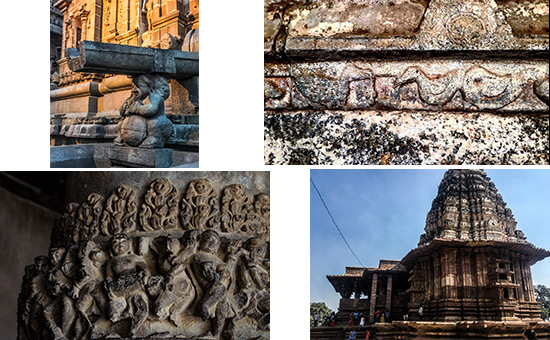
What do Ganas, Gandharvas, Mithuna Couples and Dancing girls on Temple Walls tell us
December 2 2020
What do Ganas, Gandharvas, Mithuna Couples and Dancing girls on Temple Walls tell us Read More...

SAFFRON the Miracle Spice
By Chandra Venkatasubramaniam
December 1 2020
SAFFRON the Miracle Spice Read More...
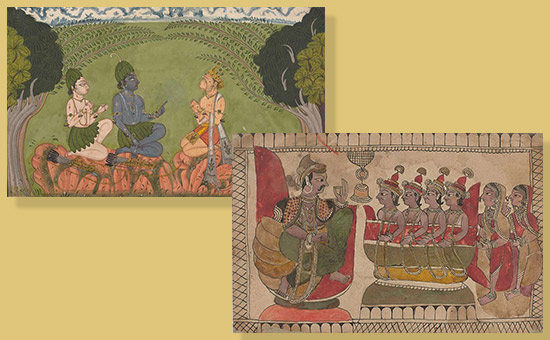
Contribution of Itihasas to International Law-A Case Study of Ramayana and Mahabharata
November 26 2020
Contribution of Itihasas to International Law-A Case Study of Ramayana and Mahabharata Read More...
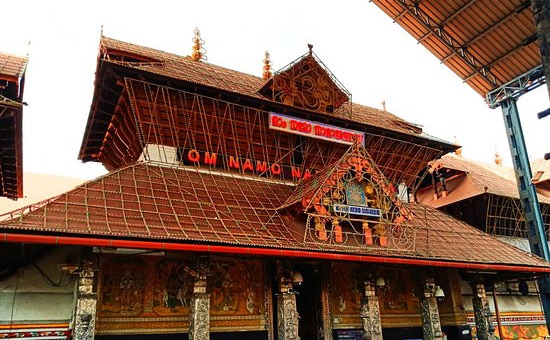
Two Esoteric Temples of Kerala
By Dr R Asha
October 26 2020
Two Esoteric Temples of Kerala Read More...
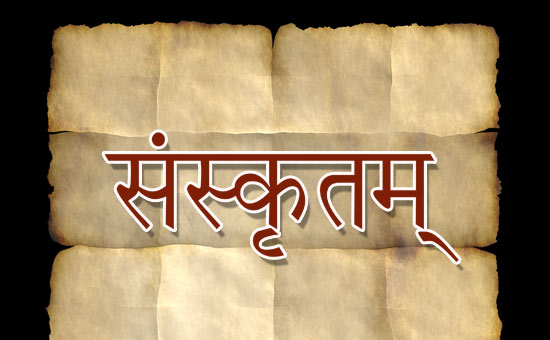
Relevance of Sanskrit in Modern World
By Neerja Bhatt
September 30 2020
Relevance of Sanskrit in Modern World Read More...

About RUDRAKSHA
By HathYogi
September 26 2020
About RUDRAKSHA Read More...
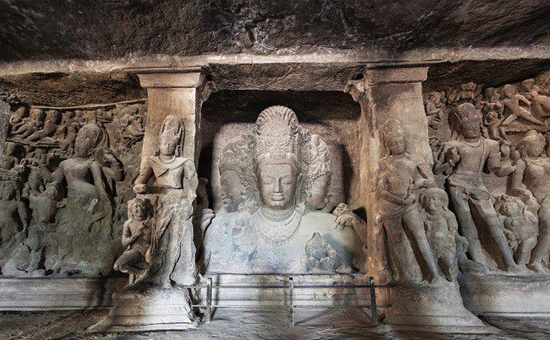
About ELEPHANTA CAVES
September 18 2020
About ELEPHANTA CAVES Read More...
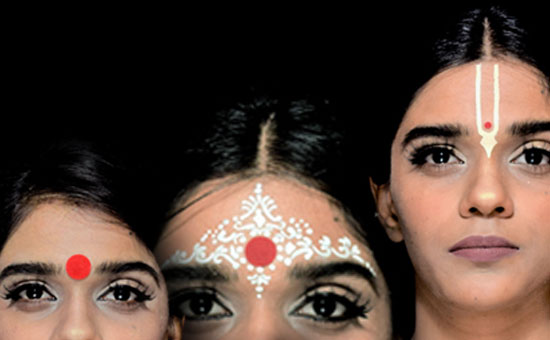
BINDI capturing the evolution of the Indian forehead dot
By Anmol Bains
September 15 2020
BINDI capturing the evolution of the Indian forehead dot Read More...
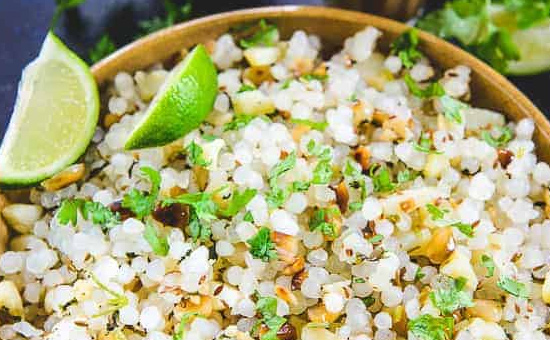
Sabudana Khichdi Is Your New Favorite Comfort Food
By Justin Osborne
September 8 2020
Sabudana Khichdi Is Your New Favorite Comfort Food Read More...
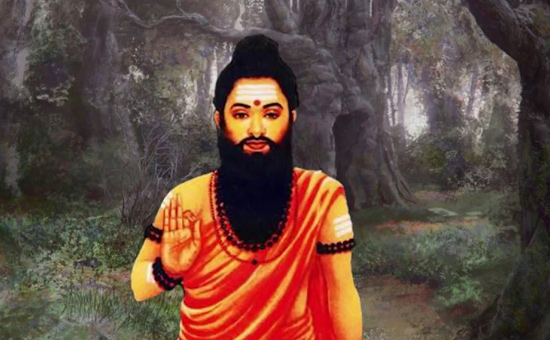
AGASTYA MUNI
By Dr MRITYUNJAYA ATHREYA
September 3 2020
AGASTYA MUNI Read More...
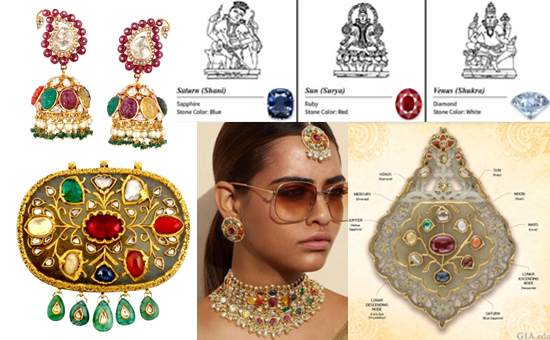
The charisma of Nine Gems NAVRATNA
By Isha Priya Singh
August 30 2020
The charisma of Nine Gems NAVRATNA Read More...
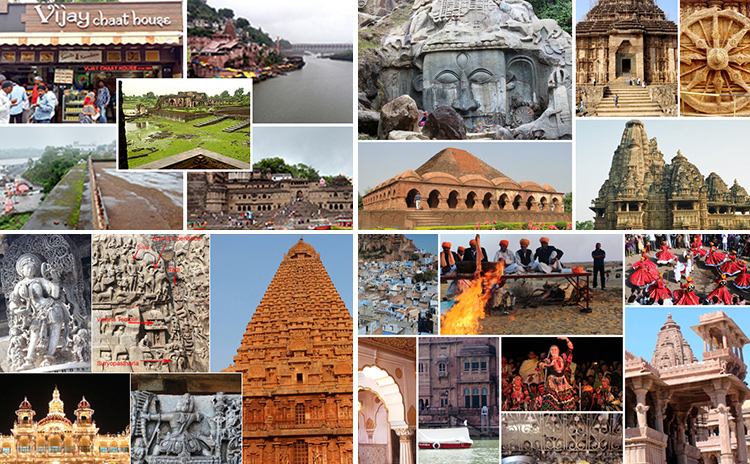
India-Her Culture and Civilization, Documentary series on India`s Cultural Continuities
August 24 2020
India-Her Culture and Civilization, Documentary series on India`s Cultural Continuities Read More...
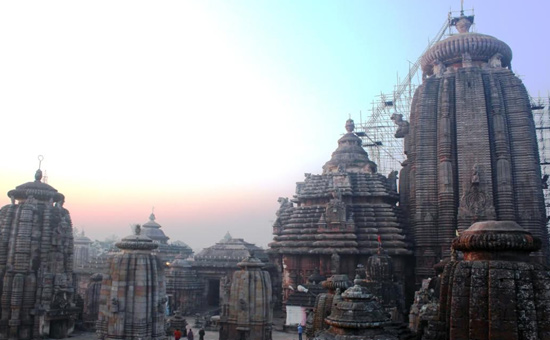
About Lingaraja Temple, Bhubaneswar, Odisha
August 20 2020
About Lingaraja Temple, Bhubaneswar, Odisha Read More...

ASHADA - the Hindu Holy Month
By Padmini Natarajan
August 17 2020
ASHADA - the Hindu Holy Month Read More...
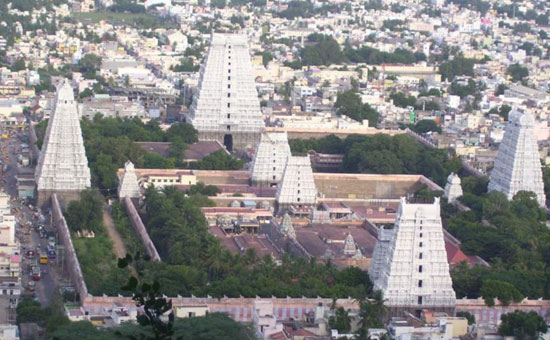
The grandeur of ARUNACHALA
By Dr Chithra Madhavan
July 26 2020
The grandeur of ARUNACHALA Read More...

About LAKES of Udaipur, Water Conservation ahead of its time
By Maharana Mewar Historical Publ
July 25 2020
About LAKES of Udaipur, Water Conservation ahead of its time Read More...
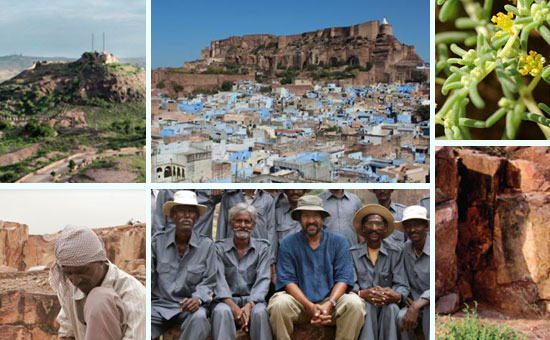
Making of Rao Jodha Rock Park, Jodhpur and contribution of rock-miners, the KHANDWALIYAS
By Pradip Krishen
July 19 2020
Making of Rao Jodha Rock Park, Jodhpur and contribution of rock-miners, the KHANDWALIYAS Read More...
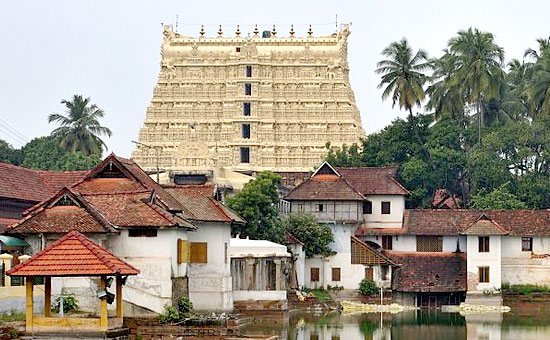
Reflections, post the Supreme Court order on Padmanabhaswami Temple
By Uma Maheswari
July 15 2020
Reflections, post the Supreme Court order on Padmanabhaswami Temple Read More...
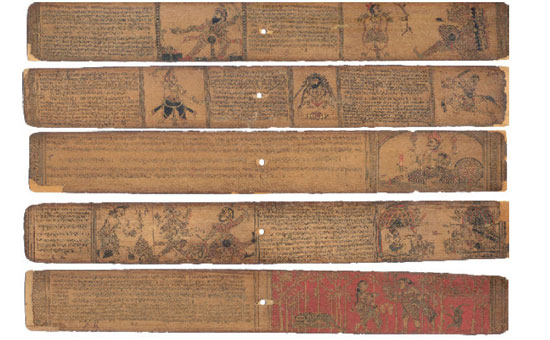
The tradition of Palm Leaf writing in Odisha
By Debi Prasanna Nanda
July 13 2020
The tradition of Palm Leaf writing in Odisha Read More...
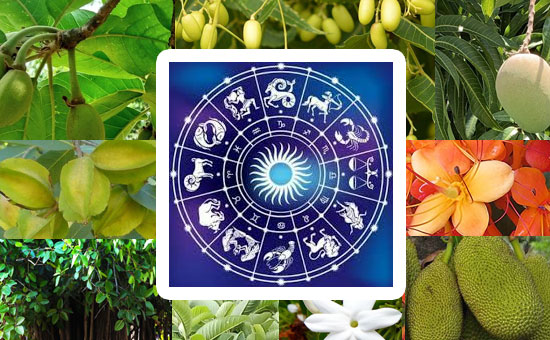
NAKSHATRAVAN
June 14, 2020
NAKSHATRAVAN Read More...
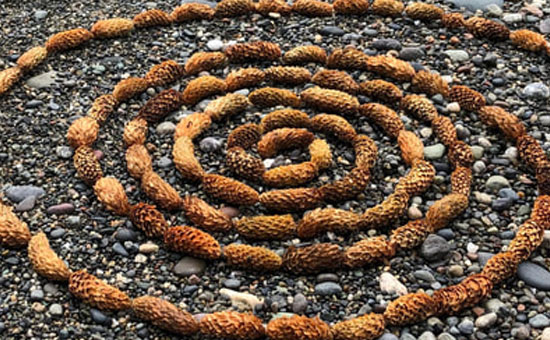
Satyakam`s Odyssey for Truth
By Dr Nidhi Mishra
June 13 2020
Satyakam`s Odyssey for Truth Read More...
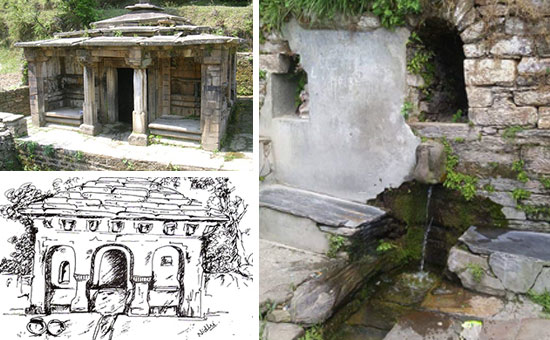
नौल व धार हिमालय की एक सांस्कृतिक धरोहर
By Chandarshekhar Tewari
June 11 2020
नौल व धार हिमालय की एक सांस्कृतिक धरोहर Read More...
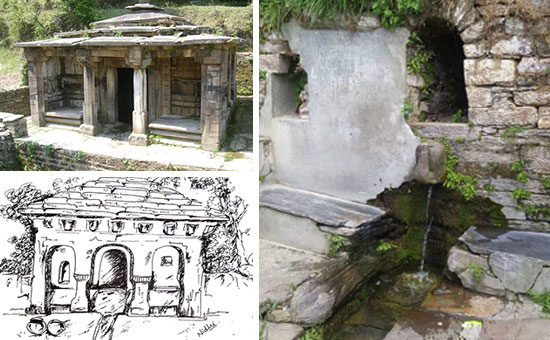
Naul and Dhar - A Cultural Heritage of Himalayas
June 2 2020
Naul and Dhar - A Cultural Heritage of Himalayas Read More...

Significance of Namaste - in the context of Coronavirus
By Jyoti Subramanian
March 14 2020
Significance of Namaste - in the context of Coronavirus Read More...
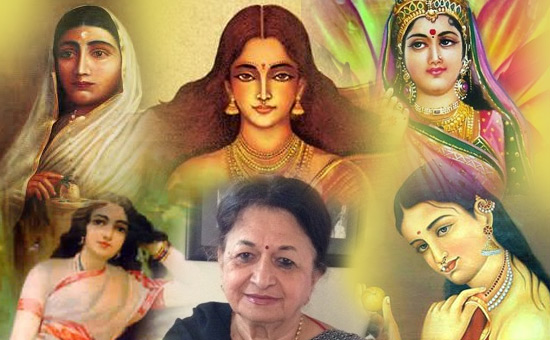
Womanhood, an Indic Perspective
March 7 2020
Womanhood, an Indic Perspective Read More...
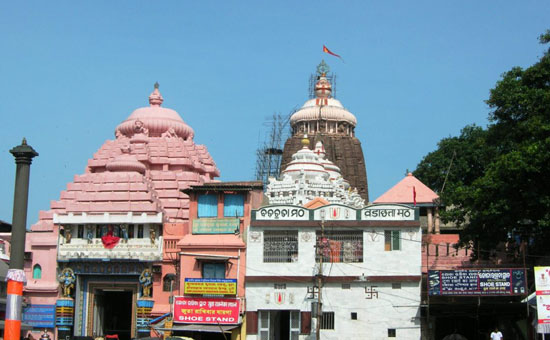
What is TIRTHA
By Swami Narasimhananda
What is TIRTHA Read More...
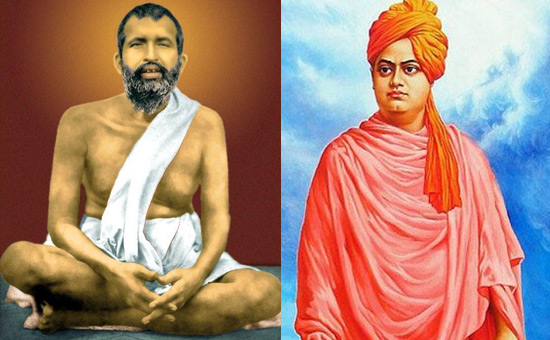
GURU SISHYA PARAMPARA - The Reservoir of Authentic Rishiculture Yoga
By Yogacharya Dr Ananda Balayogi
February 20 2020
GURU SISHYA PARAMPARA - The Reservoir of Authentic Rishiculture Yoga Read More...
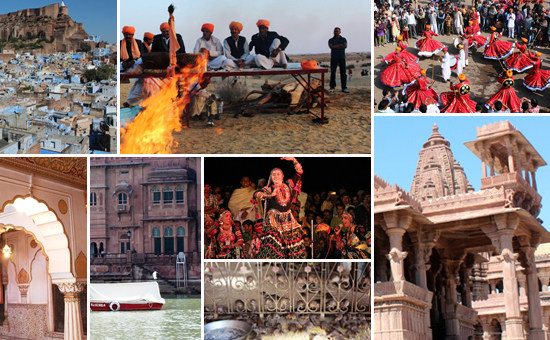
I Love India, its Culture and Thoughts
February 4 2020
I Love India, its Culture and Thoughts Read More...
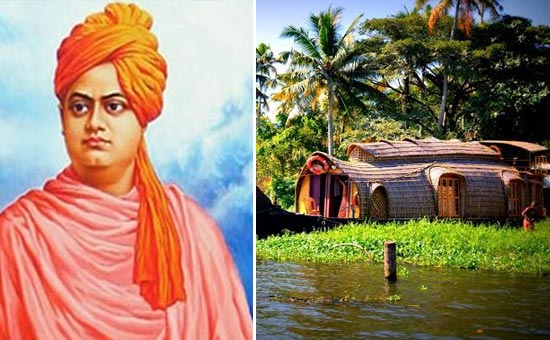
Vivekananda and the Social Movements in Kerala
By Shankari Prasad Basu
January 16 2020
Vivekananda and the Social Movements in Kerala Read More...
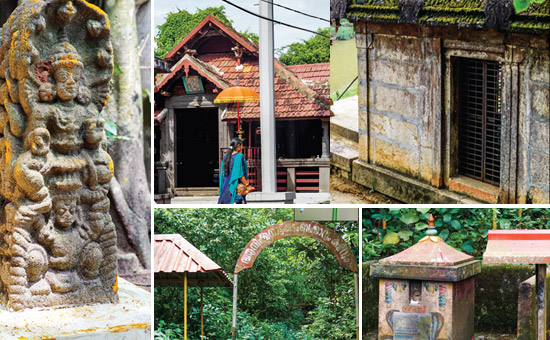
Enter the Sacred Kavu Groves of Kerala
By Aravind Gopal
January 9 2020
Enter the Sacred Kavu Groves of Kerala Read More...
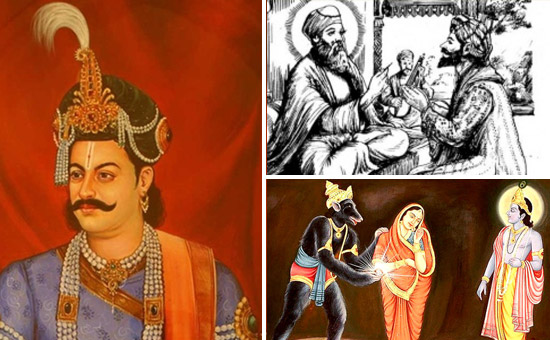
Stories of Bharat 12 - Guru Nanak, Mahamantri Timmarusu, Syamantaka Mani
January 7 2020
Stories of Bharat 12 - Guru Nanak, Mahamantri Timmarusu, Syamantaka Mani Read More...
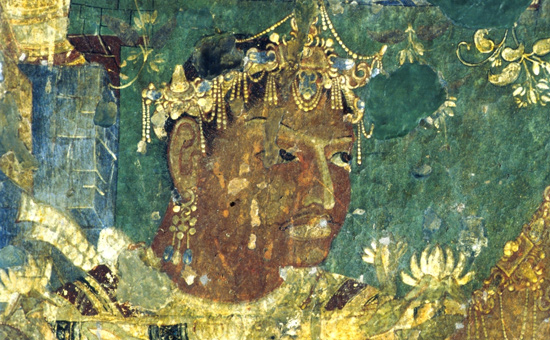
Benoy K. Behl brings ancient wonders of the Ajanta Caves to Light
By Benoy K Behl
December 7 2019
Benoy K. Behl brings ancient wonders of the Ajanta Caves to Light Read More...
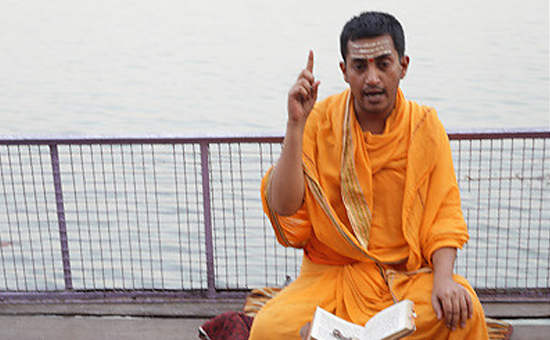
Contribution of Brahmins to Indian Society and Culture
Contribution of Brahmins to Indian Society and Culture Read More...
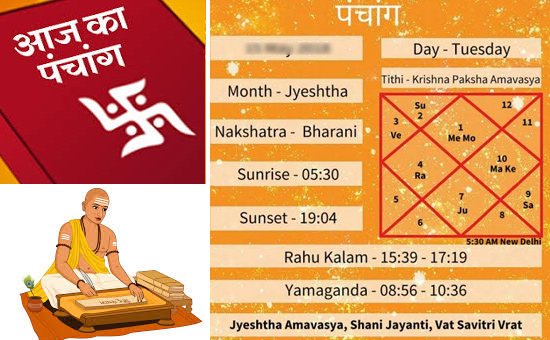
Introduction to PANCHANG and the Indian Calendar
December 3 2019
Introduction to PANCHANG and the Indian Calendar Read More...
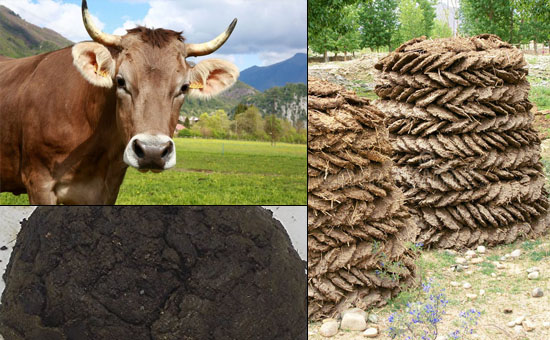
The Cow in History and Hindu Tradition
November 27 2019
The Cow in History and Hindu Tradition Read More...
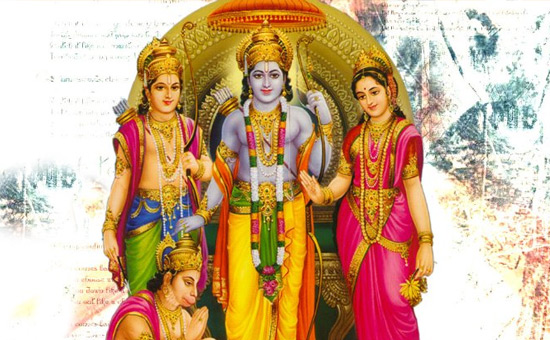
Rama`s Will Prevails
November 23 2019
Rama`s Will Prevails Read More...
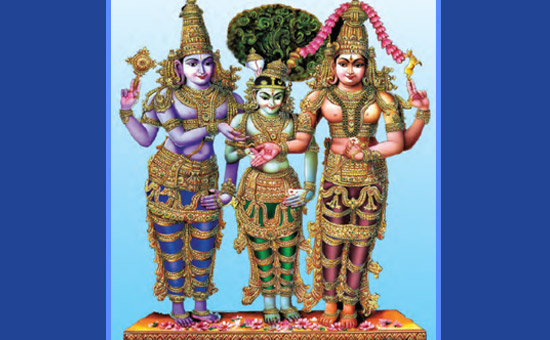
Siva as KALYANA SUNDARA
By Lalita Ramakrishna
November 19 2019
Siva as KALYANA SUNDARA Read More...
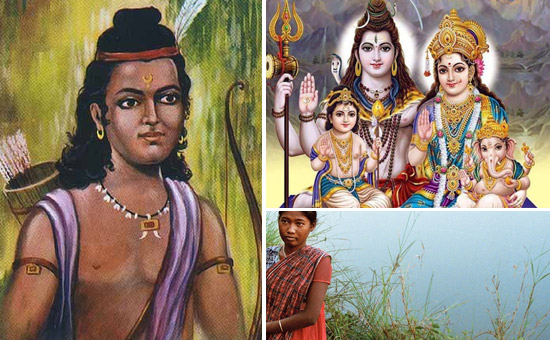
Stories of Bharat 11 - Concentration, Parents, Ayachi Mishra
November 14 2019
Stories of Bharat 11 - Concentration, Parents, Ayachi Mishra Read More...
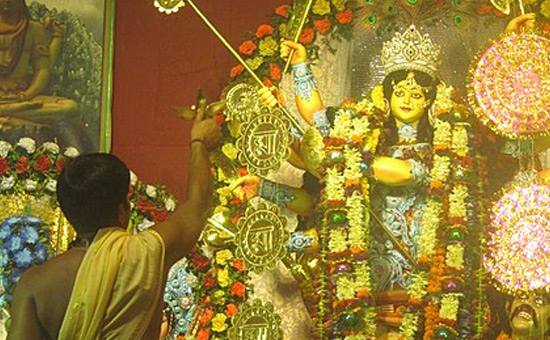
What is PUJA
November 4 2019
What is PUJA Read More...
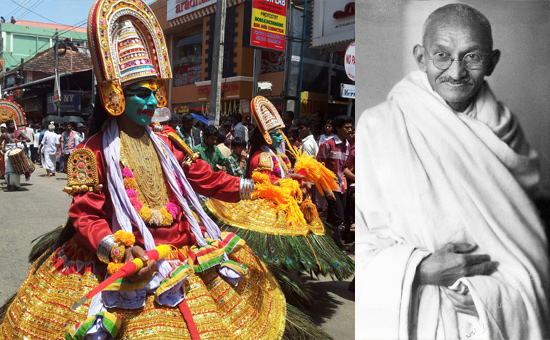
Commemorating the educational spirit of Gandhi through a new ONAM
By M. Nageswara Rao
October 30 2019
Commemorating the educational spirit of Gandhi through a new ONAM Read More...
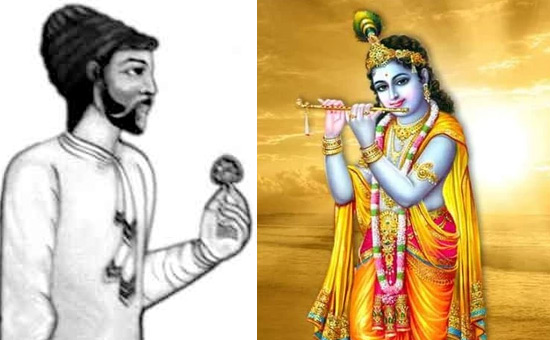
Raskhan - The Real Sufi
October 21 2019
Raskhan - The Real Sufi Read More...
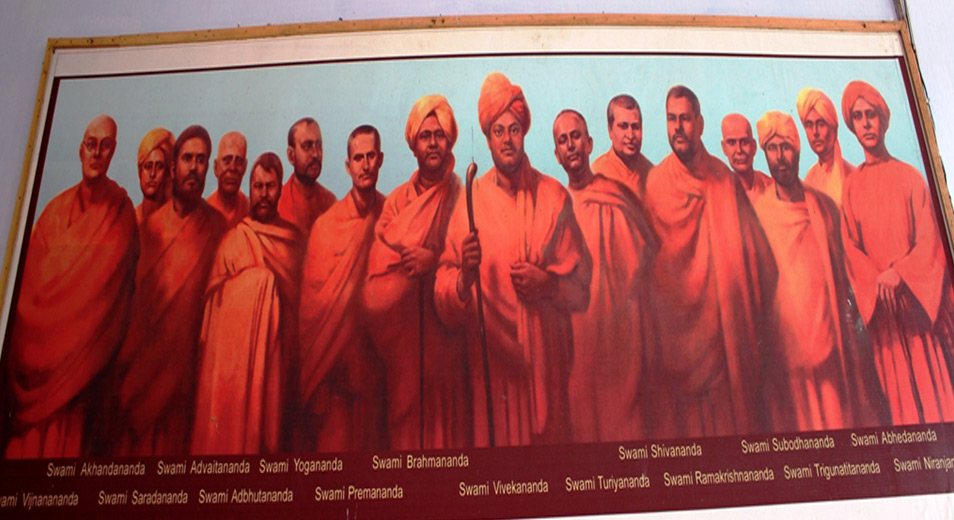
Voices Against Monasticism
October 14 2019
Voices Against Monasticism Read More...
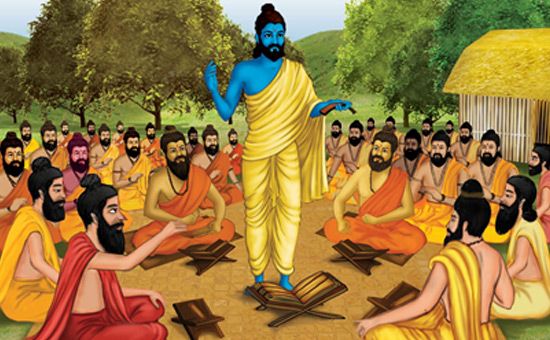
Impact of Gurukula System in India
By Sushant Kumar
October 12 2019
Impact of Gurukula System in India Read More...
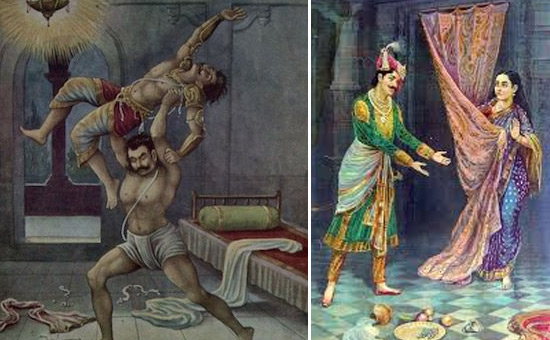
Stories of Bharat 10 - Keechaka Vadh, Tirupati Balaji Govinda & Sword of Shivaji Maharaj
October 9 2019
Stories of Bharat 10 - Keechaka Vadh, Tirupati Balaji Govinda & Sword of Shivaji Maharaj Read More...
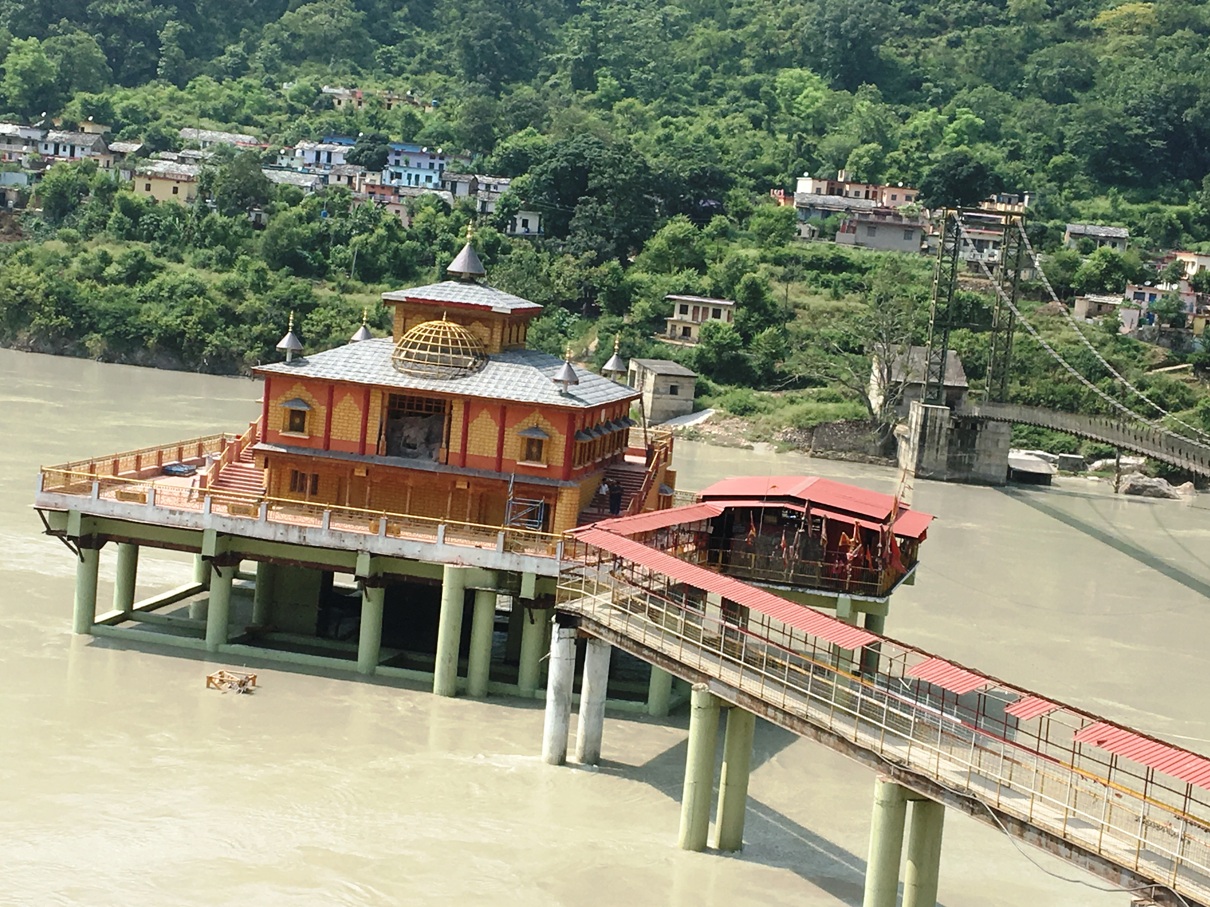
DHARI DEVI Shakti Sthal Srinagar, DEV BHOOMI
October 5 2019
DHARI DEVI Shakti Sthal Srinagar, DEV BHOOMI Read More...
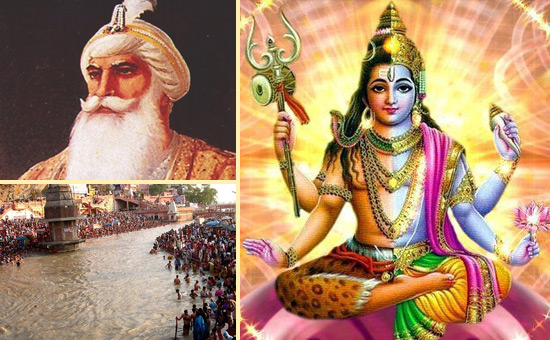
Stories of Bharat 9 - Jassa Singh, Ganga Dussehra, ShivaVishnu
September 27 2019
Stories of Bharat 9 - Jassa Singh, Ganga Dussehra, ShivaVishnu Read More...
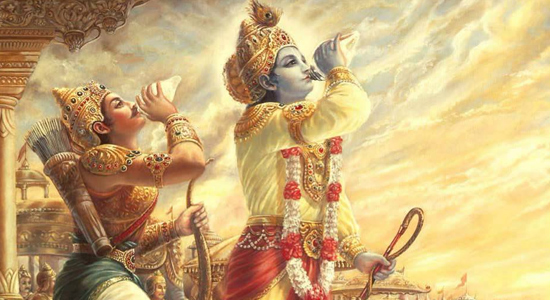
The importance of Mahabharata in Our knowledge tradition and nationhood
By B S Harishankar
September 25 2019
The importance of Mahabharata in Our knowledge tradition and nationhood Read More...
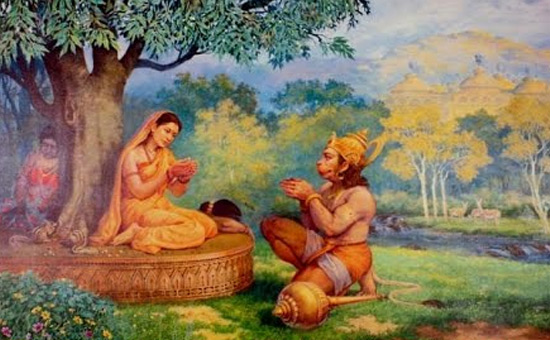
Hanumanji was an Ideal Diplomat Minister and Spy
By Shashank Poddar
September 19 2019
Hanumanji was an Ideal Diplomat Minister and Spy Read More...
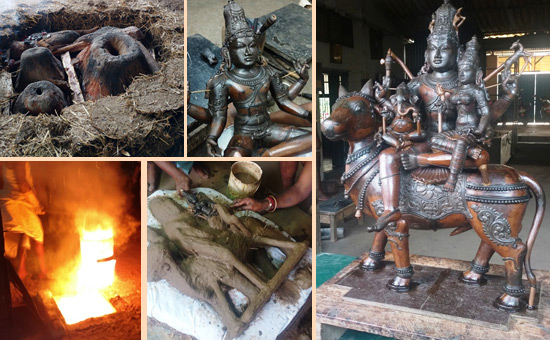
Bronze (Panchaloha) Moorthy making in Swamimalai, Tamil Nadu
By Navachola
September 17 2019
Bronze (Panchaloha) Moorthy making in Swamimalai, Tamil Nadu Read More...
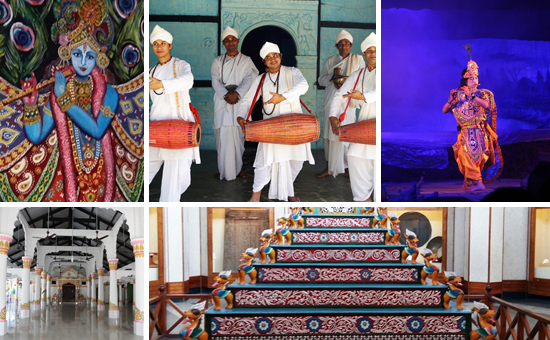
SATRA Culture in Assam
By Polly Rajkhowa
SATRA Culture in Assam Read More...
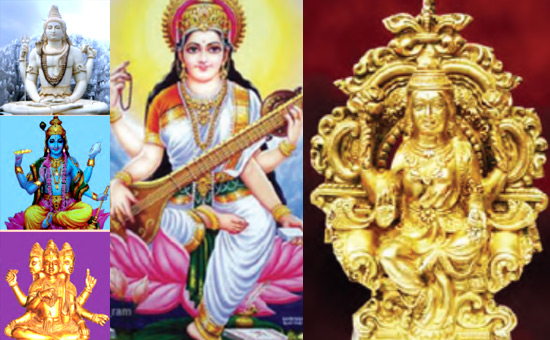
Colours of the TRINITY
Colours of the TRINITY Read More...
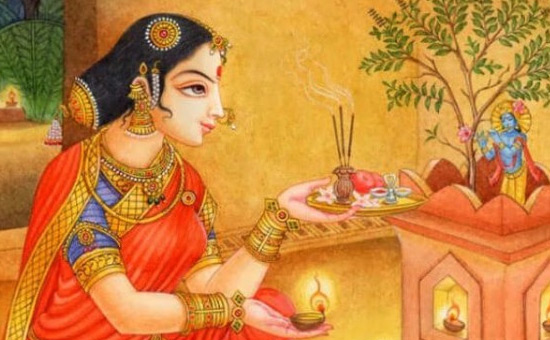
Indian Epics and Environment Conservation
Indian Epics and Environment Conservation Read More...
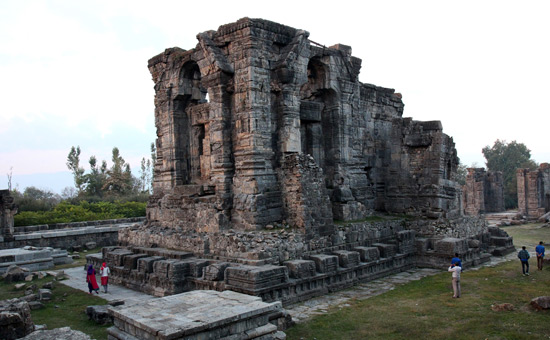
Kashmir`s radiant knowledge tradition
September 7 2019
Kashmir`s radiant knowledge tradition Read More...
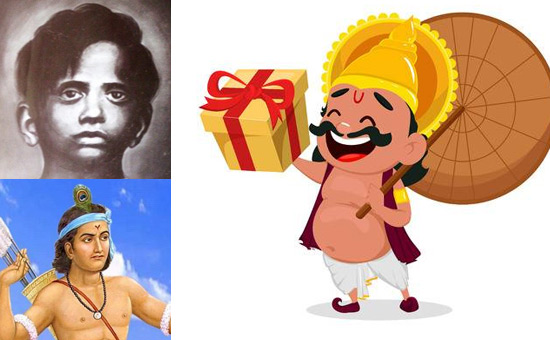
Stories of Bharat 8 - Ekalavya, Child Freedom Fighters and This too shall pass
Stories of Bharat 8 - Ekalavya, Child Freedom Fighters and This too shall pass Read More...
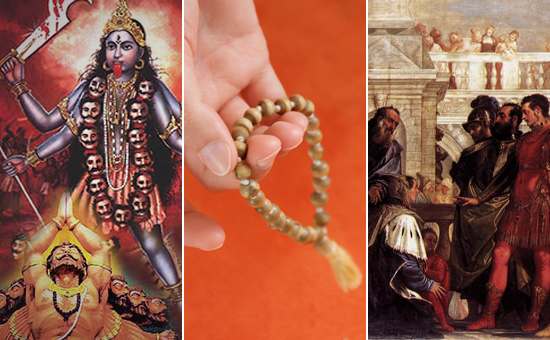
Stories of Bharat 7 - Ravana & Ma Kali, Naama-Japa and Gratitude
August 19 2019
Stories of Bharat 7 - Ravana & Ma Kali, Naama-Japa and Gratitude Read More...
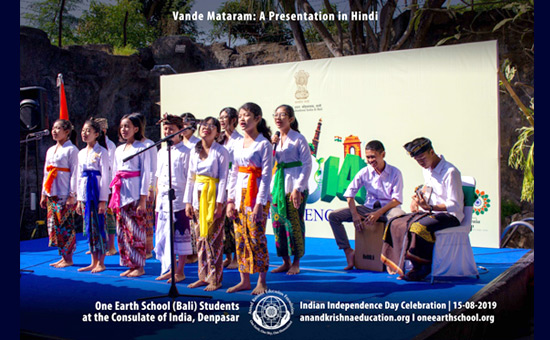
The importance of Shishtachar
By Anand Krishna
The importance of Shishtachar Read More...
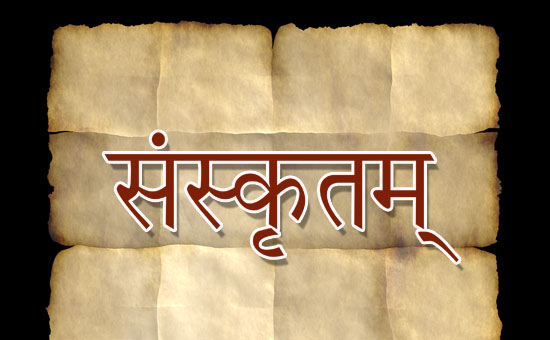
Why Sanskrit is Relevant - Today and Tomorrow
August 8 2019
Why Sanskrit is Relevant - Today and Tomorrow Read More...
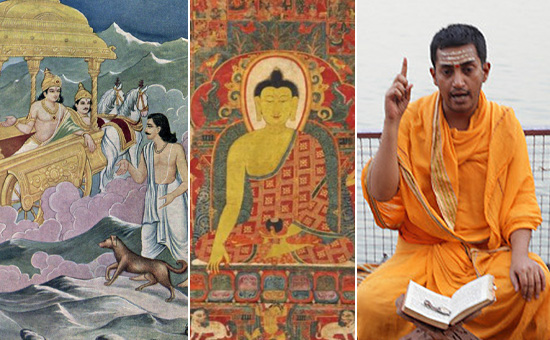
Stories of Bharat 6 - Do today, Prophecy and Value of Money
August 6 2019
Stories of Bharat 6 - Do today, Prophecy and Value of Money Read More...
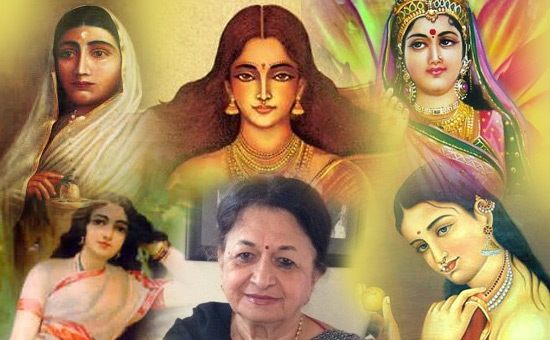
The True Essence of Womanhood in Sanatan Dharma
July 31 2019
The True Essence of Womanhood in Sanatan Dharma Read More...
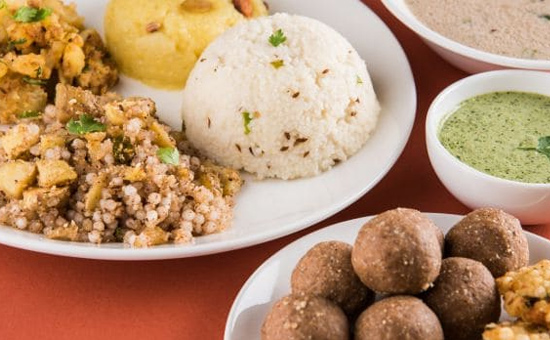
Jainism, Science, and Intermittent Fasting
By Dr. Minal Mehta
Jainism, Science, and Intermittent Fasting Read More...
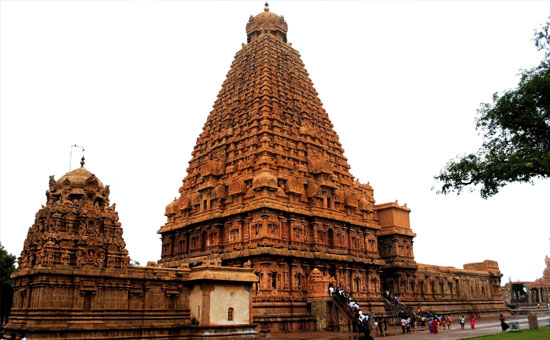
TEMPLES OF INDIA
By Swami Sivananda
July 28 2019
TEMPLES OF INDIA Read More...
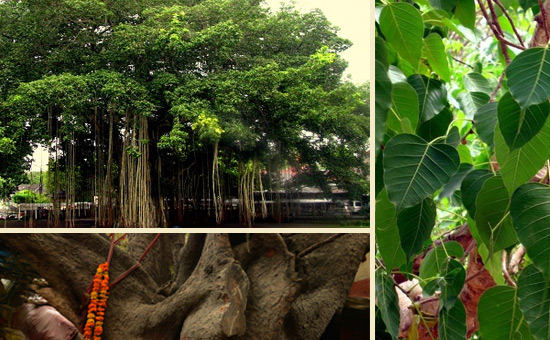
Sacred Plants of India
By Nanditha Krishna
July 24 2019
Sacred Plants of India Read More...
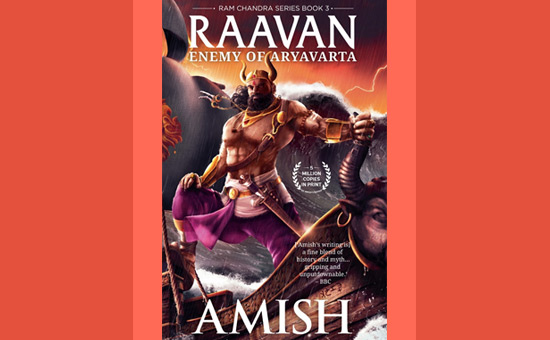
RAAVAN by Amish - Book Review
July 19 2019
RAAVAN by Amish - Book Review Read More...
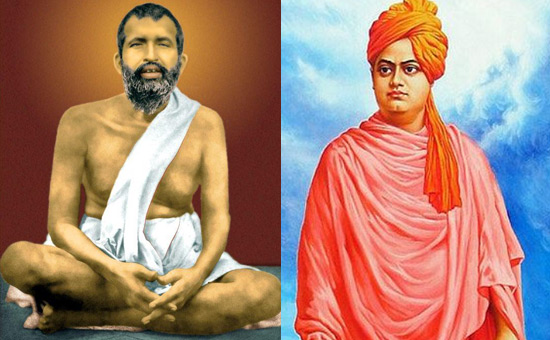
The Guru - Shishya Tradition in Indic Culture
July 18 2019
The Guru - Shishya Tradition in Indic Culture Read More...
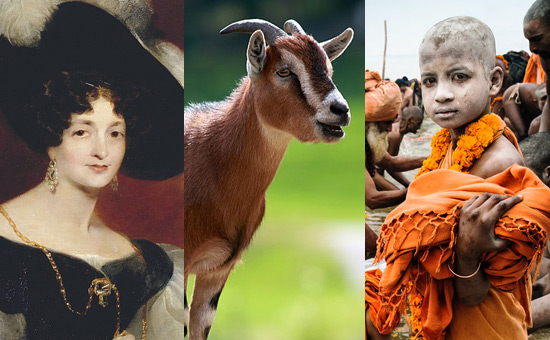
Stories of Bharat 5 - Destiny, Animal Sacrifice, Power of Surrender
July 17 2019
Stories of Bharat 5 - Destiny, Animal Sacrifice, Power of Surrender Read More...
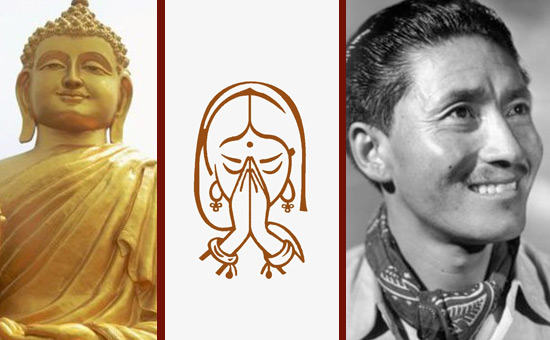
Stories of Bharat 4 - Buddha Purnima, Tenzing Norway and Athithi Devo Bhava
July 1 2019
Stories of Bharat 4 - Buddha Purnima, Tenzing Norway and Athithi Devo Bhava Read More...
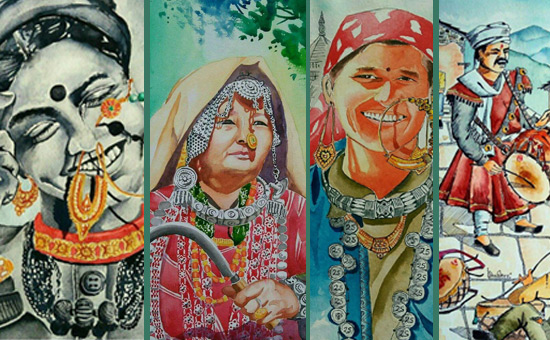
गढ़वाल व कुमाऊं अंचल में प्रचलित पारम्परिक वस्त्रा-भूषण
June 20 2019
गढ़वाल व कुमाऊं अंचल में प्रचलित पारम्परिक वस्त्रा-भूषण Read More...
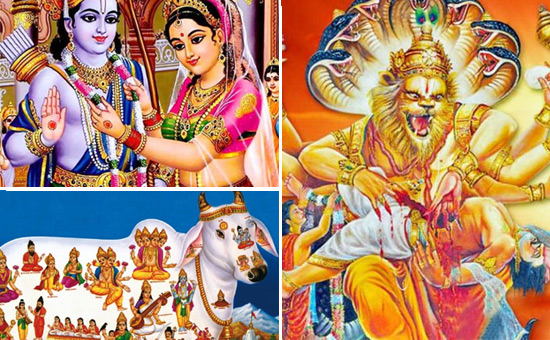
Stories of Bharat 3 - Kamadhenu, Sita Navami, Narasimha Jayanti
June 15 2019
Stories of Bharat 3 - Kamadhenu, Sita Navami, Narasimha Jayanti Read More...
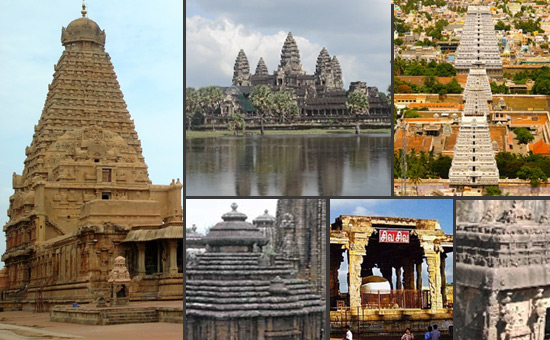
Appreciating Indian Temple Architecture - An Indian viewpoint
June 12 2019
Appreciating Indian Temple Architecture - An Indian viewpoint Read More...
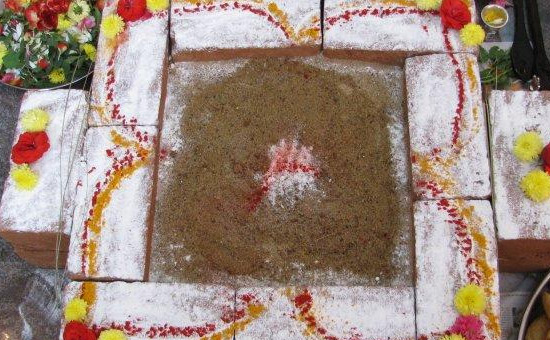
What is SAMSKRITI
What is SAMSKRITI Read More...
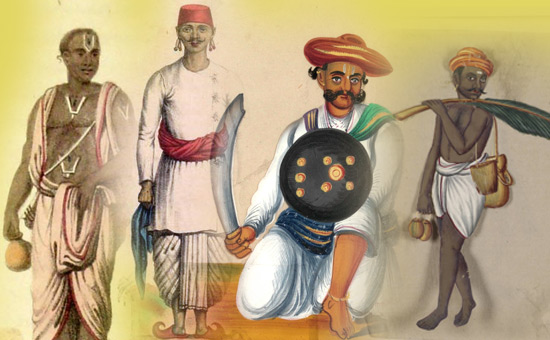
Recontextualizing Caste based on Swami Vivekananda`s Views & Postcolonial Ideology
By Dr R Lekshmi
June 6 2019
Recontextualizing Caste based on Swami Vivekananda`s Views & Postcolonial Ideology Read More...
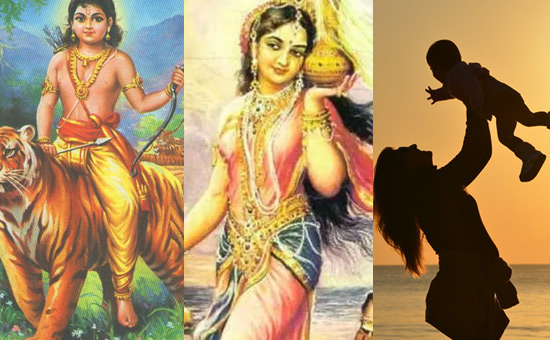
Stories of Bharat 2 - Mother`s Day, Mohini Avatar, Tiger stories Ayyappa
May 29 2019
Stories of Bharat 2 - Mother`s Day, Mohini Avatar, Tiger stories Ayyappa Read More...
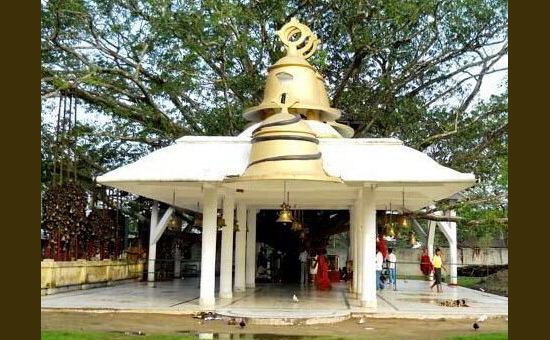
Bell Temple Assam - Tilinga Mandir
Bell Temple Assam - Tilinga Mandir Read More...
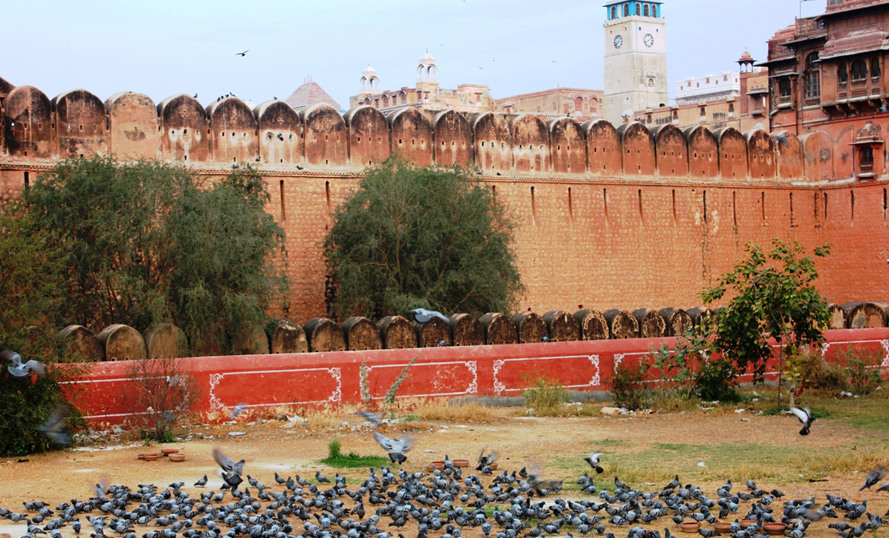
Why do Indians Worship Animals, feed them
By Raksha Paharia
May 22 2019
Why do Indians Worship Animals, feed them Read More...
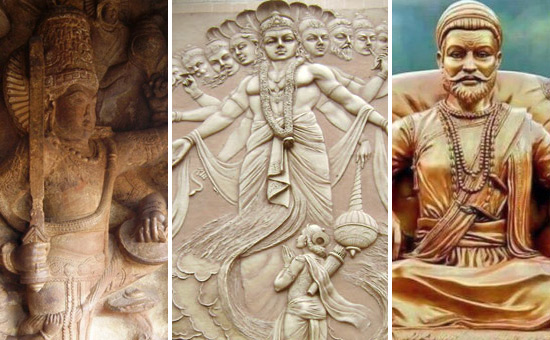
Stories of Bharat 1 - Guru, Ganga Saptami, Sambhaji Maharaj
May 20 2019
Stories of Bharat 1 - Guru, Ganga Saptami, Sambhaji Maharaj Read More...
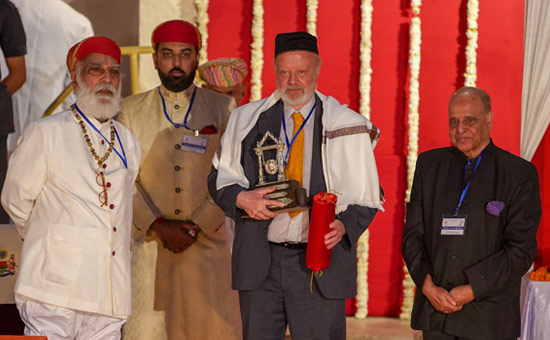
ZINC Mining in Zawar region of Rajasthan-Interview with Dr. Paul T. Craddock
By Vangmayi Parakala
ZINC Mining in Zawar region of Rajasthan-Interview with Dr. Paul T. Craddock Read More...
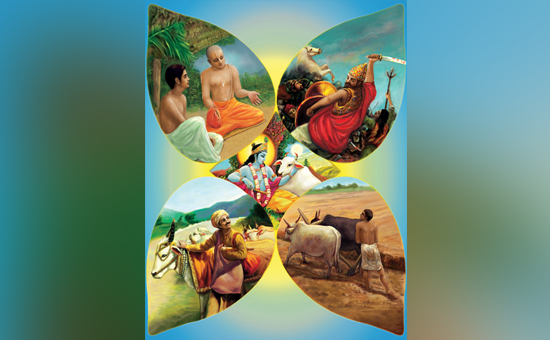
The concept of Varnashramadharma in Ancient Indian Society
April 22 2019
The concept of Varnashramadharma in Ancient Indian Society Read More...
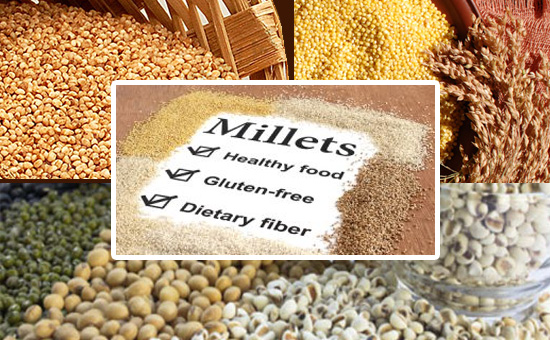
Benefits of Millets and Risks
By Devi Lakshmikutty
March 25 2019
Benefits of Millets and Risks Read More...
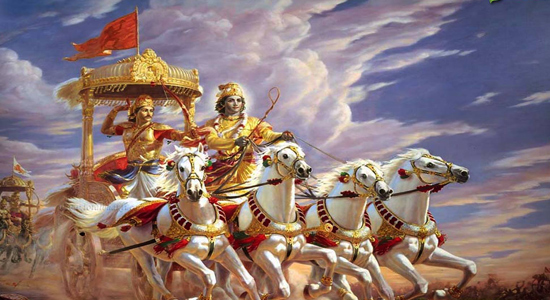
Reclaiming the Mahabharata for India`s 21st Century manifestation
By Gautam Chikermane
Reclaiming the Mahabharata for India`s 21st Century manifestation Read More...
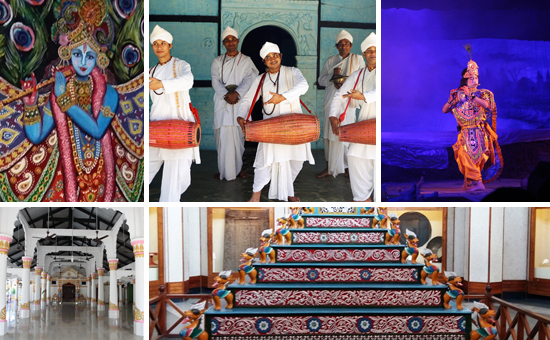
Teachings of SANKARADEVA Assam
February 9 2019
Teachings of SANKARADEVA Assam Read More...
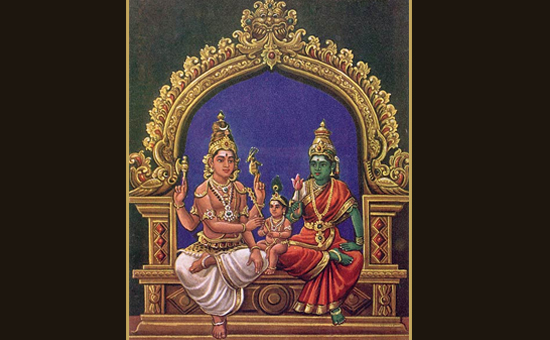
Sri Muruga and Traditional Knowledge Systems are intrinsic to Tamil Culture
February 4 2019
Sri Muruga and Traditional Knowledge Systems are intrinsic to Tamil Culture Read More...
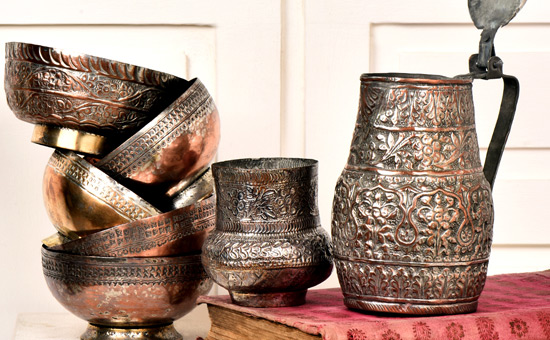
History of Copper Utensils
By Praveen Mishra
January 28 2019
History of Copper Utensils Read More...
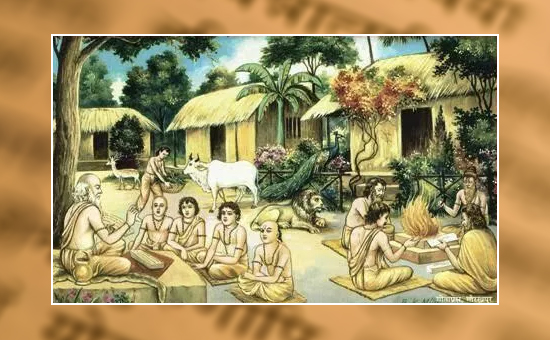
VEDIC VALUE SYSTEM, Why we are what we are
January 23 2019
VEDIC VALUE SYSTEM, Why we are what we are Read More...
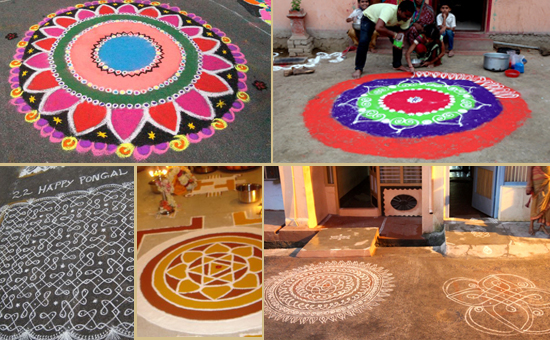
Significance of KOLAMS
January 20 2019
Significance of KOLAMS Read More...
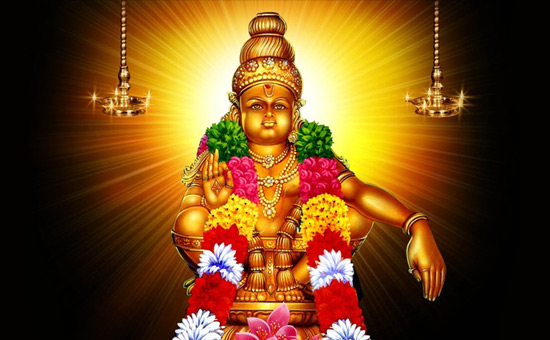
Sabarimala is also connected with Tamil Culture
January 1 2019
Sabarimala is also connected with Tamil Culture Read More...
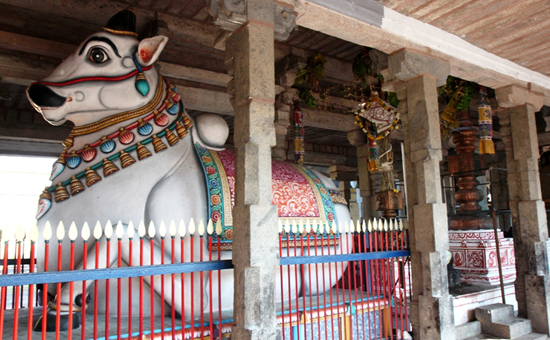
Symbolism of NANDI
December 17 2018
Symbolism of NANDI Read More...
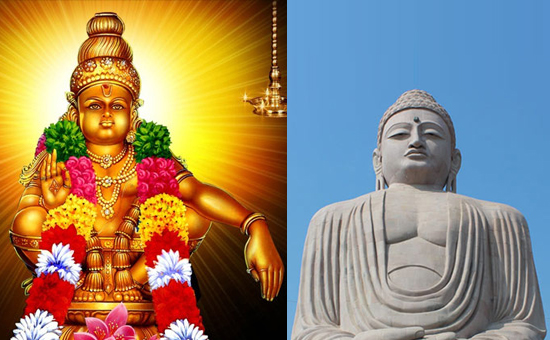
Was Sabarimala a Buddhist shrine and Jains persecuted
December 13 2018
Was Sabarimala a Buddhist shrine and Jains persecuted Read More...
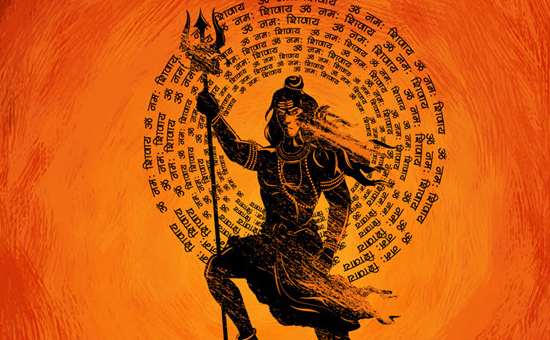
SIVA Tandava Stotra
December 8 2018
SIVA Tandava Stotra Read More...
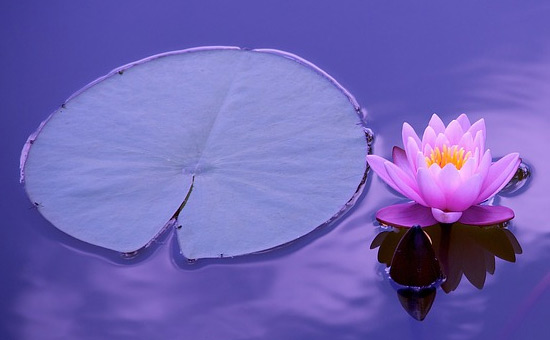
What does SHANTI mean
November 19 2018
What does SHANTI mean Read More...
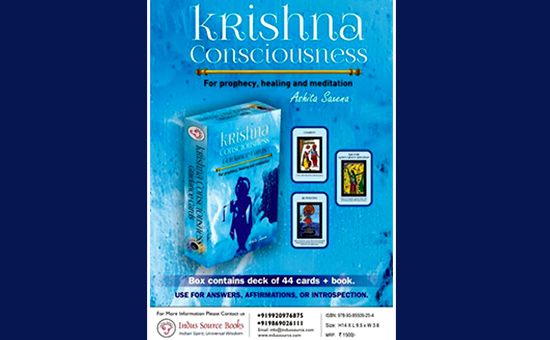
KRISHNA CONSCIOUSNESS GUIDANCE CARDS
By Ashita Saxena
KRISHNA CONSCIOUSNESS GUIDANCE CARDS Read More...
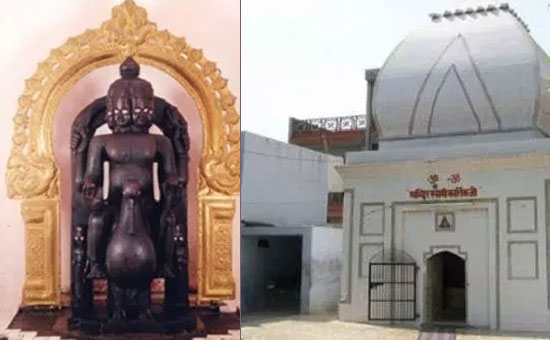
KARTIKEYA temple in Haryana
November 13 2018
KARTIKEYA temple in Haryana Read More...
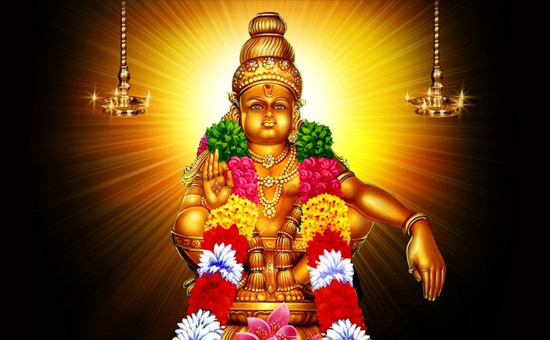
All you wanted to know about worship of Swami Aiyappan
By Bhawani Cheerath Rajagopalan
November 11 2018
All you wanted to know about worship of Swami Aiyappan Read More...
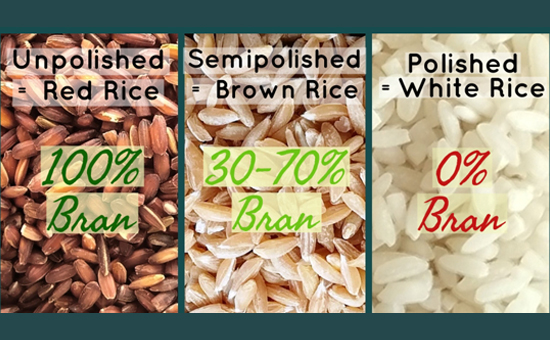
Traditional Rice Varieties of India
October 10 2018
Traditional Rice Varieties of India Read More...
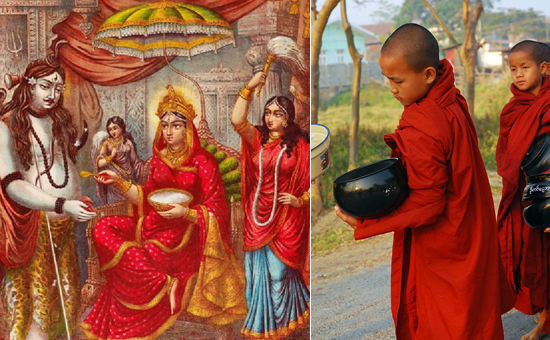
What does word DANAM mean
October 2018
What does word DANAM mean Read More...
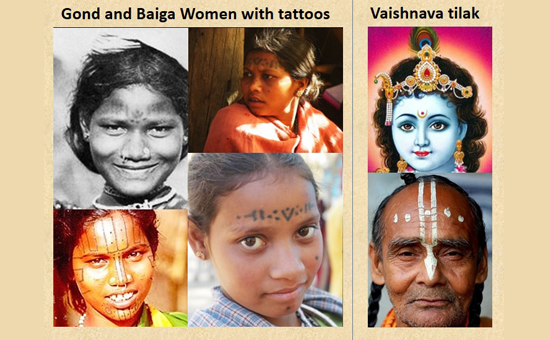
Connections between Krishna and the Gond Prophet Lingo
By Bibhu Dev Misra
September 2018
Connections between Krishna and the Gond Prophet Lingo Read More...
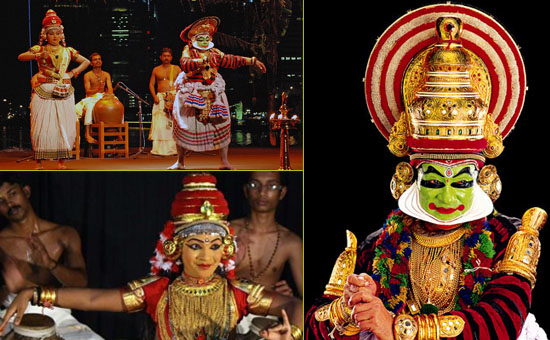
Kutiyattam is India`s oldest living theatrical art form
August 2018
Kutiyattam is India`s oldest living theatrical art form Read More...
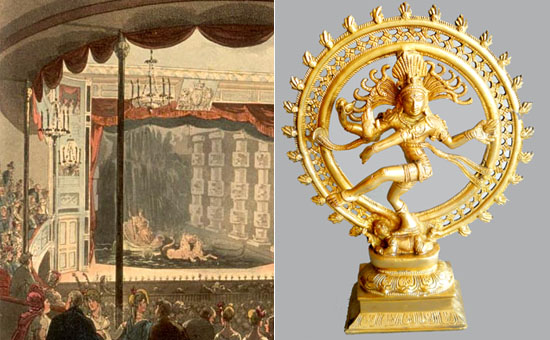
Creating Modern Drama with Natyashastra
By Rashma N. Kalsie
August 20 2018
Creating Modern Drama with Natyashastra Read More...
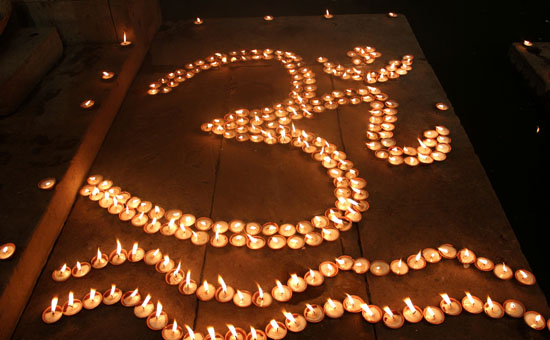
Coexistence of Hindu, Buddhist and Jain monuments and pilgrimages
Coexistence of Hindu, Buddhist and Jain monuments and pilgrimages Read More...
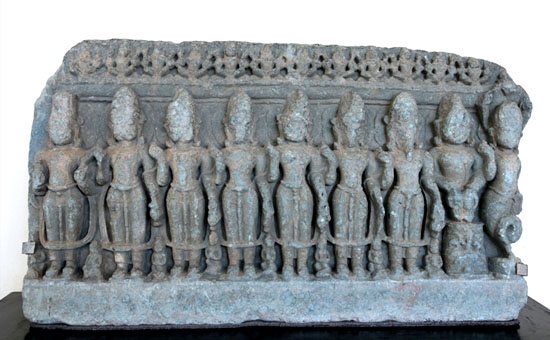
Worshipping the NAVAGRAHAS
Worshipping the NAVAGRAHAS Read More...
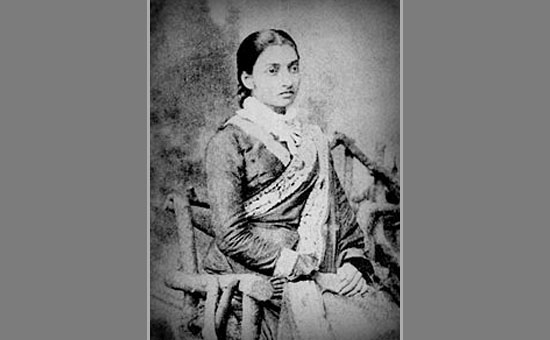
Jnanadanandini Devi Tagore is an unsung heroine who led a social revolution in Bengal during the 19th century
By Ninad Dange
Jnanadanandini Devi Tagore is an unsung heroine who led a social revolution in Bengal during the 19th century Read More...
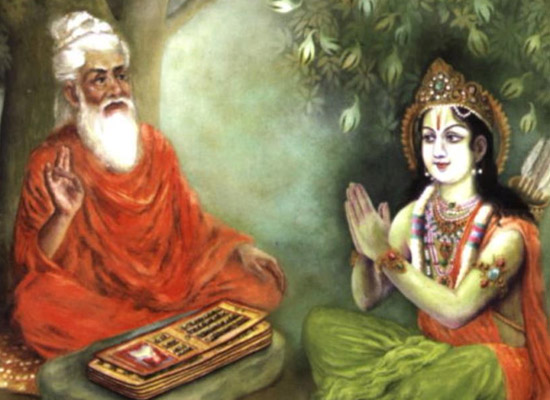
कौन होता है ऋषि?
कौन होता है ऋषि? Read More...
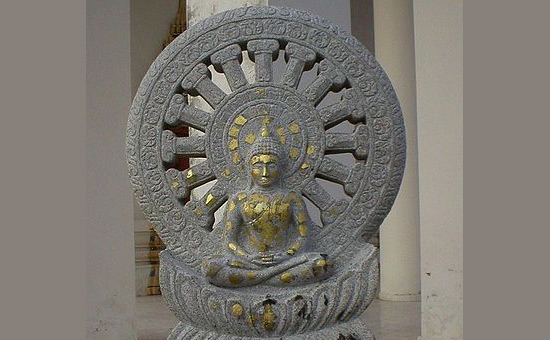
धर्म क्या है?
धर्म क्या है? Read More...
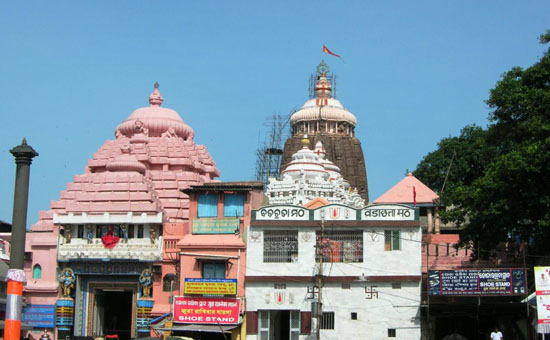
Why ONLY Hindus, Buddhists, Jains and Sikhs should be allowed entry into Puri Jagannath Temple
Why ONLY Hindus, Buddhists, Jains and Sikhs should be allowed entry into Puri Jagannath Temple Read More...
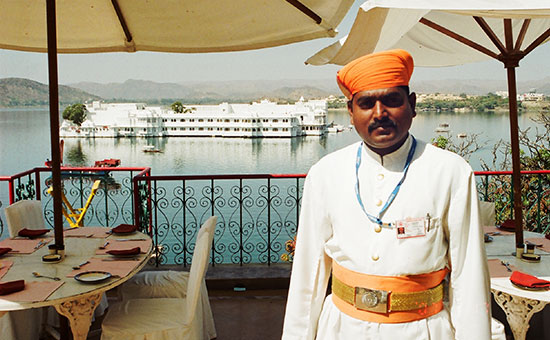
About Turbans of India
By Akanksha Gupte Puri
About Turbans of India Read More...
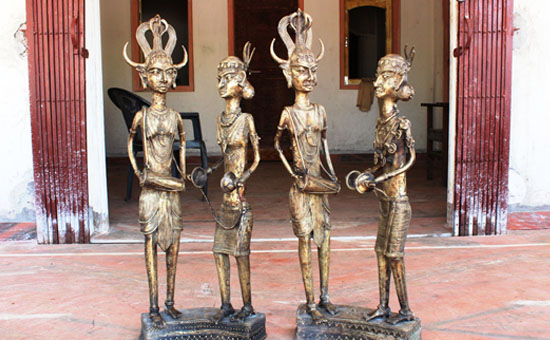
Bastar Craft and Culture
June 18, 2018
Bastar Craft and Culture Read More...
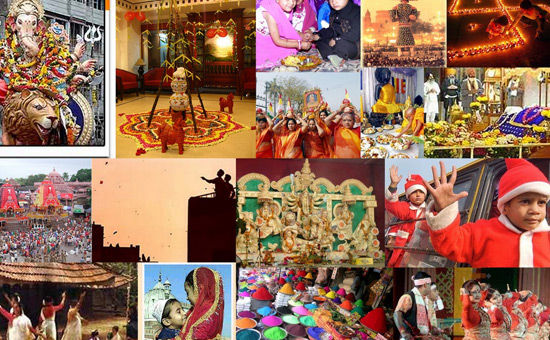
Culture is the root of Indian nationhood
June 12, 2018
Culture is the root of Indian nationhood Read More...
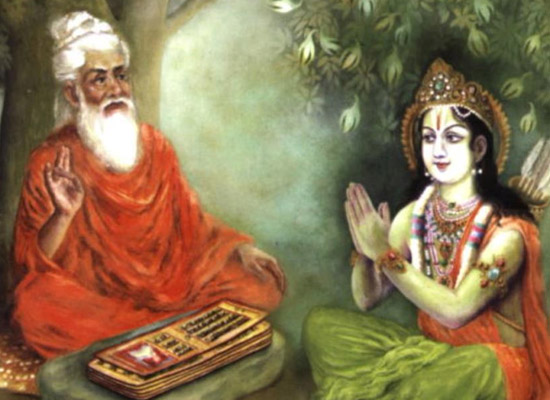
Who is a RISHI
June 7, 2018
Who is a RISHI Read More...
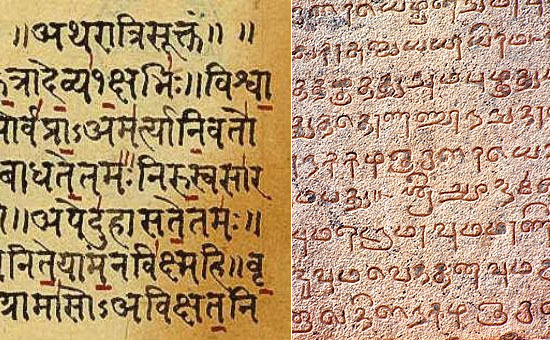
Learning the Mother Tongue
May 18, 2018
Learning the Mother Tongue Read More...
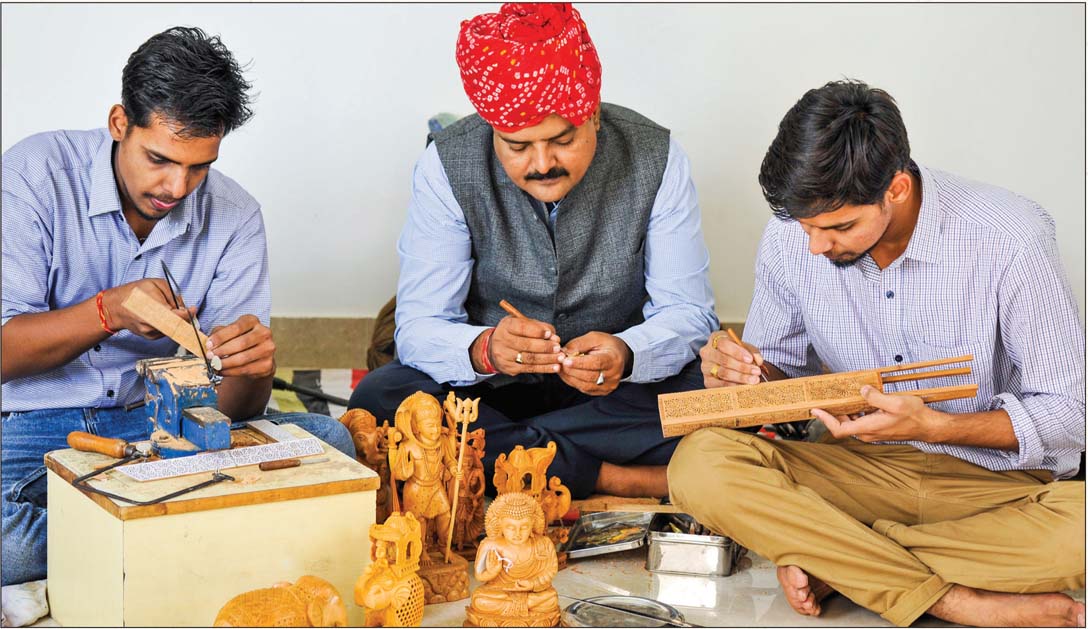
Masterful Carvers of Rajasthan
By Bhagwan Das Rupani
May 7, 2018
Masterful Carvers of Rajasthan Read More...
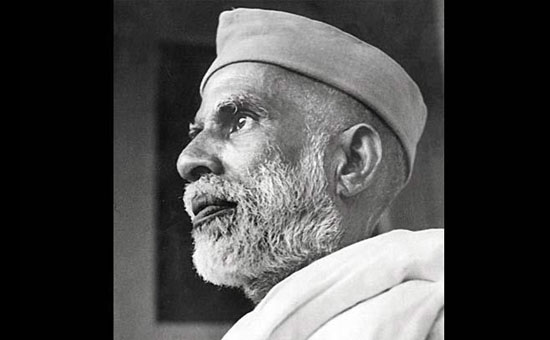
Two pundits on the road
By Niranjan Rajadhyaksha
April 18, 2018
Two pundits on the road Read More...
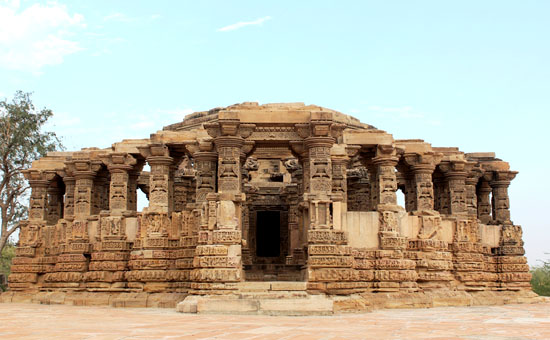
Kiradu Temples Barmer
March 22, 2018
Kiradu Temples Barmer Read More...
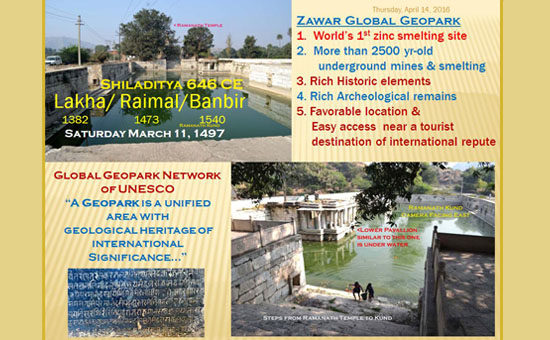
GEOHERITAGE of UDAIPUR Region
By Dr. Pushpendra Singh Ranawat
January 22, 2018
GEOHERITAGE of UDAIPUR Region Read More...
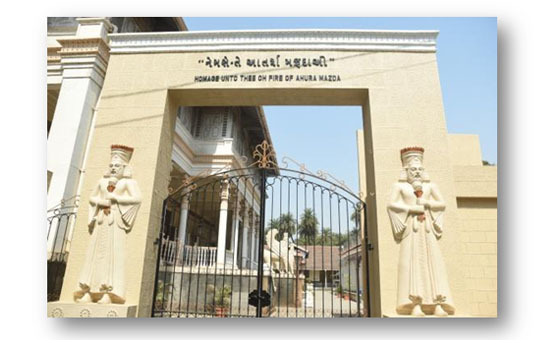
Introduction to PARSI Culture and Festivals
By Ishani Gupta
January 5, 2018
Introduction to PARSI Culture and Festivals Read More...
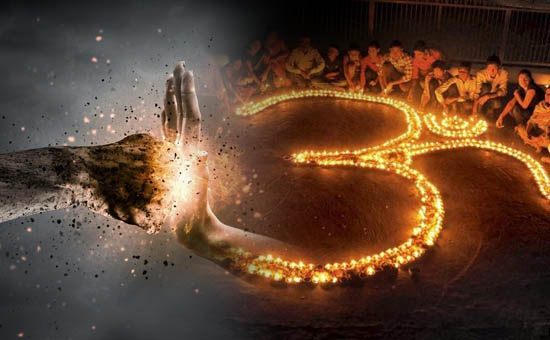
Reflections on Hinduphobia A Perspective from a Scholar - Practitioner
By Dr. Jeffery D. Long
January 4, 2018
Reflections on Hinduphobia A Perspective from a Scholar - Practitioner Read More...
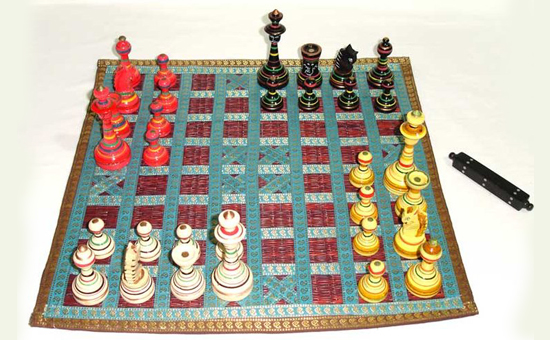
Origin of chess aka Chaturanga
By Pooja Bhatia
December 26, 2017
Origin of chess aka Chaturanga Read More...
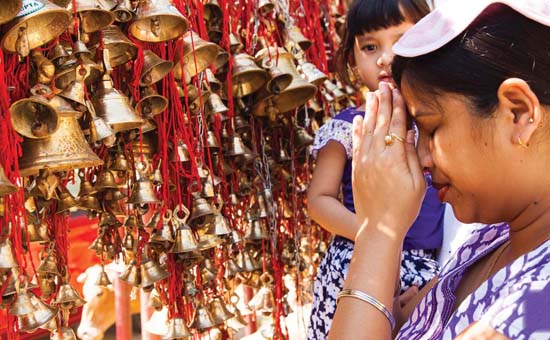
Assam the Land of Devotion
October 26, 2017
Assam the Land of Devotion Read More...
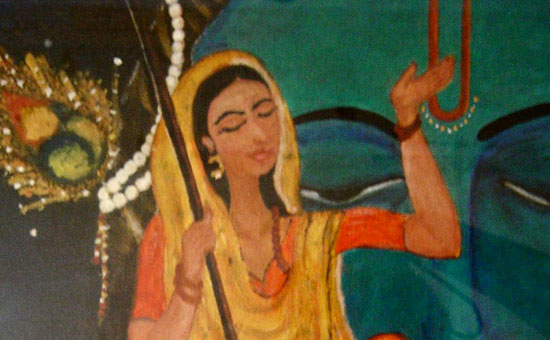
Mirabai Soulful Love of God
By Mariellen Ward
October 2017
Mirabai Soulful Love of God Read More...
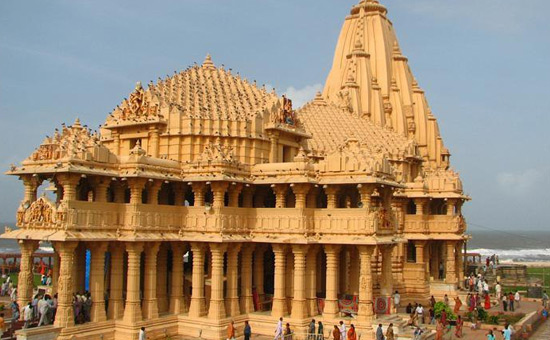
Light and Sound Show Somnath
By Vimla Patil
Light and Sound Show Somnath Read More...
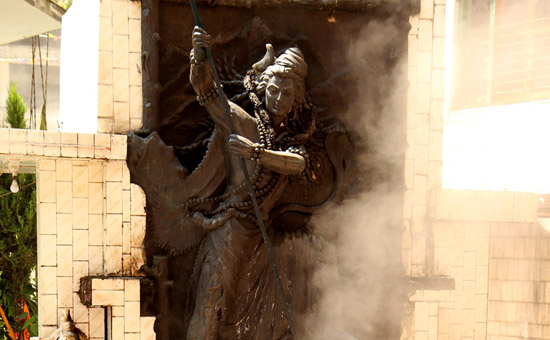
The Giant Dance of Shiva
By Shruti Bidwaikar
The Giant Dance of Shiva Read More...
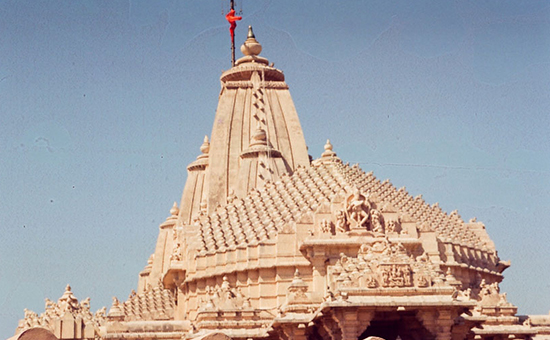
Chants & Shlokas at Somnath Light & Sound show
Chants & Shlokas at Somnath Light & Sound show Read More...

What is Dharma
What is Dharma Read More...

Sister Nivedita`s Observations on Indian History and Culture
By C Jayanarayanan
February 2017
Sister Nivedita`s Observations on Indian History and Culture Read More...

Approach to the study of Women in Sanskrit Buddhist Narrative Literature
By Dr. Kakali Ghosh
December 2016
Approach to the study of Women in Sanskrit Buddhist Narrative Literature Read More...

The magnificence of Somnath Temple
By Pooja Pandey
The magnificence of Somnath Temple Read More...

Mumbai is an excellent union of the old and the new
06 October 2016
Mumbai is an excellent union of the old and the new Read More...

Photographic Exhibition Temples of India
Photographic Exhibition Temples of India Read More...

The `BHAKTI MOVEMENT` of Maharashtra and Karnataka
The `BHAKTI MOVEMENT` of Maharashtra and Karnataka Read More...

The Beginning of Fire Worship and its Veneration in Indian Culture
The Beginning of Fire Worship and its Veneration in Indian Culture Read More...

On the man who knew infinity
By Ajit Balakrishnan
On the man who knew infinity Read More...

The men who knew infinity - India`s lost history of mathematical genius
By MINT editorial
The men who knew infinity - India`s lost history of mathematical genius Read More...
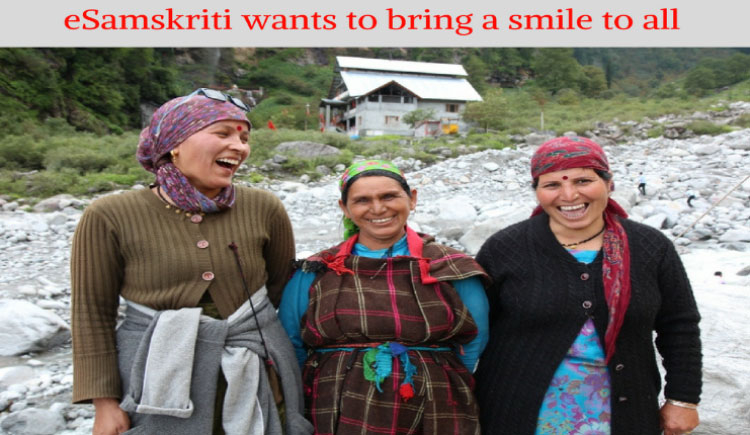

The INCREDIBLE WOMEN of Bharat
The INCREDIBLE WOMEN of Bharat Read More...

Our Cultural legacy and Bharatvarsh
By R.Upadhyay
Our Cultural legacy and Bharatvarsh Read More...

Cultural Orphans - Indians ashamed of their own heritage
By Major General Mrinal Suman
Cultural Orphans - Indians ashamed of their own heritage Read More...

Draupadi - A Complex Journey through Dharma, Status and Power
By Koral Dasgupta
November 2015
Draupadi - A Complex Journey through Dharma, Status and Power Read More...

Santhara - Civilisational ethos vs Canon Law
Santhara - Civilisational ethos vs Canon Law Read More...

Vedic Chanting and its Relation to Indian Music
By Dr. Subhadra Desai
Vedic Chanting and its Relation to Indian Music Read More...

Why do we in Indian Culture
By Vedanta Kesari
Why do we in Indian Culture Read More...
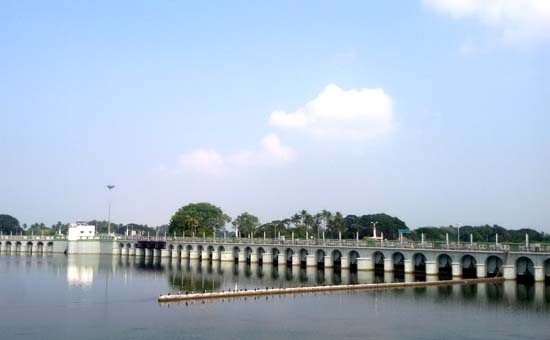
The Wonders of Indian Culture
By Swami Vivekananda
The Wonders of Indian Culture Read More...

Core Aspects of Indian Culture
By KS Viswanath
Core Aspects of Indian Culture Read More...

12 Major Achievements of Indian Civilization
By Michel Danino
12 Major Achievements of Indian Civilization Read More...

Uniqueness of Indian Culture
By K S Subramaniyam
Uniqueness of Indian Culture Read More...

The Spiritual Basis of Indian Culture
By Swami Brahameshananda
The Spiritual Basis of Indian Culture Read More...

Origin of Indian Culture
By nvc swamy
Origin of Indian Culture Read More...

Indian Culture and Indian Youth
By Aravindan Neelkandan
Indian Culture and Indian Youth Read More...

Bhakti in Indian Culture
By Swami Lakshmidharananda
Bhakti in Indian Culture Read More...

The Indian Tradition of Respecting and Celebrating Food
By Probal Ray Choudhury
The Indian Tradition of Respecting and Celebrating Food Read More...

Indian Women - The Custodian of India`s Ageless Culture
By Prema Nandakumar
Indian Women - The Custodian of India`s Ageless Culture Read More...

Is Indian Culture Spiritual
By Swami Dayatmananda
Is Indian Culture Spiritual Read More...

The Meaning of Samskriti or Culture
By Swami Harshananda
The Meaning of Samskriti or Culture Read More...

Dharma, the basis of Indian Culture
By Swami Sakhyananda
Dharma, the basis of Indian Culture Read More...

India`s Timeless Culture
India`s Timeless Culture Read More...

Indian Culture - Its Ageless Charm and Timeless Appeal
Indian Culture - Its Ageless Charm and Timeless Appeal Read More...

Women and Spirituality in the Hindu Tradition
By T S Rukmani
January 2015
Women and Spirituality in the Hindu Tradition Read More...

Divine Marriage - Meenakshi Temple Madurai
December 2014
Divine Marriage - Meenakshi Temple Madurai Read More...

The Divine Search - the Baul Singers of Bengal
The Divine Search - the Baul Singers of Bengal Read More...

Darshan of the Divine - Chola Bronzes
Darshan of the Divine - Chola Bronzes Read More...

Women and Environment Conservation
By Dwaita Hazra
November 2014
Women and Environment Conservation Read More...

The Knowledge superpower
By Shyam Sunder
The Knowledge superpower Read More...

Todai-ji Monastery Amalgamation of Indo Japanese Spirituality
By Sanjay Rao
October 2014
Todai-ji Monastery Amalgamation of Indo Japanese Spirituality Read More...

Eclipse - An Ancient Indian Perspective
By D.K.Hari and D.K.Hema Hari
Eclipse - An Ancient Indian Perspective Read More...

The Reality of the Kali Yuga
By Bhaskar Menon
September 2014
The Reality of the Kali Yuga Read More...

Can we save the immortal Ganga
By KP Prabhakaran Nair
Can we save the immortal Ganga Read More...

Jallikattu and the Pink Revolution
Jallikattu and the Pink Revolution Read More...

Women Seer-saints of India and Their Songs
Women Seer-saints of India and Their Songs Read More...

Ramayana - The Game of Life
February 2014
Ramayana - The Game of Life Read More...

20 kitchens like this feed 12 lakh children daily
January 2014
20 kitchens like this feed 12 lakh children daily Read More...

What Indian Youth Need to Know About Indian Culture
By M Pramod Kumar
What Indian Youth Need to Know About Indian Culture Read More...

What India can learn from Vidya Balan
What India can learn from Vidya Balan Read More...

Essence of Womanhood in India
By Swami Sandarshanananda
December 2013
Essence of Womanhood in India Read More...

A few questions on the Mahabharata and clarifications
By T.N.Sethumadhavan
A few questions on the Mahabharata and clarifications Read More...

Nandi Bull - The Mysterious and Unknown Temple
By Tanya Raj
October 2013
Nandi Bull - The Mysterious and Unknown Temple Read More...

Himalayan Tragedy- Is Kalidasa Prophecy Coming True
By Dr. Kusum Vyas
Himalayan Tragedy- Is Kalidasa Prophecy Coming True Read More...

Bhagavatpada Sankara and Dasanami Tradition
By Choodie Shivaram
Bhagavatpada Sankara and Dasanami Tradition Read More...

Different parts of India contributed to its Religious Life
Different parts of India contributed to its Religious Life Read More...

Rudra tandava of Ardhnarishwar
Rudra tandava of Ardhnarishwar Read More...

Kedarnath-Wrath of the Devas
Kedarnath-Wrath of the Devas Read More...

Diagnosing and Remedying Backwardness
By Madhu Kishwar
Diagnosing and Remedying Backwardness Read More...

HR and CE`s relentless iconoclasm
By Gomathi Chetty
HR and CE`s relentless iconoclasm Read More...

HR and CE razes Vijayanagar era temple
HR and CE razes Vijayanagar era temple Read More...

Shiva-A Confluence of Diverse Traditions
By Subrata Sanyal
Shiva-A Confluence of Diverse Traditions Read More...

India Growth- Caste as Social Capital
By Dr R. Vaidyanathan
India Growth- Caste as Social Capital Read More...

The Heritage of Vaishali
By Vinita Agarwal
The Heritage of Vaishali Read More...

An Amazing Phenomenon Called the Kumbha Mela
By Swami Ishadhyanananda
An Amazing Phenomenon Called the Kumbha Mela Read More...

Sri Lankan Reflections on Siva-A Response To Hoole
By Romesh Jayaratnam
Sri Lankan Reflections on Siva-A Response To Hoole Read More...

Etymology of Samantabhadri, Prajaparamita, Palden Lahmo and Taras names and parallel Hindu Goddesses
September 2012
Etymology of Samantabhadri, Prajaparamita, Palden Lahmo and Taras names and parallel Hindu Goddesses Read More...

Significance of Pitru Paksh, Shraaddh and Tarpan
Significance of Pitru Paksh, Shraaddh and Tarpan Read More...

Dynamics of Morality and Justice in the Smritis
By Swami Samarpananda
Auguest 2012
Dynamics of Morality and Justice in the Smritis Read More...

Demystifying Caste
Demystifying Caste Read More...

A poem titled `Lifeline of India`
A poem titled `Lifeline of India` Read More...

Alavandar- The Glory of a King and a Saint
By Sangeeta Venkatesh
Alavandar- The Glory of a King and a Saint Read More...

THE ORIGIN OF THE SAREE
THE ORIGIN OF THE SAREE Read More...

The little known birdlife of Konkan
The little known birdlife of Konkan Read More...

Is the Panchatantra just bed time stories
By Ram Lingam
Is the Panchatantra just bed time stories Read More...

But what about the original Satyameva Jayate
But what about the original Satyameva Jayate Read More...

Indians and Europeans -divided or united by DNA
By Rakesh Krishnan Simha
Indians and Europeans -divided or united by DNA Read More...

TEN Architectural wonders of India
TEN Architectural wonders of India Read More...

Ravana, Atma-Linga and Murdeshwara
January 2012
Ravana, Atma-Linga and Murdeshwara Read More...

Relevance of the Mahabharata
By Dr Narendra Kohli
December 2011
Relevance of the Mahabharata Read More...

Why Indian food is not just `CURRY`
October 2011
Why Indian food is not just `CURRY` Read More...

When Amrit or Nectar comes to the Earth
When Amrit or Nectar comes to the Earth Read More...

The Puratan Shivalaya in Ambernath Maharashtra
September 2011
The Puratan Shivalaya in Ambernath Maharashtra Read More...

Sacred Symbols in Indian Culture
Sacred Symbols in Indian Culture Read More...

Coconut - Fruit of Lustre in Indian Culture
Coconut - Fruit of Lustre in Indian Culture Read More...

Animals in Indian Culture create an `inclusive universe`
Animals in Indian Culture create an `inclusive universe` Read More...

How much do we know about Cave architecture of India
August 2011
How much do we know about Cave architecture of India Read More...

The World`s Most Romantic Leaf is Heart-Shaped
The World`s Most Romantic Leaf is Heart-Shaped Read More...

Chidambaram Temple and the Podu Dikshitars
By T R Ramesh
Chidambaram Temple and the Podu Dikshitars Read More...

What does your BINDI say about you
What does your BINDI say about you Read More...

India is home to 25000 wild elephants - the largest Asian elephant population in the world
India is home to 25000 wild elephants - the largest Asian elephant population in the world Read More...

South Indian Bronzes- Masterpieces of Indian Art
South Indian Bronzes- Masterpieces of Indian Art Read More...

Why is `Akshaya Tritiya` a day for GOLD
Why is `Akshaya Tritiya` a day for GOLD Read More...

Siva- His Form and Cosmic Dance
January 2011
Siva- His Form and Cosmic Dance Read More...

Evolution of Baidya Community of Bengal - Its Origin and development
By Dr.K.K.Debnath
December 2010
Evolution of Baidya Community of Bengal - Its Origin and development Read More...

Bharat Varsha India- a monsoon island
September 2010
Bharat Varsha India- a monsoon island Read More...

Surya, the `destroyer of darkness`
Surya, the `destroyer of darkness` Read More...

Dance of the Peacocks
Dance of the Peacocks Read More...

Dhamma-Ashoka`s 4 -way moral code is the need of the hour
Dhamma-Ashoka`s 4 -way moral code is the need of the hour Read More...

Traditional Methods of Water Harvesting and applicability
By Manisha Sharma Shahida Khan and Aarti Shah
Traditional Methods of Water Harvesting and applicability Read More...

Durga Saptashati (Devi Mahatmyam)
Durga Saptashati (Devi Mahatmyam) Read More...

Vithoba of Pandharpur
By Dr Suruchi Pande
Vithoba of Pandharpur Read More...

Saraswati the lost river
January 2009
Saraswati the lost river Read More...

Understanding Hinduism
By Shri Swaminarayan Mandir, Neasden, London
April 18, 2005
Understanding Hinduism Read More...

Andal the Divine maiden
By S Venkatesh
Andal the Divine maiden Read More...

Eco-Religion of the Bishnois of Rajasthan
By Dr Kiran Prasad
Eco-Religion of the Bishnois of Rajasthan Read More...

Five Elemental Women
February 2008
Five Elemental Women Read More...

Foundations of Indian Culture
Foundations of Indian Culture Read More...

Hindu Calendar 2006
Hindu Calendar 2006 Read More...

Hindu women as life partner
By Dr Usha Kapoor
August 2005
Hindu women as life partner Read More...

How does the West look at Indian Culture
How does the West look at Indian Culture Read More...

Questions and Answers Indian Culture
Questions and Answers Indian Culture Read More...

Religious Development in India
Religious Development in India Read More...

Sacred Trees of the Hindus
Sacred Trees of the Hindus Read More...

Seven Sacred Rivers
Seven Sacred Rivers Read More...

The importance of Saucha in our lives
January 2005
The importance of Saucha in our lives Read More...

The romance of the wine glass
The romance of the wine glass Read More...

The Spiritual Heritage of India
By Dr. Sudipta Dutta Roy
September 2002
The Spiritual Heritage of India Read More...

Vanaprastha Ashrama for the present Age
By Dr. Pratima D Desai
January 2008
Vanaprastha Ashrama for the present Age Read More...

Who is a Guru
By Dr. Vispi Jokhi
Who is a Guru Read More...

Who is a Hindu
December 2004
Who is a Hindu Read More...

What can today`s Enterpreneurs learn from India`s past
What can today`s Enterpreneurs learn from India`s past Read More...

Adv. Madhavdas Mamtani

Ajit Balakrishnan

Akanksha Damini Joshi

Akanksha Gupte Puri

Anand Krishna

Anmol Bains

Anugrah Lakshmanan

Anuradha Goyal

Aravind Gopal

Aravindan Neelkandan

Arjun Kumar

Ashita Saxena

Atharva Forum

B S Harishankar
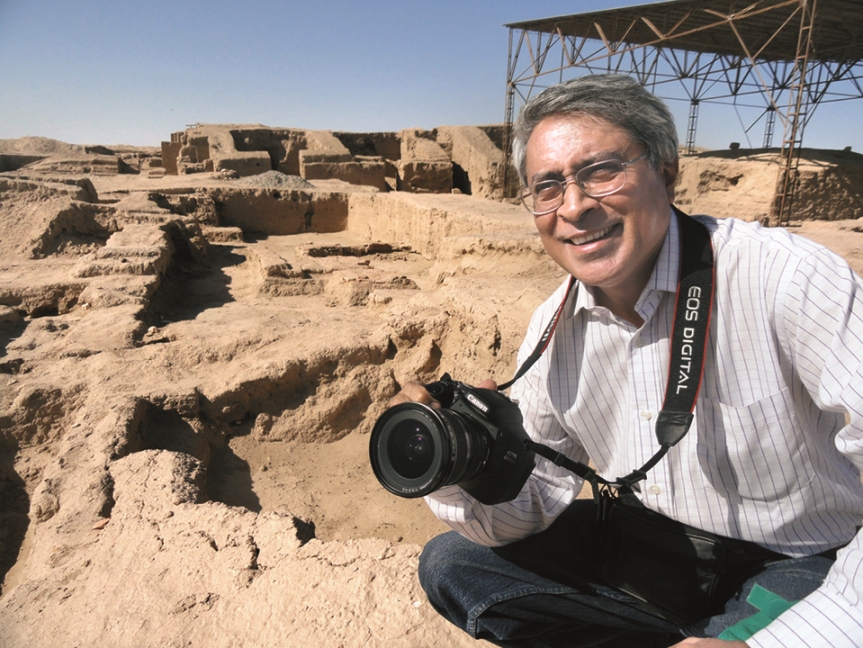
Benoy K Behl

Bhagwan Das Rupani

Bhaskar Menon

Bhawani Cheerath Rajagopalan
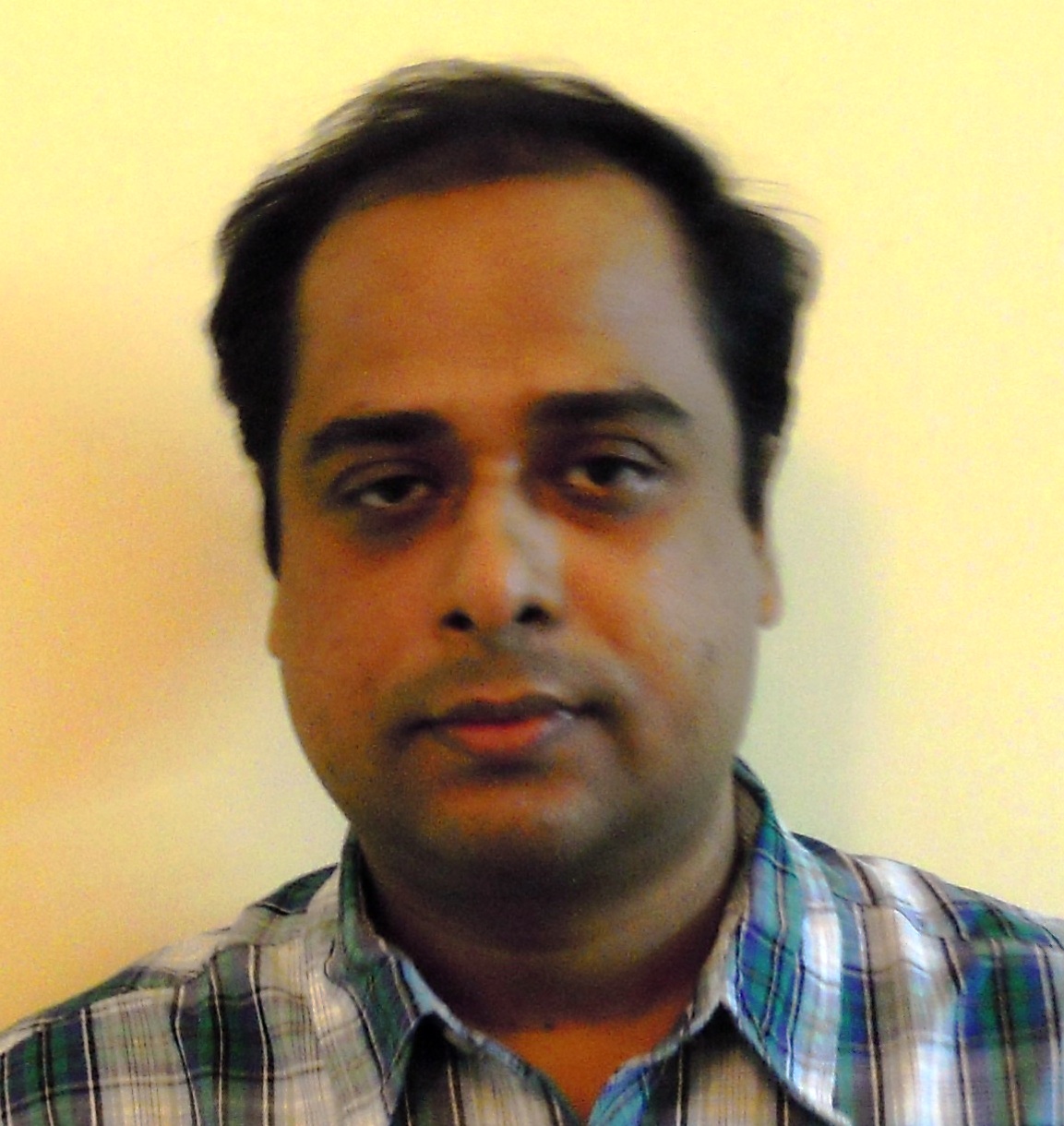
Bibhu Dev Misra

Bindu Krishnan

C Jayanarayanan

Chaitanya Chinchlikar

Chandarshekhar Tewari

Chandra Venkatasubramaniam

Choodie Shivaram

D.K.Hari and D.K.Hema Hari

Debi Prasanna Nanda

Deep Joy Dey Mazumdar

Deepika Kothari and Ramji Om

Dev Raj Agarwal

Devi Lakshmikutty

Devi Ravindraraj

Dr (Major) Nalini Janardhanan

Dr Chithra Madhavan

Dr Ketu Ramachandrasekhar

Dr Kiran Prasad

Dr MRITYUNJAYA ATHREYA

Dr Narendra Kohli

Dr Nidhi Mishra

Dr Prachi Moghe

Dr R Lekshmi

Dr R. Vaidyanathan

Dr Sampadananda Mishra
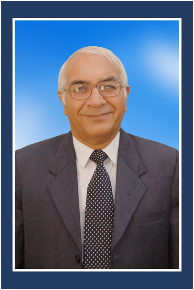
Dr Satish K Kapoor

Dr Seshadri Kannan

Dr Suruchi Pande

Dr Usha Kapoor

Dr V. Nithyanantha Bhat

Dr Varada Sambhus

Dr Vivek Verma

Dr. Jeffery D. Long
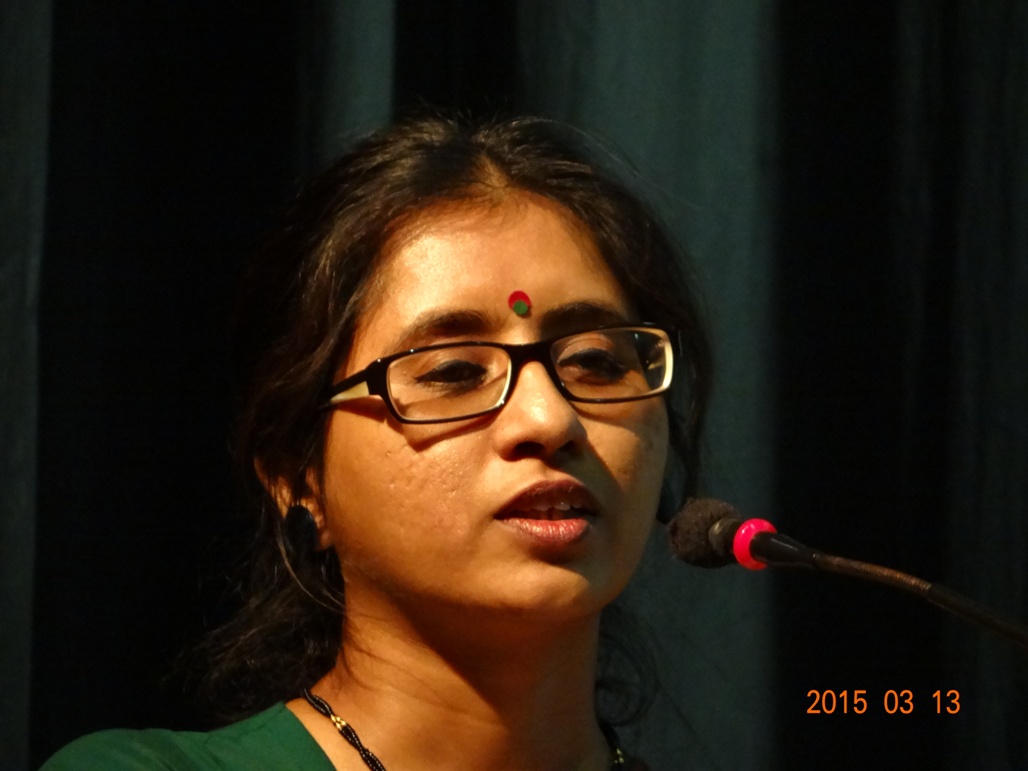
Dr. Kakali Ghosh

Dr. Kusum Vyas

Dr. Minal Mehta

Dr. Pratima D Desai

Dr. Pushpendra Singh Ranawat

Dr. Subhadra Desai

Dr. Subhasis Chattopadhyay

Dr. Sudipta Dutta Roy

Dr. Ujjwala Anand Palsuley

Dr. V. Gouri Suresh

Dr. Vispi Jokhi

Dr.K.K.Debnath

Dwaita Hazra

Gautam Chikermane

Gomathi Chetty

IIT Kharagpur

Indira Krishnakumar

Isha Priya Singh

Ishani Gupta

Justin Osborne

Jyoti Subramanian

K S Somesvara

K S Subramaniyam

K.R.K. Murthy

Kalyan Gullapalli

Koral Dasgupta

KP Prabhakaran Nair

KS Viswanath

Kumudha Venkatesan

Lakshmi Sarma

Lalita Ramakrishna

Lavina Melwani

M Pramod Kumar

M R Narayan Swamy
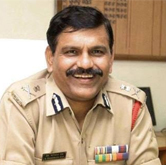
M. Nageswara Rao

Madhu Kishwar

Maharana Mewar Historical Publ

Major General Mrinal Suman

Manisha Sharma Shahida Khan and Aarti Shah

Mariellen Ward

Mata Amritanandamayee

Meenakshi Sharan

Mehrangarh Museum Trust

Michel Danino

MINT editorial

Mohit Midha

Monidipa Bose Dey

N Sai Prashanthi

Namrata Wakhloo

Nanditha Krishna

Navtej Singh

Neerja Bhatt

Nikki Thapa

Ninad Dange

Niranjan Rajadhyaksha

Nitin Kotak

Padmini Natarajan

Piyush Goel

PK Narayanan

Polly Rajkhowa

Pooja Bhatia

Pooja Pandey

Pradip Krishen

Prateek Nayak

Praveen Mishra

Prema Nandakumar

Priya Kumari

Priyanka Dalal

Probal Ray Choudhury

R P N Sinha

R Ramdas Thampuran

Rajiv Malik

Rajkumar Sanatomba Singh

Rakesh Krishnan Simha

Raksha Paharia

Rashma N. Kalsie

Rituja Mokal

RKM Kolkata

Rohit Pathania

Romesh Jayaratnam

Rudransha Tamilar Veeravilayat

S Mani Iyer

S Venkatesh

Sandhya Jain

Sangeeta Venkatesh
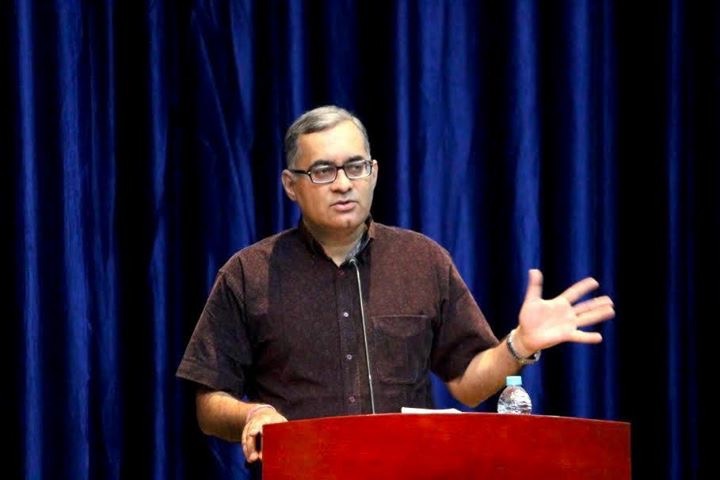
Sanjeev Nayyar

Satguru Bodhinatha Veylanswami

Seema Burman

Shalini Asha Bhaloo

Shankari Prasad Basu

Shashank Poddar

Shefali Vaidya

Shreerang Masurkar

Shri Swaminarayan Mandir, Neasden, London

Shruti Bidwaikar

Shubhavilas Das

Shyam Sunder

Siddharth Shetty

Sivamurugan

Sreekumari Ramachandran

Subhash Kak

Subrata Sanyal

Sumesh Subramanian

Sunitha Madhavan

Sushant Kumar

Swami Alokananda

Swami Brahameshananda

Swami Dayatmananda

Swami Dhyanagamyananda

Swami Harshananda

Swami Ishadhyanananda

Swami Lakshmidharananda
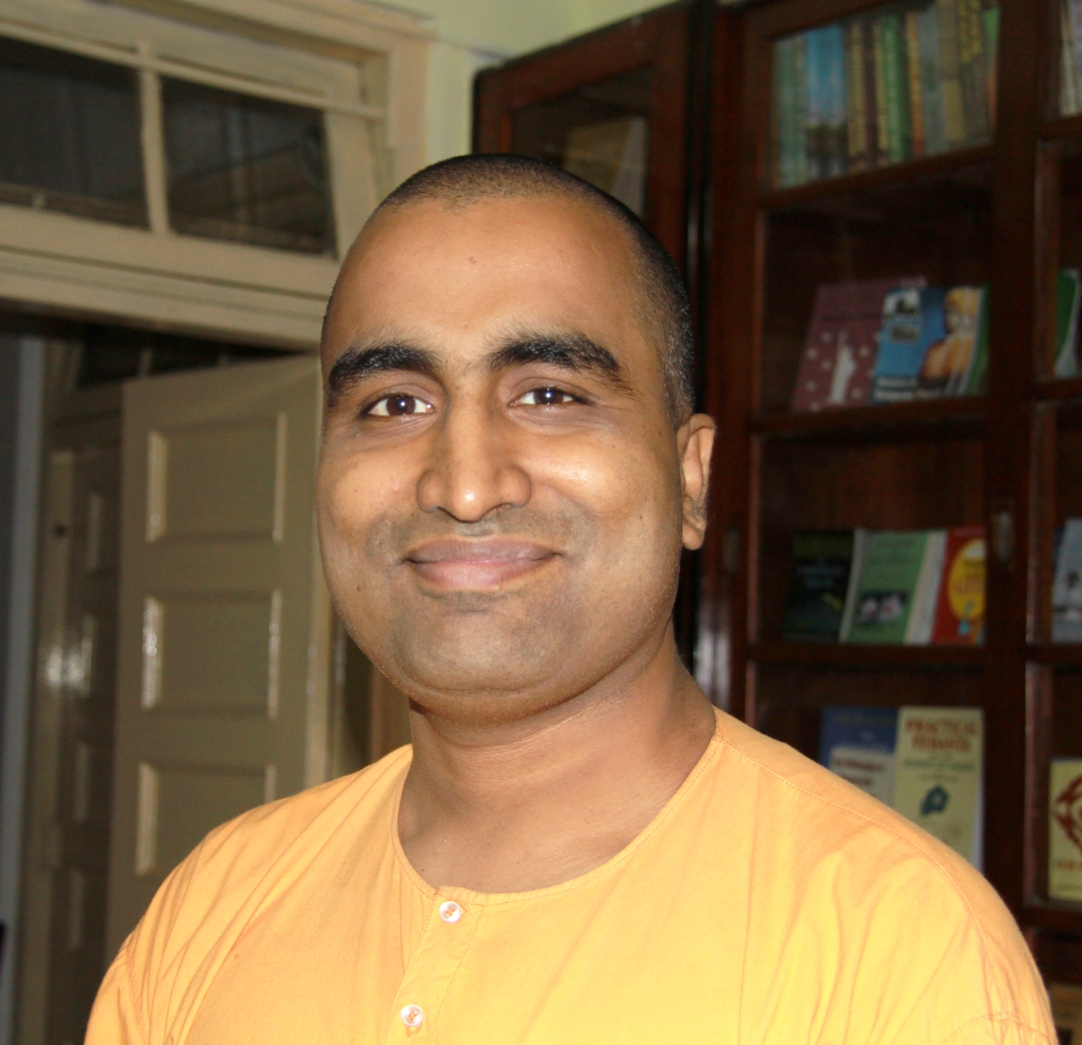
Swami Narasimhananda

Swami Sakhyananda

Swami Samarpananda

Swami Sandarshanananda
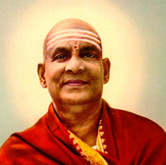
Swami Sivananda
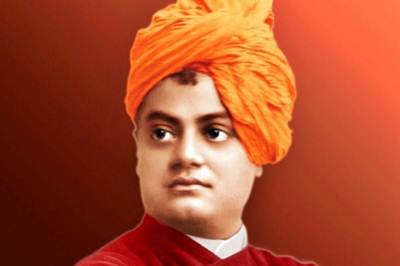
- Swami Vivekananda

T S Rukmani
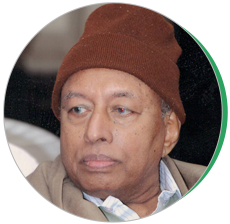
T.N.Sethumadhavan

Tejas Srinivasan

Uma Maheswari

Vangmayi Parakala

Vedanta Kesari

Venkatachala I. Sreenivas

Vidyasagar Tontlapur

Vimla Patil
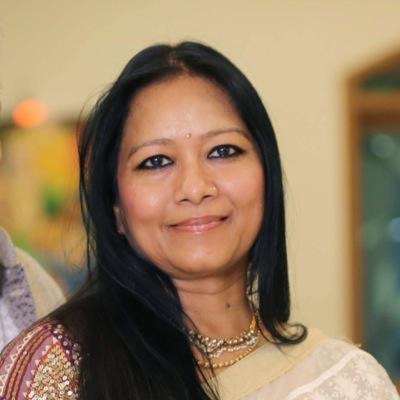
Vinita Agarwal

Vishwanath Iyer

VP Raghavan

Well Wisher

Yogacharya Dr Ananda Balayogi
Most read article, about esamskriti.
- Why and How
- Sanjeev's Message
- Expressing Gratitude
Useful Links
- Plagiarism Policy
- Pictures Policy
- Terms of Use
- Buy pictures
To Contribute
- Photographs
- Indian Army Welfare Fund
- Spirituality
- National Affairs
- Special Sections
- Outside India
Stay Connected
Please type your specific search or go through our recommended links
- Bhagawad Gita
- Temples of India
- Education India
- Janmasthami & Krishna
- Durga Puja, Dussehra & Diwali
- Commentary on Upanishads
- Yoga Asanas and Therapy
- Dr Babasaheb Ambedkar
- Indian Women
- Karma and Reincarnation
- Ganesha & Ganesh Chaturthi
- Shivaratri and Shiva
- Who is a Minority
- India Japan Ties
Interested in our Newsletter?
Please enter password to view this album.
80 Indian Culture Essay Topic Ideas & Examples
🏆 best indian culture topic ideas & essay examples, 📌 interesting topics to write about indian culture, 🥇 simple & easy indian culture essay titles, 💡 good research topics about indian culture.
- Cultural Competence: Indian Culture and Healthcare They also believed that, the disease was heredity and that if one member of the family suffered from one of the diseases, chances that somebody from the same family would contract the disease are high.
- The Influence of Ramayana on the Indian Culture If one considers the image provided in the work with the work itself, one notices the detailed depiction of the life and activities of the protagonist. We will write a custom essay specifically for you by our professional experts 808 writers online Learn More
- Servant Leadership in Indian Culture and Hindu Religion The basis of this approach is the reorientation of the values of the leader, who considers the empowerment of followers as a means and goal of his activity.
- Indian Custom and Culture Community For example, there were various activities used to illustrate this marking, and these would include invitation and welcoming of the bridegroom, exchange of flower garlands, presentation of the would-be wife, the ceremony of the sacred […]
- American Culture and Indian Culture Comparison Children in India are raised mostly in patriarchal joint family systems, and the head of the family is usually the senior most male, in most cases the grand parents of the child.
- Indian and Greek Cultures Comparison Although modern India is a mixture of cults and beliefs, the ancient religion of Hinduism is still strong among the people.
- Relations Between Homosexuality and Indian Culture Lesbianism is a relatively silent practice in India as opposed to gay practice and even the organizations for women do not really advocate for or promote it.
- British Colonialism and Its Impact on Indian Culture Though the Indians resisted Britain’s rule they were unable to overcome the British soldiers’ tactics and weapons hence the British East India Company took the region as its colony for trading and governance purposes. Britain […]
- Indian Culture and Its Distinctive Qualities Indian culture is one of the oldest in the world and truly one of the most influential due to the number of Indians that inhabit the Earth.
- The Blackfoot Indians Culture and Historical Heritage The Reservation of the Blackfoot Indians is the place of residence to over 17 thousand members of the given nation and spans 1,5 million acres.
- Indian Culture: Dances of Rajasthan Diwali is one of the major festivals in the country. Ghoomar dance is also common in the region.
- Understanding the Significance of Diwali as a Representation of Indian Culture The aim of this thesis is to understand the close relationship between the popular Hindu festival, Diwali and efforts being made by the global Indian diaspora to perpetuate their old country’s traditions and culture in […]
- Indian Culture, Food, Temples, and Clothing Key Terms: Traditional dresses, Indian fashion, saree, headgear Claim: Despite the inevitable impact of globalization and westernization, India is a country that could preserve its culture by wearing traditional clothes. It is normal to see […]
- Communicating Cross-Culturally: Indian and Japanese Workers The purpose of this presentation is to propose ways in which a virtual team consisting of Indian and Japanese employees can be motivated.
- The Practice of Counseling in the US and Indian Culture Owing the varied nature of the constituents of this culture, there is a large and continually expanding evolution of the Indian culture especially as regards religion, beliefs and societal values that is quite influential to […]
- Culturally-Relevant Interventions for Indian Children The culture of American Indian children have customs and traditions related to the care of children with chronic illness, abuse, substance abuse, and mental illness.
- Indian Cultures the “White Man” Tried to Remove The hair in the Indian culture is therefore connected to the character trait of basing a culture on symbols. The fourth Indian culture, the “white man,” also tried to steal from the Indians their attire.
- The Cultural Misappropriation of the Cleveland Indians The cultural misappropriation of the Cleveland Indians, an American ball club, has been a practice that has continued for a long time because of the unresolved contention encompassing its logo and Name. The essay discusses […]
- Mdewakanton Dakota, Sioux Indian Tribe of Red Wing: Cultural Orientations Ethnocentrism is one of the signs characterizing the attitude of people to the Native Americans and in particular to the Mdewakanton tribe.
- Culturally Competent Care in Indian Health Service Such a situation requires the physicians and nurses to fully understand the needs of the patients. The paper argues that the IHS is an embodiment of the application of cultural competence in healthcare.
- Gulf’s Indian Ocean Connections and Cultural Exchanges The persistence of Indian Ocean-Gulf trade due to demand of the goods resulted in a mixture of heritage and culture from the sailors, fishers, and traders from the western Indian Ocean system.
- Ancient Indians Historical and Cultural Way of Life Visiting of the historical and cultural museums is the integral part of the enrichment of your knowledge about the way of life of certain cultural groups.
- Myths: Daphne and Ahalya. Greek and Indian Culture Mythology The book describes the Creation of the World and continues to the time of Julius Caesar and is considered as a mythic-historical document.
- The Possibility of Modernizing Indian Culture The Indian culture is based mainly upon the traditions prevailing in the times of Emperor Asoka and the secular rule of Akbar. In the Indian culture, the youth is supposed to show this respect by […]
- Iroquois Indians Culture and History Review Much of what we know of ancient culture is brought to us in the form of stories; either the stories of the descendants of the stories of outsiders.
- Taensa Indians Culture Analysis So it is due to this fact that most of the Taensas are getting discrimination in most of the activities like in business, sharing of the economic resources and the land rights of these people.
- Indian Culture and Its Building Blocks The purpose of this paper is to discuss the building blocks of a culture that is different from that of the author of this writing.
- Cultural Diversity: Chippewa Indians There were overt attempts to racially segregate the Indians in a successively smaller area, and the Indians were ultimately left to the mercy of the US government.”The said Chippewa Indians surrender to the United States […]
- Indian vs. American Cultural Heritage and Traditions Usually, the representatives of different races and nationalities enter countries that are not their native, adding diversity to the homogeneous people of that state.
- American Indians and Cultural Assimilation Laws At the end of the eighteenth century, the government of the United States was concerned about the problem of cultural heterogeneity.
- Cultural Diversity: Indians and White Americans As it is said in the lectures by Harvey and Allard, the issue of discrimination is not only based on the factors of race or ethnicity.
- Indian Spiritualism in Cross-Cultural Perception In this case, the interviewee can be referred to as a medium as she claims to have the ability to communicate with the dead.
- Canadian Indians, Métis, and Inuit Material Culture The relevance of this book is identified by problems of modern history and anthropology and, mainly, by the need to examine the representation of artifacts of the First Nations as well as by the need […]
- Udayan Care: Indian Culture Care Community The analysis started with a narrative of the background of Udayan Care, especially as compared to the institutionalized care given by the government and private homes in India and the West.
- Traditional Food Culture in the Indian Religion As demonstrated by this particular author, the traditional food culture is important in the Hindu religion because of the fact that food “speaks” a language that conjoins the gross and the subtle, body and spirit, […]
- Views of Benjamin Franklin on Indian Culture The tenacity with which the Indians held to their traditions came out clearly in the treaty of Lancaster in Pennsylvania. A juxtaposition of civilization in the eyes of the Indians to the western countries is […]
- Native American Culture and American Indians However, the history of the USA has come through the colonization and many people who now inhabit the continent are not the Native Americans.
- Understanding the Significance of Diwali as a Representation of the Indian Culture People refer the festival to as the festival of Sweets. In the South East Asia, and Indian populations elsewhere in the world, people celebrate the Diwali somewhat differently.
- Cheyenne Indians History and Culture Furthermore, it was to emphasize the unique powers and the superiority of the chief priests and the prophets in the community.
- Hinduism’s Cultural and Religious Opinions As a result, it is not easy to trace the history of Hinduism and the Hindus are not concerned about the specific dates when the religion might have started.
- Historical Analysis of 19th Century Indian Culture
- American and Indian Culture: Comparative Analysis
- Overview of American Indian Culture Before 1763
- American Indian Culture and Its Effects on Nursing
- Historical Analysis of Ancient Indian Culture
- Comparative Analysis of Asian and Indian Culture
- Cherokee Indian Culture and Its Impact on United States Culture
- Comparison of Chinese and Indian Culture
- Analysis of Contemporary Indian Culture
- Contrasts Between German and Indian Culture and Qualities
- Cultural Challenges With the Indian Culture to Business in Kenya
- Difference Between Western and Indian Culture
- Cultural Islam: Keeping Faith and Tradition Under Indian Culture in Pakistan
- Differences Between American Culture and Indian Culture
- Cultural Experience: Overview of Indian Culture
- The Relationships Between Economics and Indian Culture
- Culture Comparisons Between the Kung and the Indian Cultures
- Analysis of Entrepreneurs From the Indian Culture
- European Settlers and the Impact of Indian Culture
- Examining the Assorted Heritage of Indian Culture
- Hinduism and Buddhism’s Influence on Indian Culture in Southeast Asia
- Indian Culture and Its Architectural Heritage
- Overview of Indian Culture, Politics, and Business
- Indian Culture and Food After Meeting an Indian Lady
- Reasons Why Indian Culture Restrains the Women
- Indian Culture and How Its Diversity Glorifies India at an Incredible Level
- Individual Cultural Communication: Study of Indian Culture
- Indian Culture and How It Translates to America
- Projecting Ethos Through Indian Culture
- Indian Culture and Its Different Religions
- Reward and Punishment Allocation in the Indian Culture
- Indian Culture and Its Impact on Society
- The Apache Indian Culture and History
- Indian Culture and the River Sutra’s Healing Powers
- Comparative Analysis of Canadian Culture and Indian Culture
- Indian Culture: Getting the Best From the Best
- The Fundamental Issues Within the Romanian and Indian Culture
- The Indian Culture and Modern Education System
- Understanding Indian Culture With a Healthcare Perspective
- The Indian Culture Referring to the Seven Dimensions of Trompenaars
- Chicago (A-D)
- Chicago (N-B)
IvyPanda. (2024, February 25). 80 Indian Culture Essay Topic Ideas & Examples. https://ivypanda.com/essays/topic/indian-culture-essay-topics/
"80 Indian Culture Essay Topic Ideas & Examples." IvyPanda , 25 Feb. 2024, ivypanda.com/essays/topic/indian-culture-essay-topics/.
IvyPanda . (2024) '80 Indian Culture Essay Topic Ideas & Examples'. 25 February.
IvyPanda . 2024. "80 Indian Culture Essay Topic Ideas & Examples." February 25, 2024. https://ivypanda.com/essays/topic/indian-culture-essay-topics/.
1. IvyPanda . "80 Indian Culture Essay Topic Ideas & Examples." February 25, 2024. https://ivypanda.com/essays/topic/indian-culture-essay-topics/.
Bibliography
IvyPanda . "80 Indian Culture Essay Topic Ideas & Examples." February 25, 2024. https://ivypanda.com/essays/topic/indian-culture-essay-topics/.
- Ancient History Topics
- Buddhism Topics
- Hinduism Topics
- Yoga Questions
- Festival Essay Ideas
- British Empire Ideas
- Meditation Questions
- Dance Essay Ideas
- Cooking Questions
- Sikhism Research Topics
- Culture Topics
- Colonialism Essay Ideas
- Colonization Essay Ideas
- History Topics
- Cultural Identity Research Topics

Essay on Indian Culture for Children and Students

Table of Contents
Essay on Indian Culture: The culture of India reflects the beliefs, social structure, and religious inclinations of the people of India. India is a culturally diverse country with every region with its own distinct culture, reflected in the language, clothes, and traditions of the people. People of one state are completely different on cultural grounds from the people of other states; nevertheless, they follow one rule of law.
Fill Out the Form for Expert Academic Guidance!
Please indicate your interest Live Classes Books Test Series Self Learning
Verify OTP Code (required)
I agree to the terms and conditions and privacy policy .
Fill complete details
Target Exam ---
Culture also acts as the window of India to the outside world. By looking at the various cultures of India, one gets to admire its diversity and also gets to know the people’s religious beliefs and glorious past. For Indian people, culture is a way of life, and it is something that is deeply ingrained in their souls. It is a way of life, a rule book which defines their conduct, society, festivals, etc.
Long and Short Essay on Indian Culture in English
India is a country of rich culture where people of more than one religious culture live together.
Hello students, we have provided some simple and easily worded Essays on Indian Culture.
Let yourself be involved in your school’s essay writing competition by choosing any one of the following Indian Culture essays.
You can also use the essays in various debates and speech-giving competitions or during general discussions with family and friends.
Indian Culture Essay 100 words
India is a famous country all over the world for its culture and tradition. It is the land of various cultures and traditions. It is the country of the oldest civilizations in the world. The vital components of the Indian culture are good manners, etiquette, civilized communication, rituals, beliefs, values, etc. Even after the lifestyles of everyone have been modernized, Indian people have not changed their traditions and values. The property of togetherness among people of various cultures and traditions has made India a unique country. People here live peacefully in India by following their own culture and traditions.

Indian Culture Essay 150 words
The culture of India is the oldest culture in the world, around 5,000 years. Indian culture is considered the first and supreme culture in the world. There is a common saying about India that “Unity in Diversity” means India is a diverse country where people of many religions live together peacefully with their own separate cultures. People of various religions differ in their language, food tradition, rituals, etc.. However, they live in unity.
The national language of India is Hindi. However, there are almost 22 official languages, and 400 other languages are spoken daily in India in its various states and territories. According to history, India has been recognized as the birthplace of the religions like Hinduism and Buddhism. A huge population of India belongs to the Hindu religion. Other variations of Hinduism are Shaiva, Shakteya, Vaishnava, and Smarta.
Indian Culture Essay 200 words
Indian culture has gained lots of popularity all over the world. Indian culture is considered the oldest and very interesting culture in the world. People here belong to different religions, traditions, foods, dresses, etc. People of different cultures and traditions living here are socially interdependent. That’s why there is an existing strong bond of unity in the diversity of religions.
People take birth in different families, castes, sub-castes, and religious communities and live peacefully and conjointly in a group. The social bonds of the people here are long-lasting. Everyone has a good feeling about their hierarchy and feeling of honour, respect, and rights to each other. People in India are highly devoted to their culture and know the good etiquette to maintain social relationships. People of various religions in India have their own cultures and tradition. They have their own festivals and fairs and celebrate according to their own rituals.
People follow a variety of food cultures like beaten rice, bonda, bread omelet, banana chips, poha, aloo papad, puffed rice, upma, dosa, edli, Chinese, etc. People of other religions have some different food cultures like sevaiyan, biryani, tandoori, mathi, etc.
Indian Culture Essay 250 words
India is a rich country of cultures where people live in their culture. We respect and honour our Indian culture a lot. The culture is everything, like the way of behaving with others, ideas, customs we follow, arts, handicrafts, religions, food habits, fairs, festivals, music, and dance are parts of the culture. India is a big country with a high population where people of various religions with unique cultures live together. Some of the country’s major religions are Hinduism, Christianity, Islam, Buddhism, Jainism, Sikhism, and Zoroastrianism. India is a country where various languages are spoken in different parts of the country. People here generally use varieties in costume, social beliefs, customs, and food habits.
People believe and follow various customs and traditions according to their own religions. We celebrate our festivals according to our own rituals, keep fast, take a bath in the holy water of Gange, worship and pray to God, sing ritual songs, dance, eat delicious dinner, wear colourful dresses, and do other lots of activities. We also celebrate some National festivals by getting together, such as Republic Day, Independence Day, Gandhi Jayanti, including various social events. People of different religions celebrate their festivals in various parts of the country with great zeal and enthusiasm without interfering with each other.
Some events like the birthday of Gautama Buddha (Buddha Purnima), Lord Mahavir’s birthday (Mahavir Jayanti), Guru Nanak Jayanti (Guruparv), etc., is celebrated conjointly by people of many religions. India is famous for its various cultural dances like classical (Bharat Natyam, Kathak, Kathakali, Kuchipudi) and folk according to the region. Punjabis enjoy dancing the Bhangra, Gujaratis enjoy doing the Garba, Rajasthanis enjoy Ghumar, Assamese enjoy Bihu, and Maharashtrians enjoy Lavoni.

Indian Culture Essay 300 words
India is a land of rich culture and heritage where people have humanity, tolerance, unity, secularism, strong social bond, and other good qualities. Indians are always famous for their mild and gentle behaviour, in spite of lots of aggressive activities by the people of other religions. Indian people are always praised for their caring and calm nature without any change in their principles and ideals. India is a land of great legends where great people took birth and did lots of social work. They are still inspiring personalities to us.
India is a land where Mahatma Gandhi took birth and had given a great culture of Ahimsa. He always told us not to fight with others. Instead, talk to them politely if you really want to get a change in something. He told us that all people on this earth are hungry for love, respect, care, and honour; if you give them all, they will definitely follow you.
Gandhi Ji always believed in the Ahimsa, and really he became successful a day in getting freedom for India from British rule. He told Indians to show their power of unity and gentleness and then see the change. India is not a country of men and women, castes and religions, etc., separately. However, it is a country of unity where people of all castes and creeds live together conjointly.
People in India are modern and follow all the changes according to the modern era; however, they are still in touch with their traditional and cultural values. India is a spiritual country where people believe in spiritualism. People here believe in Yoga, meditation, and other spiritual activities. India’s social system is great; people still live in a big joint family with grandparents, uncle, aunt, chacha, tau, cousins, brothers, sister, etc. So, people here learn about their culture and tradition from birth.
Indian Culture Essay 400 words
The culture in India is everything, such as inherited ideas, way of people living, beliefs, rituals, values, habits, care, gentleness, knowledge, etc. India is the oldest civilization in the world, where people still follow their old culture of humanity and care. Culture is the way we behave to others, how softly we react to things, and our understanding of values, ethics, principles, and beliefs.
People of old generations pass their cultures and beliefs to the next generations. So, every child here behaves well to others as he/she has already learned about culture from parents and grandparents. We can see culture here in everything like dance, fashion, artistry, music, behavior, social norms, food, architecture, dressing sense, etc. India is a big melting pot with various beliefs and behaviors, giving birth to different cultures here.
Various religions here have their origin from very old age, almost five thousand years. It is considered Hinduism originated here from the Vedas. All the holy Hindu scriptures have been scripted in the sacred Sanskrit language. It is also believed that Jainism has an ancient origin, and its existence was in the Indus Valley. Buddhism is another religion which was originated in the country after the teachings of Lord Gautama Buddha. Christianity was brought here later by the French and Britishers, who ruled here for almost two centuries long time. In this way, various religions originated in ancient times or were brought to this country by any means. However, People of each religion live here peacefully by getting together without affecting their rituals and beliefs.
A variety of eras came and gone, but no one was so powerful to change the influence of our real culture. The culture of younger generations is still connected to older generations through the umbilical cord. Our ethnic culture teaches us to behave well, respect elders, care for helpless people, and always help the needy and poor. It is our religious culture that we should keep fast, do worship, offer Gange Jal, do Surya Namaskar, touch the feet of elders in the family, do yoga and meditation on a daily basis, and give food and water to the hungry and disabled people. There is a great culture in our nation that we should always welcome our guests like a God very happily. That’s why India is famous for a common saying like “Atithi Devo Bhava”. The basic roots of our great culture are humanity and spiritual practices.
Indian culture is a topic of great importance for all the people living in India. In order to aware students of Indian culture, this topic is commonly assigned to the students to write essays on Indian culture. All the above Indian culture essays are written very simply worded to fulfill the student’s needs and requirements. You can get other related essays under the same category, such as:
Essay on Indian Culture FAQs
How to write an essay about indian culture.
Start with an introduction explaining what Indian culture is, then cover aspects like traditions, festivals, and values. Conclude by summarizing the significance of Indian culture.
What is a short note on Indian culture?
Indian culture is diverse, known for its rich traditions, festivals, languages, and values that have evolved over thousands of years, making it a tapestry of customs and beliefs.
What is Indian culture in simple words?
Indian culture is a blend of diverse traditions, languages, and values followed by the people of India, making it a colorful mosaic of customs and beliefs.
What is the 7 culture of India?
The seven cultures in India refer to the different regions with their unique customs, languages, and traditions, including North Indian, South Indian, East Indian, West Indian, Northeast Indian, Central Indian, and Union Territories.
What is our Indian culture?
Our Indian culture is a beautiful amalgamation of diverse traditions, languages, festivals, and values that have been passed down through generations, reflecting the essence of unity in diversity.
Related content
Talk to our academic expert!
Language --- English Hindi Marathi Tamil Telugu Malayalam
Get access to free Mock Test and Master Class
Register to Get Free Mock Test and Study Material
Offer Ends in 5:00
Indian Culture Essay
In this Indian Culture Essay , we had described cultural diversity in India with the importance of Indian culture & lot more.
The culture of India indicates the thoughts, beliefs, customs and social behaviour of the people in the society; it suggests the way people live in the community.
In this article Essay on Indian Culture , we had provided the essays in different word limits, which you can use as per your need:
Essay on Indian Culture 100 words:
India is a world-famous country for its culture and tradition, it is a land of different culture and tradition & it is the country of the oldest civilizations in the world.
The essential components of Indian culture are good manners, politeness, decent communication, values, beliefs, values etc.
Even after everyone’s lifestyle is modern, the Indian people have not changed their traditions and values.
The wealth of solidarity between people of different cultures and traditions has made India a unique country.
People here live peacefully in India, following their culture and traditions.
Essay on Indian Culture 150 words:
The culture of India is the oldest in the world around 5,000 years, it is considered the world’s first and highest culture.
There is a common saying about India that “ unity in diversity ” means India is a diverse country where people of many religions live in peace with their different cultures.
People of different religions differ in their language, food traditions, rituals, etc., although life in unity.
The national language of India is Hindi, although it has around 22 official languages in India in its various states and territories and 400 other languages are spoken daily.
According to history, India has been recognized as the birthplace of religions such as Hinduism and Buddhism.
The vast population of India belongs to Hinduism, other forms of Hinduism are Shaivism, Shaktism, Vaishnavism, etc.
Indian Culture Essay 200 words:
Indian culture has gained immense popularity worldwide and considered to be the oldest and very interesting culture in the world.
People living here belong to different religions, traditions, food items, clothing etc.
People of different cultures and traditions living here are socially interdependent as to why strong bonds in the diversity of religions exist.
People are born into different families, castes, subcaste and religious communities live in peace and restraint in a group.
The social bonds of the people here are long-lasting; everyone has a good feeling about their hierarchy and a sense of respect, respect and rights towards each other.
People in India are highly devoted to their culture and know good manners to maintain social relations.
Different religions peoples have their own cultures and tradition in India, they have their festivals and fairs, and they celebrate according to their rituals.
People follow a variety of food culture such as beaten rice, bread ole, banana chips, poha, potato papad, puffed rice, upma, dosa, idli, sugar, etc.
People of other religions have some different food like seviyan, biryani, such as tandoori, fenugreek, etc.
Essay on Indian Culture 250 words:
India is a rich country of cultures where people live in their own learning, and we respect our Indian culture very much.
Culture is everything, with other ideas, customs, way of dealing, art, handicrafts, religion, food habits, fairs, festivals, music and dance are part of the culture.
India is a vast country with a high population where people of different cultures live with a unique culture.
Some of the major religions of the country are Hinduism, Christianity, Islam, Buddhism, Jainism, Sikhism and Zoroastrianism.
India is a country where different languages are spoken in different parts of the country.
People here generally use varieties in costumes, social beliefs, and customs and food habits.
They observe and follow different customs and traditions according to their respective religions.
We celebrate our festivals according to their own rituals, keep fast, bathe in the holy waters of the Ganges, worship and pray to God, sing ritual songs, dance, have a delicious dinner, wears colourful clothes and does a lot of activities.
We also celebrate some national festivals by mixing various social events like Republic Day, Independence Day, and Gandhi Jayanti.
In different parts of the country, people of different religions celebrate their festivals with great enthusiasm and eagerness.
Some events like Gautam Buddha (Buddha Purnima), Lord Mahavir birthday (Mahavir Jayanti), Guru Nanak Jayanti (Guruparva), etc. are jointly celebrated by people of many religions.
India is a country famous for its various cultural dances such as classical (Bharat Natyam, Kathak, Kathakali, Kuchipudi) and folklore by region.
The Punjabis enjoyed Bhangra, the Gugrati enjoyed the Garba, the Rajasthanis enjoyed the Ghoomar, and the Assamese enjoyed the Bihu, while the Maharashtrian enjoyed the Lavani.
Indian Culture Essay 300 words:
India is a country of rich culture and heritage where people have humanity, tolerance, unity, secularism, strong social bonds and other good qualities.
Indians are always famous for their gentle and gentle behaviour & they are always praised for their caring and calm nature without changing their principles and ideals.
India is a country of great legends where great people were born and still inspiring personalities, inspire us.
India is a land where Mahatma Gandhi was born and gave a high culture of non-violence.
He told us that every people on this earth are hungry for love, respect, care and respect; if you give them all, then surely they will follow you.
Gandhiji always believed in non-violence and fact he succeeded one day in getting India independence from British rule.
He asked the Indians to show their power of unity and mildness and then see the change.
India is not a country of separate men and women, castes and religions, but it is a country of unity where people of all ranks and creeds live together.
People in India are modern and follow all the changes according to the modern era, but they are still in touch with their traditional and cultural values.
India is a spiritual country where people believe in spirituality.
People here believe in yoga, meditation and other spiritual activities.
Conclusion:
The social system of India is great where people still leave in a large joint family with grandparents, uncles, aunts, uncles, tau, cousins, sisters, etc.. Hence, people here are born about their culture and tradition. Learn in
Essay on Indian Culture 400 words:
Culture in India is everything like inherited thoughts, people’s way of living, beliefs, values, values, habits, care, gentleness, knowledge, etc.
India is the oldest civilization in the world where people still follow their ancient culture of humanity.
Culture is the way we treat others, how soft we respond to things, our understanding of values, morals, principles and beliefs.
People of older generations pass on their cultures and beliefs to their next generations.
Therefore, every child here treats others well, as he already knew about the culture of parents and grandparents.
Here we can see culture in all things like dance, fashion, artistry, music, behaviour, social norms, food, architecture, dressing sense etc.
India is a vast melting pot with different beliefs and practices that gave birth to different cultures here.
The origins of various religions here are ancient by about five thousand years, and it is believed that Hinduism originated from the Vedas.
All the Hindu scriptures are written in the sacred Sanskrit language; it is also believed that Jainism has ancient origins and existed in the Indus Valley.
Buddhism is another religion that originated in the country following the teachings of Lord Gautama Buddha.
Christianity was later brought here by French and British people who ruled for a long time for almost two centuries.
In this way, various religions originated in ancient times or were somehow brought into this country.
However, people of every religion live here in peace without affecting their rituals and beliefs.
The diversity of the ages has come and gone, but no one was so powerful as to change the influence of our real culture.
The culture of the younger generation is still connected to the older generations through the umbilical cord.
Our ethnic culture always teaches us how to behave well, respect elders, care for helpless people and still help needy and poor people.
It is our religious culture to keep fast, worship, offer Ganga water, greet the sun, touch the feet of the elders in the family, do yoga and meditation daily, give food and water to the hungry and disabled.
Also, read 1. Essay on India 2. National Integration 3. Value education 4. Social Media Essay
Our nation has a high culture that we should always welcome our guests like a god, with great pleasure, which is why India is famous for a common saying like “Atithi Devo Bhava”.
The roots of our high culture are humanity and spiritual practice.
• Section Under Essays
Gupshups is the place to find the most inspirational & motivation quotes, essay, speechs & lot more.
Leave a Comment Cancel reply
Save my name, email, and website in this browser for the next time I comment.

- Spoken English
Verbal Ability
- NCERT Solutions
- Send your Feedback to [email protected]
Help Others, Please Share

Learn Latest Tutorials
Transact-SQL
Reinforcement Learning
R Programming
React Native
Python Design Patterns
Python Pillow
Python Turtle
Preparation

Interview Questions

Company Questions
Trending Technologies
Artificial Intelligence
Cloud Computing
Data Science
Machine Learning
B.Tech / MCA
Data Structures
Operating System
Computer Network
Compiler Design
Computer Organization
Discrete Mathematics
Ethical Hacking
Computer Graphics
Software Engineering
Web Technology
Cyber Security
C Programming
Control System
Data Mining
Data Warehouse

Essay: Becoming Indian
Create an FP account to save articles to read later and in the FP mobile app.
ALREADY AN FP SUBSCRIBER? LOGIN
- World Brief
- Editors’ Picks
- Africa Brief
- China Brief
- Latin America Brief
- South Asia Brief
- Situation Report
- Flash Points
- War in Ukraine
- Israel and Hamas
- U.S.-China competition
- Biden's foreign policy
- Trade and economics
- Artificial intelligence
- Asia & the Pacific
- Middle East & Africa
The Crisis in Haiti
The new idea of india, ones and tooze, foreign policy live.

Spring 2024 Issue
Print Archive
FP Analytics
- In-depth Special Reports
- Issue Briefs
- Power Maps and Interactive Microsites
- FP Simulations & PeaceGames
- Graphics Database
Her Power 2024
The atlantic & pacific forum, principles of humanity under pressure, fp global health forum 2024, fp @ unga79.
By submitting your email, you agree to the Privacy Policy and Terms of Use and to receive email correspondence from us. You may opt out at any time.
Your guide to the most important world stories of the day
Essential analysis of the stories shaping geopolitics on the continent
The latest news, analysis, and data from the country each week
Weekly update on what’s driving U.S. national security policy
Evening roundup with our editors’ favorite stories of the day
One-stop digest of politics, economics, and culture
Weekly update on developments in India and its neighbors
A curated selection of our very best long reads
Becoming Indian
A novelist considers how his sense of national identity has changed..
This article appears in the Spring 2024 print issue of FP. Read more from the issue.
This article appears in the Spring 2024 issue of Foreign Policy. Subscribe now to read every story from the issue.
I was born and grew up in India, and I’m trying to remember when I became Indian.
In the summer of 1986, a police constable on a bicycle came to my home in the city of Patna to conduct an inquiry. This visit was in response to my application for a passport. Two weeks later, my passport was ready. I was 23 years old, preparing to come to the United States to attend a graduate program in literature. Did I first become Indian when I acquired my passport?
If so, it would be paradoxical that I became Indian at the very moment I was most eager to get away from India.
But there must have been earlier occasions.
I was 8 when Bangladesh was liberated with the help of the Indian Army in December 1971. I had a vague sense that the Indian armed forces, and Prime Minister Indira Gandhi, had beaten the Pakistanis and that they had also outfoxed the rotund man with thick glasses in newspaper photographs, Henry Kissinger. Maybe it was then that I adopted my nascent national identity?
When I was a little older, my father’s job took us to Bokaro, a city in eastern India where the Russians had helped build a steel factory. One day, I met the Russian engineers and their families at an event where they were giving out gifts, including pins with Vladimir Lenin’s head on them. This first real encounter with foreigners, maybe this was the day when I thought of myself as Indian?
I’m forgetting something.
From my early childhood, my family would travel from our ancestral village in Champaran to a nearby town across the border in Nepal. This was in pre-liberalization India, when markets were closed to foreign products. In Nepal, we could buy Chinese and Japanese products. For our trip back, women hid new chiffon sarees under their garments. In my pockets, I would have anything from a new transistor radio to a sleek camera or just a pack of peppermint-flavored Wrigley’s gum. My first typewriter, a red portable Brother, was bought during one of these trips not long after I had entered college.
Passports were not required during these visits to Nepal. The cycle rickshaws we hired trundled past the customs crossing without rigorous checks. But what I want to say is that the knowledge that I was breaking the law (smuggling!) weighed on me more than the issue of national difference.
Now that I think about it, a sense of a self and the idea of this self also inhabiting a particular place, a place as large as a country, only came to me when I saw the outlines of a national literature, that is, when I had grasped the notion of a body of literature that told our stories. In other words, sometime during my late teens I became Indian because I had acquired a complex language—a gift given by writers who had come before me—that described the people and places around me.
Join FP Live for a discussion about the magazine’s India issue on Tuesday, April 16, at 11 a.m. EDT. Subscriber questions are encouraged. Register here .
I admired the grasp that Khushwant Singh, Dom Moraes, Anita Desai, Nayantara Sahgal, Ved Mehta, and a young Salman Rushdie had on a broad but also intimate language that established them as Indian, one that embraced history, landscape, people, and their mixed identities. Singh’s 1956 novel, Train to Pakistan , in particular was instructive about the history of Hindus, Muslims, and Sikhs having lived together peaceably and then, caught in the cataclysm of history, transforming into each other’s murderers. Even V.S. Naipaul, born in distant Trinidad, was Indian because he had so accurately, if dyspeptically, depicted the spaces in which was staged the drama of our large and untidy collective identity.
I should clarify that I wasn’t at all fluent in that language myself. In fact, I felt quite inadequate. In the 1980s, when I entered my 20s, India saw riots, a huge industrial disaster in Bhopal, and the assassination of Indira Gandhi and the killings of Sikhs that followed it. But it was as if I was looking at these events standing mutely behind thick glass. More years would pass before I could employ a vocabulary to communicate in that language of national belonging and translate that trauma onto the page in hopes of a reckoning.
A planned effort by an organized, ultranationalist party had unleashed the demon of hatred in Indian society.
By the time a Hindu mob destroyed the old mosque in the city of Ayodhya on Dec. 6, 1992, I was ready to speak out. I recognized that a planned effort by an organized, ultranationalist party had unleashed the demon of hatred in Indian society. I was finishing my doctoral studies at the time and saw zealots from my own Hindu community in the United States donating gold bricks for the construction of a temple on the disputed site. In the books I wrote over the ensuing decade, Passport Photos and then Bombay-London-New York , I argued that in the Indian diaspora, the soft emotion of nostalgia had been turned into the hard emotion of fundamentalism.
In the early 1990s, I was also training to be a scholar of postcolonial literature—a term describing, for the most part, the literature of countries in Africa and Asia that had achieved freedom from colonialism. My peers included people from Ethiopia, Ireland, South Africa, Sri Lanka, and Pakistan. When we read, say, Rushdie or Jamaica Kincaid, Nadine Gordimer or Ngugi wa Thiong’o, Edward Said or Nawal El Saadawi, we were focusing on critiques of colonialism and its lingering history.
The freedom struggles of our own countries had been carried out under the flag of nationalism. But decades after independence, it was difficult to ignore the actions of our own governments run by the privileged and the powerful. We faulted our own postcolonial states for having produced parodies of nationalism.
But this produced a peculiar problem. If one said anything negative about India, for instance, one invited the charge of representing the “colonial mindset.” There was the criticism of writing in English, also that of living abroad. All variety of narrow nationalists accused my field of postcolonial studies of being inauthentic, a prisoner of the Western mentality that had traditionally looked down on the countries of the East. This situation was rich with irony.
In 2002, riots in the state of Gujarat killed, by official count, 790 Muslims and 254 Hindus, though other estimates place the total number killed as high as 2,000. The chief minister of Gujarat at that time was Narendra Modi, and his Bharatiya Janata Party (BJP) was also in power in New Delhi. In the aftermath of the riots, I reported from Ahmedabad’s relief camps for Muslim refugees and carried on my investigations into religious violence elsewhere, including in various parts of Kashmir. My writings earned me a place on a “hit list” run by Hindu ultranationalists in the United States, and BJP supporters accused me of being anti-Hindu and anti-India. India’s right wing saw me as a foreigner.
We faulted our own postcolonial states for having produced parodies of nationalism.
The Nobel Prize-winning poet Rabindranath Tagore, a part of whose song “Bharoto Bhagyo Bidhata” was adopted as India’s national anthem, wrote in a 1917 essay that “nationalism is a great menace.” The sense of a national identity always relies on the idea of an “other” who is the enemy; in the case of India, it is not only a traditional rival such as Pakistan but also the enemy within, the non-Hindu, most commonly the Muslim. Since the BJP’s rise to power under Modi in 2014, Muslims have been fixed as that dirty, undesirable “other.” In the nationalist consciousness, they are the true non-Indians.
Tagore was warning us against what he called “social slavery” that “impels us to make the life of our fellow-beings a burden to them where they differ from us even in such a thing as their choice of food.” More than a century after Tagore wrote his essay, his words appear like grim prophecy when mobs have lynched Muslims in different parts of India on the suspicion of eating beef. In 2014, Modi supporters attempted to send prominent writer U.R. Ananthamurthy a ticket for a flight to Pakistan when he expressed strong opposition to the election of Modi and the BJP that year. The Hindu ultra- nationalists would like to send to Pakistan—alongside India’s Muslims—all those Indian citizens who dare dissent and whom they call “anti-nationals.”
This year’s inauguration of the Ram temple at the site of the demolished mosque in Ayodhya, with the prime minister administering the rites, achieved the BJP’s goal of deifying the Indian nationalist identity as Hindu. The frenzied state-aided celebrations, the kowtowing in the media, and the establishment of a mythical history as a near-constitutional fact put the seal of majoritarianism on everyday life.
The recent events represent the culmination of a process that has upended all that was meant by “postcolonial.” For me and many others, to be postcolonial was to share a sense of historical kinship with others who had suffered under the lash of colonialism. Chinua Achebe spoke to us, and Kincaid was recognizable to us, because they were witnesses to what our countries, too, had experienced. To be postcolonial also entailed the right to critique our current regimes, because our tainted present wasn’t what we had been promised, and this mandated a fight for greater equality and the rule of law. Yet Hindu ultranationalists no longer talk of British rule as colonial conquest. Instead, for them, it is the arrival of Mughal armies 500 years ago, and the Islamic dynasty they established, that signals the onset of colonialism.
This is a cunning strategy on the part of the BJP and its increasing ranks of faithful followers. By painting the Muslim as the enemy, the Hindu right succeeds in consolidating the Hindu vote across caste and class lines, all unified in opposition to ever more marginalized minorities. Prices, unemployment, and economic inequality are all rising, but we need not address those problems because our leaders have told us that the real danger is 14.2 percent of India’s population.
Am I Indian? Yes, if it means finding the common cause of freedom across religious lines. No, if it means the idolatry of a nation built around a singular religious identity and the cult worship of a single leader.
Amitava Kumar is a professor of English at Vassar College and a Cullman fellow at the New York Public Library. He is the author of, most recently, the novel My Beloved Life .
Join the Conversation
Commenting on this and other recent articles is just one benefit of a Foreign Policy subscription.
Already a subscriber? Log In .
Subscribe Subscribe
View Comments
Join the conversation on this and other recent Foreign Policy articles when you subscribe now.
Not your account? Log out
Please follow our comment guidelines , stay on topic, and be civil, courteous, and respectful of others’ beliefs.
Change your username:
I agree to abide by FP’s comment guidelines . (Required)
Confirm your username to get started.
The default username below has been generated using the first name and last initial on your FP subscriber account. Usernames may be updated at any time and must not contain inappropriate or offensive language.
More from Foreign Policy
Is this a revolution or are people just very ticked off.
In a new book, Fareed Zakaria explores how much the times are a-changin’. At risk, he says, is the entire global system.
Egypt Is What Happens When the U.S. Gives Up on Democratization
Civil society loses—and China and Russia fill the vacuum.
Russia Is Back to the Stalinist Future
With a Soviet-style election, Vladimir Putin’s Russia has come full circle.
Why Biden Can’t Force a Truce on Israel—or Won’t
The United States has intervened in past Mideast wars, but this one is different.
Modi’s Messenger to the World
Janet yellen has a three-body problem with china, is india really the next china, meet india’s generation z, nicaragua accuses germany of ‘facilitating’ genocide in gaza, 4 books to understand modern india, 5 charts that explain india.
Sign up for World Brief
FP’s flagship evening newsletter guiding you through the most important world stories of the day, written by Alexandra Sharp . Delivered weekdays.

25,000+ students realised their study abroad dream with us. Take the first step today
Meet top uk universities from the comfort of your home, here’s your new year gift, one app for all your, study abroad needs, start your journey, track your progress, grow with the community and so much more.

Verification Code
An OTP has been sent to your registered mobile no. Please verify

Thanks for your comment !
Our team will review it before it's shown to our readers.

- School Education /
Essay on Viksit Bharat: A Path to India’s Development
- Updated on
- Apr 5, 2024

Essay on Viksit Bharat: The Prime Minister of India, Shri Narendra Modi, has an ambition for India; that is to make India a ‘Developed Country’. The Leader has stated that every action of an Indian civilian should be done to make India a developed country; that is, Viksit Bharat.
The formal launch of the Viksit Bharat Mission was a major milestone in India’s development. It is an opportunity for India to show its true potential and become a developed country by 2047, which will complete the 100 years of India’s independence. With the rapid development in major sectors of the economy , experts have predicted that this mission will be accomplished within its time limit.
This Blog Includes:
Viksit bharat history, viksit bharat key objectives, developments so far.
Quick Read: Essay on Digital India
On 11 December 2023, the Indian Prime Minister launched the Viksit Bharat @2047 scheme via a video conferencing platform. In this video conference, he declared the formal launch of this scheme along with its four pillars: Yuva (Youth), Garib (Poor), Mahila (Women) and Kisan (Framers).
Viksit Bharat represents a blueprint for India’s development. It aims to achieve the ‘India Great’ target by the year 2047; which was termed as ‘Amrit Kaal’. On 3rd March 2024, the Prime Minister chaired the Council of Ministers, where he talked about a plan for the next five years to work on the ‘Viksit Bharat 2047’ vision.
He stated that if the National Democratic Alliance (NDA) forms a government after the upcoming Lok Sabha elections in 2024, the government will aim to make India a global power in terms of economic growth, social development, technological innovations and soft diplomacy.
‘ Today, the goal of the country is Viksit Bharat, Shrestha Bharat!’ – PM Narendra Modi
The Viksit Bharat has been the prime focus of the NDA. The Prime Minister has expressed his ministry’s action plan to make India a developed nation by 2047. The immediate objectives of the Viksit Bharat scheme are economic growth and sustainable development goals, better standard of living, ease of doing business, infrastructure, social welfare, etc.
To achieve the Viksit Bharat objectives, the Indian Prime Minister aims to enable every Indian citizen to participate in the country’s development at their own level. PM Modi’s vision is strong and sustainable, where every individual will be offered decent living standards and an opportunity to serve their mother country.
The government is encouraging investors to invest in India for advanced economic growth in the subsequent years. The sub-schemes launched under this mission show the government’s dedication to creating a favourable environment for economic growth and business development.
The government is constantly encouraging the youth to actively participate in the government’s schemes and engage in entrepreneurial activities. With schemes like Startup India, Made in India, and Digital India, more and more people are encouraged to participate in the government’s plans for India’s development.
The government is launching schemes on its digital platforms that encourage people to understand the importance of indigenous products and rely on their skills.’
Developing world-class infrastructure to promote sustainable development and an enhanced standard of living for everyone is another objective of the Viksit Bharat scheme. The government is launching large-scale projects to develop the country’s infrastructure, which includes the construction of world-class roads and highways, trains and railway stations, ports, etc. Some of the popular projects launched by the government are the Pradhan Mantri Awas Yojana , Smart Cities Mission, Bharatmala, Sagarmala, etc.
Quick Read: 200+ English Essay Topics
Unveiling the 10 pillars of Viksit Bharat Abhiyan with #economy at the core- paving the way for a #prosperous and #Developed India. India’s model of #development should lead the way for the world to follow. To know more, visit: https://t.co/sqRvRGJePp pic.twitter.com/qhYT2UqeLf — Viksit Bharat Abhiyan (@ViksitBharat) March 5, 2023
India is currently ranked #5 in economic development in the world, where the nominal GDP is approximately USD 4 Trillion. However, the Indian government is planning to secure the 3rd spot in economic development by surpassing Japan and Germany.
On 3rd March 2024, the Prime Minister discussed the entire roadmap of this scheme with the Cabinet Ministers. Viksit Bharat is a result of over 2 years of intensive preparation. It involves a holistic approach where all the ministries are involved to achieve its prime objective: Make India Great.
The government strategised its planning by consulting its ministers, state governments, academic institutions, private organizations, and ordinary people to come up with innovative and sustained ideas for India’s growth.
Ans. The Prime Minister of India, Shri Narendra Modi, has an ambition for India; that is to make India a ‘Developed Country’. The Leader has stated that every action of an Indian civilian should be done to make India a developed country; that is, Viksit Bharat. The formal launch of the Viksit Bharat Mission was a major milestone in India’s development. It is an opportunity for India to show its true potential and become a developed country by 2047, which will complete the 100 years of India’s independence. With the rapid development in major sectors of the economy, experts have predicted that this mission will be accomplished within its time limit.
Ans. Individuals can visit the MyGov portal to participate in the Viksit Bharat scheme at https://www.mygov.in/.
Ans. On 11 December 2023, the Indian Prime Minister launched the Viksit Bharat @2047 scheme via a video conferencing platform. The four pillars of the Viksit Bharat scheme are Yuva (Youth), Garib (Poor), Mahila (Women) and Kisan (Framers). The immediate objectives of the Viksit Bharat scheme are economic growth and sustainable development goals, better standard of living, ease of doing business, infrastructure, social welfare, etc.
Popular Essay Topics for Students
For more information on such interesting topics, visit our essay writing page and follow Leverage Edu.
Shiva Tyagi
With an experience of over a year, I've developed a passion for writing blogs on wide range of topics. I am mostly inspired from topics related to social and environmental fields, where you come up with a positive outcome.
Leave a Reply Cancel reply
Save my name, email, and website in this browser for the next time I comment.
Contact no. *

Connect With Us

25,000+ students realised their study abroad dream with us. Take the first step today.

Resend OTP in

Need help with?
Study abroad.
UK, Canada, US & More
IELTS, GRE, GMAT & More
Scholarship, Loans & Forex
Country Preference
New Zealand
Which English test are you planning to take?
Which academic test are you planning to take.
Not Sure yet
When are you planning to take the exam?
Already booked my exam slot
Within 2 Months
Want to learn about the test
Which Degree do you wish to pursue?
When do you want to start studying abroad.
January 2024
September 2024
What is your budget to study abroad?

How would you describe this article ?
Please rate this article
We would like to hear more.
Have something on your mind?

Make your study abroad dream a reality in January 2022 with
India's Biggest Virtual University Fair

Essex Direct Admission Day
Why attend .

Don't Miss Out
- Share full article
Advertisement
Supported by
Guest Essay
A.I.-Generated Garbage Is Polluting Our Culture

By Erik Hoel
Mr. Hoel is a neuroscientist and novelist and the author of The Intrinsic Perspective newsletter.
Increasingly, mounds of synthetic A.I.-generated outputs drift across our feeds and our searches. The stakes go far beyond what’s on our screens. The entire culture is becoming affected by A.I.’s runoff, an insidious creep into our most important institutions.
Consider science. Right after the blockbuster release of GPT-4, the latest artificial intelligence model from OpenAI and one of the most advanced in existence, the language of scientific research began to mutate. Especially within the field of A.I. itself.

Adjectives associated with A.I.-generated text have increased in peer reviews of scientific papers about A.I.
Frequency of adjectives per one million words
Commendable

A study published this month examined scientists’ peer reviews — researchers’ official pronouncements on others’ work that form the bedrock of scientific progress — across a number of high-profile and prestigious scientific conferences studying A.I. At one such conference, those peer reviews used the word “meticulous” more than 34 times as often as reviews did the previous year. Use of “commendable” was around 10 times as frequent, and “intricate,” 11 times. Other major conferences showed similar patterns.
Such phrasings are, of course, some of the favorite buzzwords of modern large language models like ChatGPT. In other words, significant numbers of researchers at A.I. conferences were caught handing their peer review of others’ work over to A.I. — or, at minimum, writing them with lots of A.I. assistance. And the closer to the deadline the submitted reviews were received, the more A.I. usage was found in them.
If this makes you uncomfortable — especially given A.I.’s current unreliability — or if you think that maybe it shouldn’t be A.I.s reviewing science but the scientists themselves, those feelings highlight the paradox at the core of this technology: It’s unclear what the ethical line is between scam and regular usage. Some A.I.-generated scams are easy to identify, like the medical journal paper featuring a cartoon rat sporting enormous genitalia. Many others are more insidious, like the mislabeled and hallucinated regulatory pathway described in that same paper — a paper that was peer reviewed as well (perhaps, one might speculate, by another A.I.?).
What about when A.I. is used in one of its intended ways — to assist with writing? Recently, there was an uproar when it became obvious that simple searches of scientific databases returned phrases like “As an A.I. language model” in places where authors relying on A.I. had forgotten to cover their tracks. If the same authors had simply deleted those accidental watermarks, would their use of A.I. to write their papers have been fine?
What’s going on in science is a microcosm of a much bigger problem. Post on social media? Any viral post on X now almost certainly includes A.I.-generated replies, from summaries of the original post to reactions written in ChatGPT’s bland Wikipedia-voice, all to farm for follows. Instagram is filling up with A.I.-generated models, Spotify with A.I.-generated songs. Publish a book? Soon after, on Amazon there will often appear A.I.-generated “workbooks” for sale that supposedly accompany your book (which are incorrect in their content; I know because this happened to me). Top Google search results are now often A.I.-generated images or articles. Major media outlets like Sports Illustrated have been creating A.I.-generated articles attributed to equally fake author profiles. Marketers who sell search engine optimization methods openly brag about using A.I. to create thousands of spammed articles to steal traffic from competitors.
Then there is the growing use of generative A.I. to scale the creation of cheap synthetic videos for children on YouTube. Some example outputs are Lovecraftian horrors, like music videos about parrots in which the birds have eyes within eyes, beaks within beaks, morphing unfathomably while singing in an artificial voice, “The parrot in the tree says hello, hello!” The narratives make no sense, characters appear and disappear randomly, and basic facts like the names of shapes are wrong. After I identified a number of such suspicious channels on my newsletter, The Intrinsic Perspective, Wired found evidence of generative A.I. use in the production pipelines of some accounts with hundreds of thousands or even millions of subscribers.
As a neuroscientist, this worries me. Isn’t it possible that human culture contains within it cognitive micronutrients — things like cohesive sentences, narrations and character continuity — that developing brains need? Einstein supposedly said : “If you want your children to be intelligent, read them fairy tales. If you want them to be very intelligent, read them more fairy tales.” But what happens when a toddler is consuming mostly A.I.-generated dream-slop? We find ourselves in the midst of a vast developmental experiment.
There’s so much synthetic garbage on the internet now that A.I. companies and researchers are themselves worried, not about the health of the culture, but about what’s going to happen with their models. As A.I. capabilities ramped up in 2022, I wrote on the risk of culture’s becoming so inundated with A.I. creations that when future A.I.s are trained, the previous A.I. output will leak into the training set, leading to a future of copies of copies of copies, as content became ever more stereotyped and predictable. In 2023 researchers introduced a technical term for how this risk affected A.I. training: model collapse . In a way, we and these companies are in the same boat, paddling through the same sludge streaming into our cultural ocean.
With that unpleasant analogy in mind, it’s worth looking to what is arguably the clearest historical analogy for our current situation: the environmental movement and climate change. For just as companies and individuals were driven to pollute by the inexorable economics of it, so, too, is A.I.’s cultural pollution driven by a rational decision to fill the internet’s voracious appetite for content as cheaply as possible. While environmental problems are nowhere near solved, there has been undeniable progress that has kept our cities mostly free of smog and our lakes mostly free of sewage. How?
Before any specific policy solution was the acknowledgment that environmental pollution was a problem in need of outside legislation. Influential to this view was a perspective developed in 1968 by Garrett Hardin, a biologist and ecologist. Dr. Hardin emphasized that the problem of pollution was driven by people acting in their own interest, and that therefore “we are locked into a system of ‘fouling our own nest,’ so long as we behave only as independent, rational, free-enterprisers.” He summed up the problem as a “tragedy of the commons.” This framing was instrumental for the environmental movement, which would come to rely on government regulation to do what companies alone could or would not.
Once again we find ourselves enacting a tragedy of the commons: short-term economic self-interest encourages using cheap A.I. content to maximize clicks and views, which in turn pollutes our culture and even weakens our grasp on reality. And so far, major A.I. companies are refusing to pursue advanced ways to identify A.I.’s handiwork — which they could do by adding subtle statistical patterns hidden in word use or in the pixels of images.
A common justification for inaction is that human editors can always fiddle around with whatever patterns are used if they know enough. Yet many of the issues we’re experiencing are not caused by motivated and technically skilled malicious actors; they’re caused mostly by regular users’ not adhering to a line of ethical use so fine as to be nigh nonexistent. Most would be uninterested in advanced countermeasures to statistical patterns enforced into outputs that should, ideally, mark them as A.I.-generated.
That’s why the independent researchers were able to detect A.I. outputs in the peer review system with surprisingly high accuracy: They actually tried. Similarly, right now teachers across the nation have created home-brewed output-side detection methods , like adding hidden requests for patterns of word use to essay prompts that appear only when copied and pasted.
In particular, A.I. companies appear opposed to any patterns baked into their output that can improve A.I.-detection efforts to reasonable levels, perhaps because they fear that enforcing such patterns might interfere with the model’s performance by constraining its outputs too much — although there is no current evidence this is a risk. Despite public pledges to develop more advanced watermarking, it’s increasingly clear that the companies are dragging their feet because it goes against the A.I. industry’s bottom line to have detectable products.
To deal with this corporate refusal to act we need the equivalent of a Clean Air Act: a Clean Internet Act. Perhaps the simplest solution would be to legislatively force advanced watermarking intrinsic to generated outputs, like patterns not easily removable. Just as the 20th century required extensive interventions to protect the shared environment, the 21st century is going to require extensive interventions to protect a different, but equally critical, common resource, one we haven’t noticed up until now since it was never under threat: our shared human culture.
Erik Hoel is a neuroscientist, a novelist and the author of The Intrinsic Perspective newsletter.
The Times is committed to publishing a diversity of letters to the editor. We’d like to hear what you think about this or any of our articles. Here are some tips . And here’s our email: [email protected] .
Follow the New York Times Opinion section on Facebook , Instagram , TikTok , WhatsApp , X and Threads .
- Solar Eclipse 2024
What the World Has Learned From Past Eclipses
C louds scudded over the small volcanic island of Principe, off the western coast of Africa, on the afternoon of May 29, 1919. Arthur Eddington, director of the Cambridge Observatory in the U.K., waited for the Sun to emerge. The remains of a morning thunderstorm could ruin everything.
The island was about to experience the rare and overwhelming sight of a total solar eclipse. For six minutes, the longest eclipse since 1416, the Moon would completely block the face of the Sun, pulling a curtain of darkness over a thin stripe of Earth. Eddington traveled into the eclipse path to try and prove one of the most consequential ideas of his age: Albert Einstein’s new theory of general relativity.
Eddington, a physicist, was one of the few people at the time who understood the theory, which Einstein proposed in 1915. But many other scientists were stymied by the bizarre idea that gravity is not a mutual attraction, but a warping of spacetime. Light itself would be subject to this warping, too. So an eclipse would be the best way to prove whether the theory was true, because with the Sun’s light blocked by the Moon, astronomers would be able to see whether the Sun’s gravity bent the light of distant stars behind it.
Two teams of astronomers boarded ships steaming from Liverpool, England, in March 1919 to watch the eclipse and take the measure of the stars. Eddington and his team went to Principe, and another team led by Frank Dyson of the Greenwich Observatory went to Sobral, Brazil.
Totality, the complete obscuration of the Sun, would be at 2:13 local time in Principe. Moments before the Moon slid in front of the Sun, the clouds finally began breaking up. For a moment, it was totally clear. Eddington and his group hastily captured images of a star cluster found near the Sun that day, called the Hyades, found in the constellation of Taurus. The astronomers were using the best astronomical technology of the time, photographic plates, which are large exposures taken on glass instead of film. Stars appeared on seven of the plates, and solar “prominences,” filaments of gas streaming from the Sun, appeared on others.
Eddington wanted to stay in Principe to measure the Hyades when there was no eclipse, but a ship workers’ strike made him leave early. Later, Eddington and Dyson both compared the glass plates taken during the eclipse to other glass plates captured of the Hyades in a different part of the sky, when there was no eclipse. On the images from Eddington’s and Dyson’s expeditions, the stars were not aligned. The 40-year-old Einstein was right.
“Lights All Askew In the Heavens,” the New York Times proclaimed when the scientific papers were published. The eclipse was the key to the discovery—as so many solar eclipses before and since have illuminated new findings about our universe.

To understand why Eddington and Dyson traveled such distances to watch the eclipse, we need to talk about gravity.
Since at least the days of Isaac Newton, who wrote in 1687, scientists thought gravity was a simple force of mutual attraction. Newton proposed that every object in the universe attracts every other object in the universe, and that the strength of this attraction is related to the size of the objects and the distances among them. This is mostly true, actually, but it’s a little more nuanced than that.
On much larger scales, like among black holes or galaxy clusters, Newtonian gravity falls short. It also can’t accurately account for the movement of large objects that are close together, such as how the orbit of Mercury is affected by its proximity the Sun.
Albert Einstein’s most consequential breakthrough solved these problems. General relativity holds that gravity is not really an invisible force of mutual attraction, but a distortion. Rather than some kind of mutual tug-of-war, large objects like the Sun and other stars respond relative to each other because the space they are in has been altered. Their mass is so great that they bend the fabric of space and time around themselves.
Read More: 10 Surprising Facts About the 2024 Solar Eclipse
This was a weird concept, and many scientists thought Einstein’s ideas and equations were ridiculous. But others thought it sounded reasonable. Einstein and others knew that if the theory was correct, and the fabric of reality is bending around large objects, then light itself would have to follow that bend. The light of a star in the great distance, for instance, would seem to curve around a large object in front of it, nearer to us—like our Sun. But normally, it’s impossible to study stars behind the Sun to measure this effect. Enter an eclipse.
Einstein’s theory gives an equation for how much the Sun’s gravity would displace the images of background stars. Newton’s theory predicts only half that amount of displacement.
Eddington and Dyson measured the Hyades cluster because it contains many stars; the more stars to distort, the better the comparison. Both teams of scientists encountered strange political and natural obstacles in making the discovery, which are chronicled beautifully in the book No Shadow of a Doubt: The 1919 Eclipse That Confirmed Einstein's Theory of Relativity , by the physicist Daniel Kennefick. But the confirmation of Einstein’s ideas was worth it. Eddington said as much in a letter to his mother: “The one good plate that I measured gave a result agreeing with Einstein,” he wrote , “and I think I have got a little confirmation from a second plate.”
The Eddington-Dyson experiments were hardly the first time scientists used eclipses to make profound new discoveries. The idea dates to the beginnings of human civilization.
Careful records of lunar and solar eclipses are one of the greatest legacies of ancient Babylon. Astronomers—or astrologers, really, but the goal was the same—were able to predict both lunar and solar eclipses with impressive accuracy. They worked out what we now call the Saros Cycle, a repeating period of 18 years, 11 days, and 8 hours in which eclipses appear to repeat. One Saros cycle is equal to 223 synodic months, which is the time it takes the Moon to return to the same phase as seen from Earth. They also figured out, though may not have understood it completely, the geometry that enables eclipses to happen.
The path we trace around the Sun is called the ecliptic. Our planet’s axis is tilted with respect to the ecliptic plane, which is why we have seasons, and why the other celestial bodies seem to cross the same general path in our sky.
As the Moon goes around Earth, it, too, crosses the plane of the ecliptic twice in a year. The ascending node is where the Moon moves into the northern ecliptic. The descending node is where the Moon enters the southern ecliptic. When the Moon crosses a node, a total solar eclipse can happen. Ancient astronomers were aware of these points in the sky, and by the apex of Babylonian civilization, they were very good at predicting when eclipses would occur.
Two and a half millennia later, in 2016, astronomers used these same ancient records to measure the change in the rate at which Earth’s rotation is slowing—which is to say, the amount by which are days are lengthening, over thousands of years.
By the middle of the 19 th century, scientific discoveries came at a frenetic pace, and eclipses powered many of them. In October 1868, two astronomers, Pierre Jules César Janssen and Joseph Norman Lockyer, separately measured the colors of sunlight during a total eclipse. Each found evidence of an unknown element, indicating a new discovery: Helium, named for the Greek god of the Sun. In another eclipse in 1869, astronomers found convincing evidence of another new element, which they nicknamed coronium—before learning a few decades later that it was not a new element, but highly ionized iron, indicating that the Sun’s atmosphere is exceptionally, bizarrely hot. This oddity led to the prediction, in the 1950s, of a continual outflow that we now call the solar wind.
And during solar eclipses between 1878 and 1908, astronomers searched in vain for a proposed extra planet within the orbit of Mercury. Provisionally named Vulcan, this planet was thought to exist because Newtonian gravity could not fully describe Mercury’s strange orbit. The matter of the innermost planet’s path was settled, finally, in 1915, when Einstein used general relativity equations to explain it.
Many eclipse expeditions were intended to learn something new, or to prove an idea right—or wrong. But many of these discoveries have major practical effects on us. Understanding the Sun, and why its atmosphere gets so hot, can help us predict solar outbursts that could disrupt the power grid and communications satellites. Understanding gravity, at all scales, allows us to know and to navigate the cosmos.
GPS satellites, for instance, provide accurate measurements down to inches on Earth. Relativity equations account for the effects of the Earth’s gravity and the distances between the satellites and their receivers on the ground. Special relativity holds that the clocks on satellites, which experience weaker gravity, seem to run slower than clocks under the stronger force of gravity on Earth. From the point of view of the satellite, Earth clocks seem to run faster. We can use different satellites in different positions, and different ground stations, to accurately triangulate our positions on Earth down to inches. Without those calculations, GPS satellites would be far less precise.
This year, scientists fanned out across North America and in the skies above it will continue the legacy of eclipse science. Scientists from NASA and several universities and other research institutions will study Earth’s atmosphere; the Sun’s atmosphere; the Sun’s magnetic fields; and the Sun’s atmospheric outbursts, called coronal mass ejections.
When you look up at the Sun and Moon on the eclipse , the Moon’s day — or just observe its shadow darkening the ground beneath the clouds, which seems more likely — think about all the discoveries still yet waiting to happen, just behind the shadow of the Moon.
More Must-Reads From TIME
- Jane Fonda Champions Climate Action for Every Generation
- Passengers Are Flying up to 30 Hours to See Four Minutes of the Eclipse
- Biden’s Campaign Is In Trouble. Will the Turnaround Plan Work?
- Essay: The Complicated Dread of Early Spring
- Why Walking Isn’t Enough When It Comes to Exercise
- The Financial Influencers Women Actually Want to Listen To
- The Best TV Shows to Watch on Peacock
- Want Weekly Recs on What to Watch, Read, and More? Sign Up for Worth Your Time
Contact us at [email protected]
You May Also Like
Subscribe Now! Get features like

- Latest News
- Entertainment
- Real Estate
- CSK vs KKR Live Score
- Solar Eclipse Live Updates
- Election Schedule 2024
- Win iPhone 15
- IPL 2024 Schedule
- IPL Points Table
- IPL Purple Cap
- IPL Orange Cap
- Bihar Board Results
- The Interview
- Web Stories
- Virat Kohli
- Mumbai News
- Bengaluru News
- Daily Digest

Winners of the CPB Photo Awards 2024
See the winning images from India's leading photo awards. ... read more

A newly-married Irular couple at Mahabalipuram during the Maasi Magam festival. (Winning image in the Portrait category).(Akilan Thyagrajan)

Arya and Akshaya, students of the first batch of female students of Kathakali at Kerala Kalamandalam seen practicing Kannusadhakam (eye exercises) during their 5am Sadhakam in Thrissur district, in Kerala on June 29, 2023. With their entry, it’s curtains for a 90-year-old, men-only tradition at the Kalamandalam. (Winning image for Danish Siddiqui Award for Socially Concerned Photography - Photo of the Year).(Thulasi Kakkat)

Uttar Pradesh Chief Minister Yogi Adityanath seen participating in a roadshow aboard a bulldozer in support of BJP candidate Rajyavardhan Singh Rathore from the Jhotwara constituency ahead of the Rajasthan Assembly elections in Jaipur, Rajasthan, India, on November 23, 2023. According to the author of the image, Yogi Adityanath may be credited as the inventor of the bulldozer as a weapon for politics.(Winning image in the News and Current Affairs Single category- single image).(Vishal Bhatnagar)

Residents carry their household goods and climb onto an under-construction overpass after being displaced in Saini nursery, Mayur Vihar, New Delhi on July 12, 2023. Many villages and farmlands were submerged in Delhi around the Yamuna river due to heavy rainfall and floods primarily caused by climate change. (Winning image in the Climate, Environment & Conservation category- single image).(Surender Solanki)

A Brahminy kite seen attempting to snatch a frog from the beak of a Black Headed Ibis in Chilika Lake, India. While the author could capture the dramatic moment from a nearby boat, the juvenile kite successfully stole the kill and flew off with it. (Winning image in the Nature & Wildlife category—single image).(Nitin Jain)

“Tucked away in a scorching dunes of Pokhran, is an ugly story of a nation's atomic might. In the summer of 1998, India blasted its way into the world's consciousness by testing a nuclear device. It was heard, but in that loud rumble of earth, triggered by a series of nuclear explosions, a generation lost its voice. The desert dwellers of Khetolai, Loharki and Chacha villages are still paying the price of India's nuclear story that unfolded in the sand dunes nearby,” writes Chinky Shukla, winner of the Emami Art Regional Photographer of the Year award for her series ‘When Buddha Stopped Smiling.’(Chinky Shukla)

“Farming in India can easily become a debt trap, successive governments have struggled to stem suicides among cultivators by initiatives like Pradhan Mantri Fasal Bima Yojana, a crop insurance program, or small loans via KCC or Kisan credit card (farmers' credit card) but many aren’t able to access loans or insurance because they don’t have land deeds in their name, often because paperwork is incomplete or they’re tenants,” writes Anindito Mukherjee, winner of the Photo Story of the Year for his series ‘The perils of the smallholders who feed India.’(Anindito Mukherjee)

A family resting at Oachira Parabrahma temple during the festival season. (Winning image in the Daily Life and Culture category – single image).(Joseph Rahul)
Join hindustan times, create free account and unlock exciting features like.

- Terms of use
- Privacy policy
- Weather Today
- HT Newsletters
- Subscription
- Print Ad Rates
- Code of Ethics
- Elections 2024
- India vs England
- T20 World Cup 2024 Schedule
- IPL Live Score
- IPL 2024 Auctions
- T20 World Cup 2024
- Cricket Players
- ICC Rankings
- Cricket Schedule
- Other Cities
- Income Tax Calculator
- Budget 2024
- Petrol Prices
- Diesel Prices
- Silver Rate
- Relationships
- Art and Culture
- Telugu Cinema
- Tamil Cinema
- Exam Results
- Competitive Exams
- Board Exams
- BBA Colleges
- Engineering Colleges
- Medical Colleges
- BCA Colleges
- Medical Exams
- Engineering Exams
- Horoscope 2024
- Festive Calendar 2024
- Compatibility Calculator
- The Economist Articles
- Explainer Video
- On The Record
- Vikram Chandra Daily Wrap
- PBKS vs DC Live Score
- KKR vs SRH Live Score
- EPL 2023-24
- ISL 2023-24
- Asian Games 2023
- Public Health
- Economic Policy
- International Affairs
- Climate Change
- Gender Equality
- future tech
- Daily Sudoku
- Daily Crossword
- Daily Word Jumble
- HT Friday Finance
- Explore Hindustan Times
- Privacy Policy
- Terms of Use
- Subscription - Terms of Use

Essay on Cultural Diversity in India
Students are often asked to write an essay on Cultural Diversity in India in their schools and colleges. And if you’re also looking for the same, we have created 100-word, 250-word, and 500-word essays on the topic.
Let’s take a look…
100 Words Essay on Cultural Diversity in India
Introduction to cultural diversity.
India is famously known for its rich cultural diversity. It is a land where people of different religions, castes, and ethnic groups live together, each contributing to the country’s unique cultural fabric.
Religious Diversity
India is home to many religions, including Hinduism, Islam, Christianity, Sikhism, Buddhism, and Jainism. Each religion has its own set of rituals, festivals, and traditions, which adds to the cultural richness.
Language Diversity
India is a linguistically diverse country with over 1600 spoken languages. Every state has its own language, and people take pride in their linguistic heritage.
Art and Cuisine
Indian art and cuisine vary greatly from region to region. The music, dance, and food of each area are influenced by its history, geography, and local traditions. This diversity in art and cuisine is a testament to India’s cultural richness.
In conclusion, cultural diversity is one of India’s greatest strengths. It fosters a sense of unity in diversity, making India a vibrant and inclusive nation.
250 Words Essay on Cultural Diversity in India
Introduction.
India, often referred to as a ‘melting pot’ of cultures, stands as a testament to the confluence of diverse traditions, religions, and languages. Its cultural diversity is a rich tapestry woven with threads of myriad hues, each representing a unique cultural facet.
India is the birthplace of religions like Hinduism, Buddhism, Jainism, and Sikhism, which coexist with Islam, Christianity, Zoroastism, Judaism, and others. Each religion has contributed to the cultural mosaic of India, leaving indelible imprints on its art, architecture, literature, music, and dance.
Linguistic Diversity
The linguistic diversity in India is astonishing, with the constitution officially recognizing 22 languages. Each language has its literature, folklore, and scripts, contributing to the cultural richness of the nation.
Social and Cultural Practices
The social and cultural practices in India vary significantly across its length and breadth. Festivals like Diwali, Eid, Christmas, Pongal, Baisakhi, and many others are celebrated with great fervor, each having its unique customs and traditions.
Indian art, ranging from classical dance forms to folk arts like Madhubani and Warli, showcases the cultural diversity. Indian cuisine, with its wide range of regional dishes, reflects the diversity in its culinary practices.
The cultural diversity of India is a testament to its pluralistic society, which embraces differences and promotes unity in diversity. It is this cultural diversity that makes India a vibrant and dynamic nation, offering a rich cultural experience.
500 Words Essay on Cultural Diversity in India
Introduction to cultural diversity in india.
India, often hailed as the epitome of cultural diversity, is a country where myriad cultures, religions, languages, and traditions coexist in harmony. This cultural diversity is the cornerstone of India’s pluralistic society and has shaped its history, politics, and social fabric.
Cultural Mosaic: Languages and Religions
India is home to over 2,000 distinct ethnic groups and more than 1,600 spoken languages. This linguistic diversity is a testament to the country’s cultural richness. Each language carries its unique folklore, literature, and art forms, contributing to the cultural mosaic of the nation.
Similarly, India’s religious diversity is unparalleled. Hinduism, Buddhism, Jainism, and Sikhism originated here, and the country also houses substantial populations of Muslims, Christians, and other religious communities. These religions, with their unique rituals, festivals, and philosophies, add to the cultural kaleidoscope of India.
Art, Music, and Dance
Indian art, music, and dance forms are as diverse as its languages and religions. Each region boasts its distinct classical and folk music and dance styles. For instance, Kathakali from Kerala, Bharatanatyam from Tamil Nadu, and Kathak from North India are renowned dance forms, each with its unique storytelling method.
Similarly, Indian music ranges from the classical Carnatic and Hindustani styles to various folk traditions. Indian art, too, displays a wide range from Madhubani paintings of Bihar to Warli art of Maharashtra, each narrating a tale of its people and history.
Cuisine and Clothing
Indian cuisine, known for its flavors and spices, also mirrors the country’s cultural diversity. Each region has its culinary specialities, influenced by local produce, climate, and historical interactions. For example, coastal regions like Kerala and Goa have seafood-based cuisine, while Rajasthan’s arid climate has led to the development of a cuisine rich in dairy products and grains.
Clothing in India also varies regionally, reflecting local climatic conditions, traditions, and influences. From the ‘sarees’ and ‘dhotis’ of the south to the ‘pherans’ and ‘pathanis’ of the north, Indian attire is a vibrant display of its cultural diversity.
Challenges and Opportunities
While cultural diversity is India’s strength, it also poses challenges. Communal tensions, regional disparities, and language conflicts are some issues that stem from this diversity. However, these challenges also provide opportunities for dialogue, mutual understanding, and unity in diversity.
Cultural diversity in India is an enriching and complex tapestry of traditions, beliefs, and practices. It is a testament to the country’s historical openness to different cultures, its adaptability, and its inherent pluralism. This diversity, while posing challenges, also provides a framework for mutual respect and coexistence, making India a fascinating study in cultural diversity.
That’s it! I hope the essay helped you.
If you’re looking for more, here are essays on other interesting topics:
- Essay on Cashless India
- Essay on National Flag of India
- Essay on Fit India
Apart from these, you can look at all the essays by clicking here .
Happy studying!
One Comment
Leave a reply cancel reply.
Your email address will not be published. Required fields are marked *
Save my name, email, and website in this browser for the next time I comment.
"Italian Culture": Amit Shah's Dig At Congress Over Article 370 Remark
The home minister's comment was a reaction to congress president mallikarjun kharge's swipe at the bjp for raising the article 370 issue in rajasthan..
Other leaders also hit out at the Congress chief for referring to Article 371, instead of 370.
The BJP hit out at Congress President Mallikarjun Kharge on Saturday over his swipe at the ruling party for raising the issue of removal of Article 370 of the Constitution - which granted special status to Jammu and Kashmir - in Rajasthan, with Home Minister Amit Shah saying the opposition party's "Italian culture" is to be blamed for it not understanding the very idea of India.
Mr Shah and other Bharatiya Janata Party (BJP) leaders, including its president JP Nadda, shared a short clip of Kharge's speech on X, in which he is heard targeting the ruling party for talking about the removal of Article 370, which granted special status to Jammu and Kashmir, in Rajasthan.
" Arre bhai, yahan ke logon se kya wasta hai (what has it got to do with the people here)?" Mr Kharge is heard asking in the clip. The Congress chief also incorrectly referred to Article 371 instead of Article 370, which had granted special rights to Jammu and Kashmir and was annulled by the BJP-led Centre in August 2019.
Mr Shah said on X that it was "shameful" to hear what Mr Kharge said. He reminded the Congress that Jammu and Kashmir is an integral part of India and that every state and citizen has a right over it just as the people of the Union territory have a right over the rest of the country.
Taking a swipe at the Congress, Mr Shah said the party does not know that many brave sons of Rajasthan have sacrificed their lives for peace and security in Kashmir.
"But it is not merely the fault of the Congress leaders. It is mostly the Italian culture of the Congress party that is to blame for not understanding the very idea of India. Such statements hurt every patriotic citizen who cares for the unity and integrity of the nation. People will certainly answer Congress," he said in the post
It is shameful to hear that the Congress party is asking, "Kashmir se kya waasta hai?" I would like to remind the Congress party that J&K is an integral part of India, and every state and citizen has the right over J&K, just as the people of J&K have the right over the rest of… pic.twitter.com/cFeO80XBxl — Amit Shah (Modi Ka Parivar) (@AmitShah) April 6, 2024
"And for the kind information of the Congress, it was not Article 371, but Article 370, that was abrogated by the Modi government," he added.
Continuing his attack, the home minister said it is only expected of the Congress that it would make such horrendous mistakes. "Such blunders made by it have haunted our nation for decades now," he said.
Mr Nadda also seized on the issue to hit out at the Congress.
In a post on X, he said, "Another day, another gem from Congress! Kharge Ji displays the typical Congress mindset which wanted Jammu and Kashmir to remain disconnected from the rest of India. He doesn't even know that the Article in question is Article 370 and not 371."
Another day, another gem from Congress! Kharge Ji displays the typical Congress mindset which wanted Jammu and Kashmir to remain disconnected from the rest of India. He doesn't even know that that Article in question is Article 370 and not 371! Jammu and Kashmir will remain an… pic.twitter.com/JMy6zUFGpf — Jagat Prakash Nadda (Modi Ka Parivar) (@JPNadda) April 6, 2024
Jammu and Kashmir will remain an integral part of India, the BJP chief said, adding that the removal of Article 370 is very much linked to national pride and the unity as well as integrity of India.
Promoted Listen to the latest songs, only on JioSaavn.com
The Congress will never understand such emotions, he said.
(Except for the headline, this story has not been edited by NDTV staff and is published from a syndicated feed.)
Track Budget 2023 and get Latest News Live on NDTV.com.
Track Latest News Live on NDTV.com and get news updates from India and around the world .
Track Latest News and Election Results Coverage Live on NDTV.com and get news updates from India and around the world.
Watch Live News:


IMAGES
VIDEO
COMMENTS
500+ Words Essay on Indian Culture. India is a country that boasts of a rich culture. The culture of India refers to a collection of minor unique cultures. The culture of India comprises of clothing, festivals, languages, religions, music, dance, architecture, food, and art in India. Most noteworthy, Indian culture has been influenced by ...
Paragraph on Indian Culture. Indian culture is one of the oldest, most diverse, and richest cultures in the world because of several factors. Our welcoming attitude towards everyone is encouraged all over the world. There is diversity in every aspect of our culture, from religious practices to festivals, foods, and traditional art forms.
200 Words Essay on Indian Culture. India is a land of diverse cultures, religions, languages, and traditions. The rich cultural heritage of India is a result of its long history and the various invasions and settlements that have occurred in the country. Indian culture is a melting pot of various customs and traditions, which have been passed ...
You can read more Essay Writing about articles, events, people, sports, technology many more. Long and Short Essays on Indian Culture and Tradition for Students and Kids in English. Indian culture is famous across the world due to its diversity in music, art, dance, language, cuisine, costume, philosophy, and literature.
Values of Indian Culture. Indian culture is traditional and contemporary. Indians live in a structured society that has every phase of life perfectly addressed. The family norms of Indians depict our rich culture. All elders are respected and there are certain sets of rules that need to be followed in society by all.
Essay on Indian Culture and Tradition. As students grow older, it is important for them to improve their understanding and hold over the language. This can be done only through consistent reading and writing. Writing an essay is a task that involves cooperation and coordination of both the mind and body. Students must be able to think as well ...
Indian culture and tradition, akin to a captivating mosaic, are comprised of myriad vibrant components that constitute the nation's multifaceted heritage. With deep historical roots, they are commemorated through various avenues such as festivals, art forms, and daily customs. As we embark on this essay, we will delve into the profound ...
As students, understanding and appreciating this diversity can broaden our perspectives and foster a sense of global citizenship. 500 Words Essay on Indian Culture Introduction. The Indian culture, often labeled as an amalgamation of several cultures, spans across the Indian subcontinent and has been influenced by a history that is several ...
Indian Culture Essay 4 (250 words) India is a rich country of cultures where people live in their culture. We respect and honour our Indian culture a lot. The culture is everything like the way of behaving with other, ideas, customs we follow, arts, handicrafts, religions, food habits, fairs, festivals, music and dance are parts of the culture.
India, often referred to as a 'subcontinent', is a fascinating mosaic of cultures and traditions. This vast nation is characterized by its diversity, yet there is a deep-rooted sense of unity that binds its people together. The Indian culture and tradition are a rich amalgamation of the past and the present, reflecting a civilization that ...
This short essay on Indian culture is helpful for school students who are participating in the essay writing competition. Our Indian culture is diverse and vibrant and considered to be the oldest and supreme one. India's identity all over the world is due to its tradition and mixed religions. It consists of vital components like linguistic ...
e. Indian culture is the heritage of social norms and technologies that originated in or are associated with the ethno-linguistically diverse India, pertaining to the Indian subcontinent until 1947 and the Republic of India post-1947. The term also applies beyond India to countries and cultures whose histories are strongly connected to India by ...
Despite its diversity there is an underlying unity, an ever-present thread that runs through all forms of India`s cultural heritage. This section explores Essay on Indian Culture.
The Blackfoot Indians Culture and Historical Heritage. The Reservation of the Blackfoot Indians is the place of residence to over 17 thousand members of the given nation and spans 1,5 million acres. Indian Culture: Dances of Rajasthan. Diwali is one of the major festivals in the country.
Indian Culture Essay 250 words. India is a rich country of cultures where people live in their culture. We respect and honour our Indian culture a lot. The culture is everything, like the way of behaving with others, ideas, customs we follow, arts, handicrafts, religions, food habits, fairs, festivals, music, and dance are parts of the culture.
250 Words Essay on Values of Indian Culture The Essence of Indian Culture. Indian culture, one of the oldest and richest in the world, is a testament to the country's historical evolution and philosophical ethos. It is a vibrant amalgamation of various customs, traditions, and values that have been passed down through generations. Unity in ...
Indian Culture Essay (100 words) Indian culture is a vibrant mosaic of diverse traditions, beliefs, and practices. Its richness lies in its variety, with a deep-rooted history spanning thousands of years. Steeped in spirituality, India is home to diverse religions that co-exist harmoniously, enriching its cultural landscape.
Essay on Indian Culture 250 words: India is a rich country of cultures where people live in their own learning, and we respect our Indian culture very much. Culture is everything, with other ideas, customs, way of dealing, art, handicrafts, religion, food habits, fairs, festivals, music and dance are part of the culture.
For 70% of individuals in India, agriculture is their preferred line of work. It is our duty to protect our vibrant culture. Indian culture is one of the oldest and most distinctive in the world. It has a variety of traditional beliefs, as well as customs related to dance, festivals, music, and clothing that differ from state to state or even ...
Becoming Indian. A novelist considers how his sense of national identity has changed. April 8, 2024, 12:04 AM. By Amitava Kumar, a professor of English at Vassar College and Cullman fellow at the ...
On 11 December 2023, the Indian Prime Minister launched the Viksit Bharat @2047 scheme via a video conferencing platform. In this video conference, he declared the formal launch of this scheme along with its four pillars: Yuva (Youth), Garib (Poor), Mahila (Women) and Kisan (Framers). Viksit Bharat represents a blueprint for India's development.
Conclusion. Indian Art and Culture is a fascinating realm that mirrors the country's historical evolution, philosophical depth, and social diversity. It is a testament to the country's resilience in preserving its rich heritage while embracing change and diversity. Understanding and appreciating this dynamic interplay of tradition and ...
A.I.-Generated Garbage Is Polluting Our Culture. March 29, 2024. Jim Stoten. Share full article. 602. By Erik Hoel. Mr. Hoel is a neuroscientist and novelist and the author of The Intrinsic ...
SSPL-Getty Images. C louds scudded over the small volcanic island of Principe, off the western coast of Africa, on the afternoon of May 29, 1919. Arthur Eddington, director of the Cambridge ...
Distribution and use of this material are governed by our Subscriber Agreement and by copyright law. For non-personal use or to order multiple copies, please contact Dow Jones Reprints at 1-800 ...
Published on Apr 08, 2024 04:57 PM IST. See the winning images from India's leading photo awards. Follow Us. 1 / 8. View Photos in a new improved layout. Published on Apr 08, 2024 04:57 PM IST. A ...
250 Words Essay on Cultural Diversity in India Introduction. India, often referred to as a 'melting pot' of cultures, stands as a testament to the confluence of diverse traditions, religions, and languages. Its cultural diversity is a rich tapestry woven with threads of myriad hues, each representing a unique cultural facet. Religious Diversity
Mr Kharge is heard asking in the clip. The Congress chief also incorrectly referred to Article 371 instead of Article 370, which had granted special rights to Jammu and Kashmir and was annulled by ...